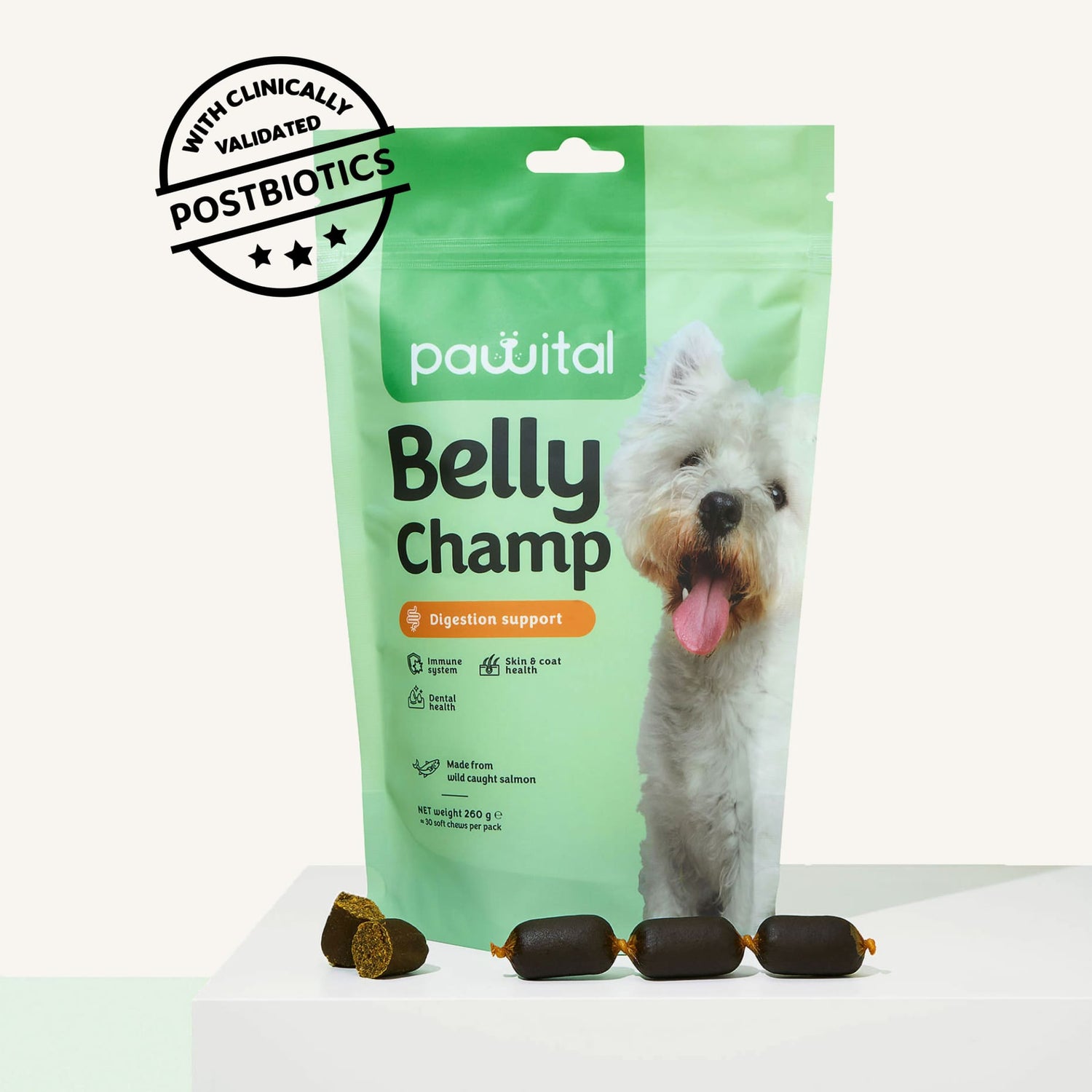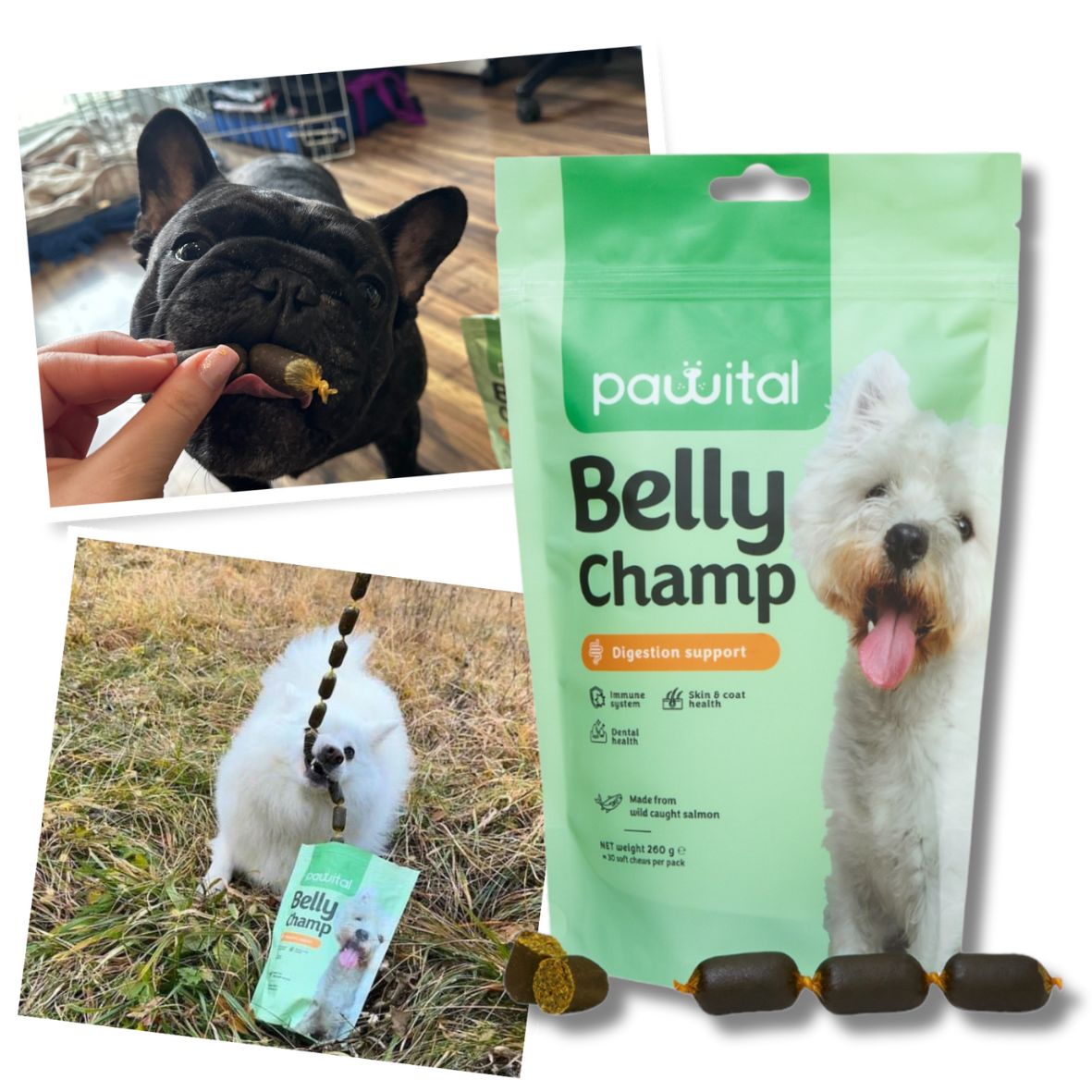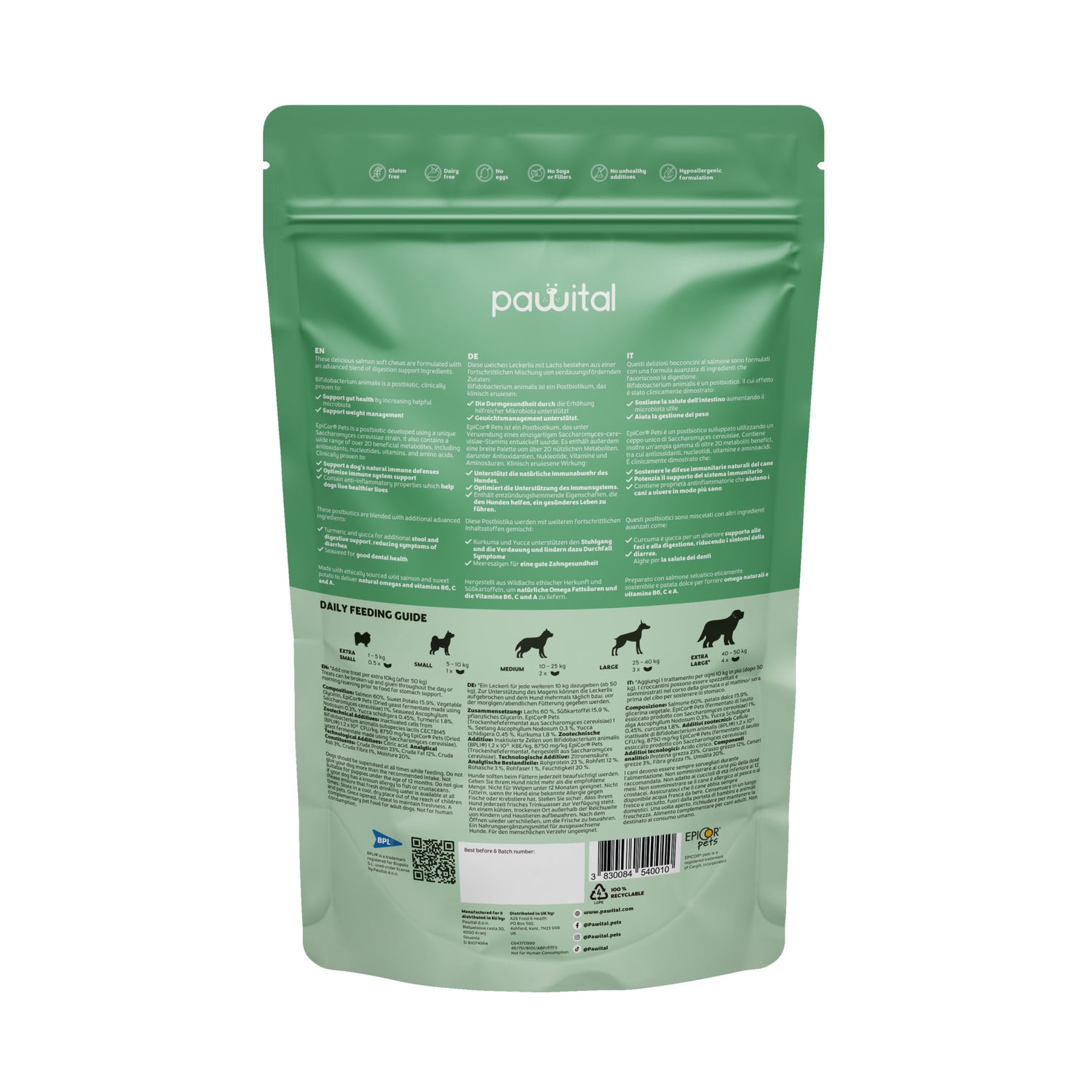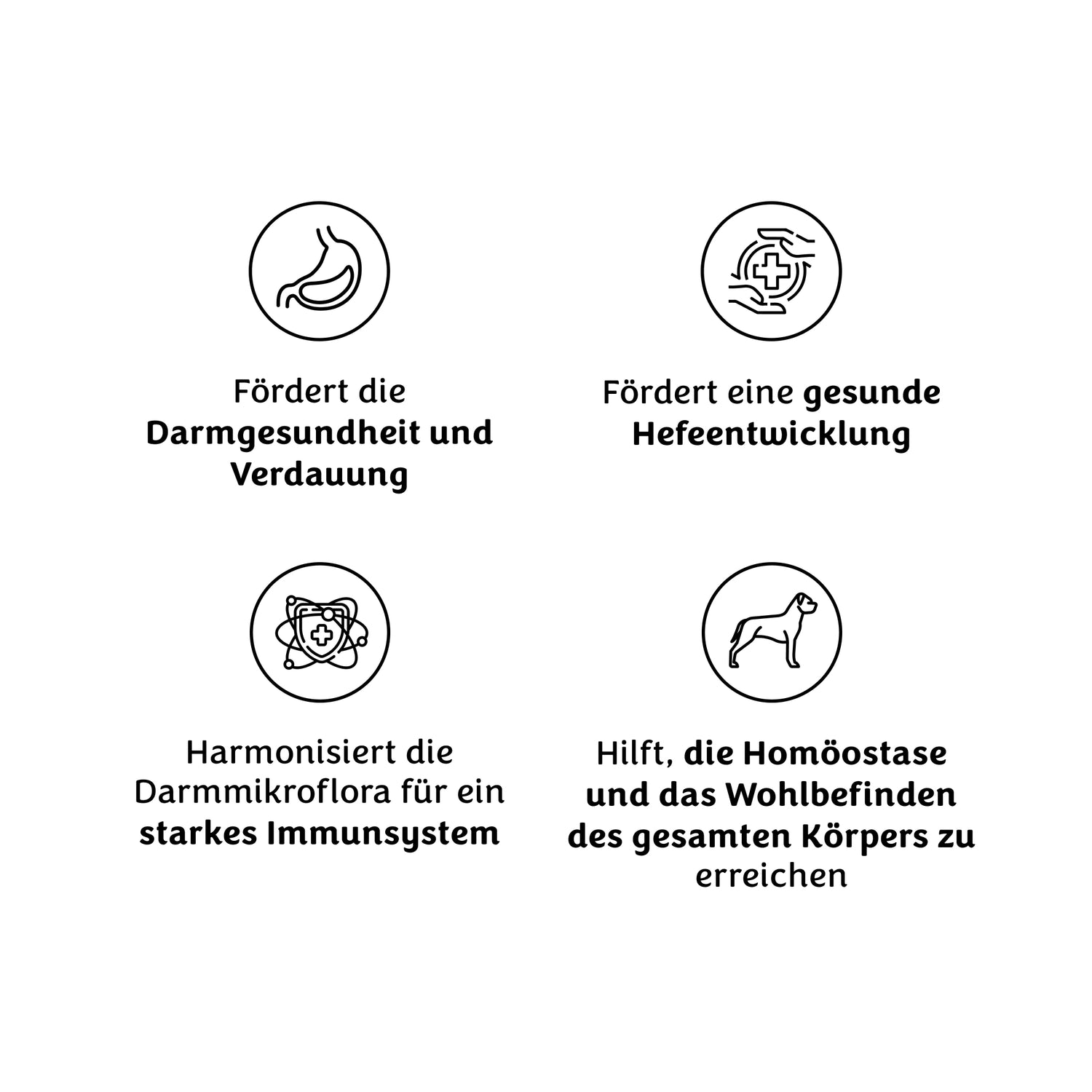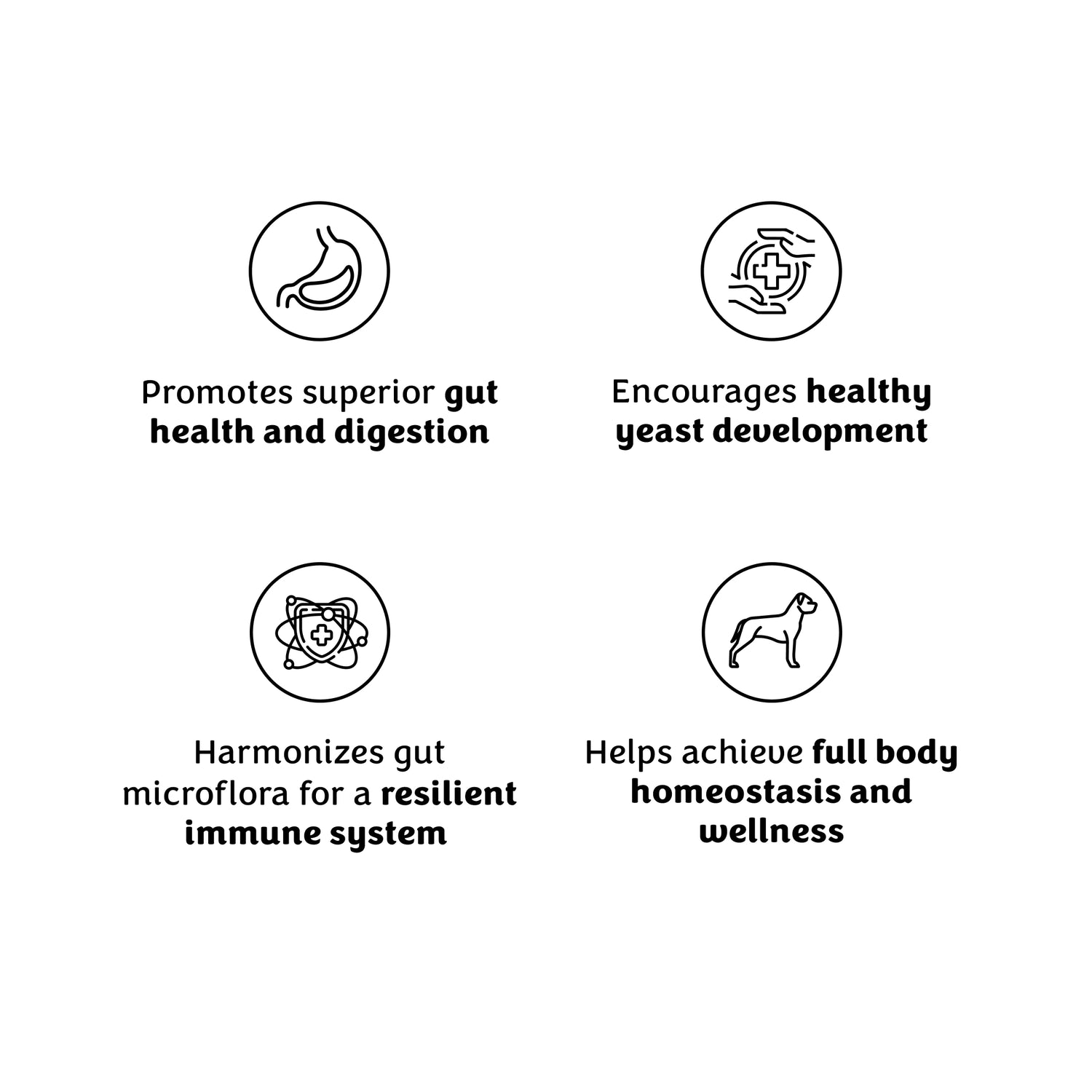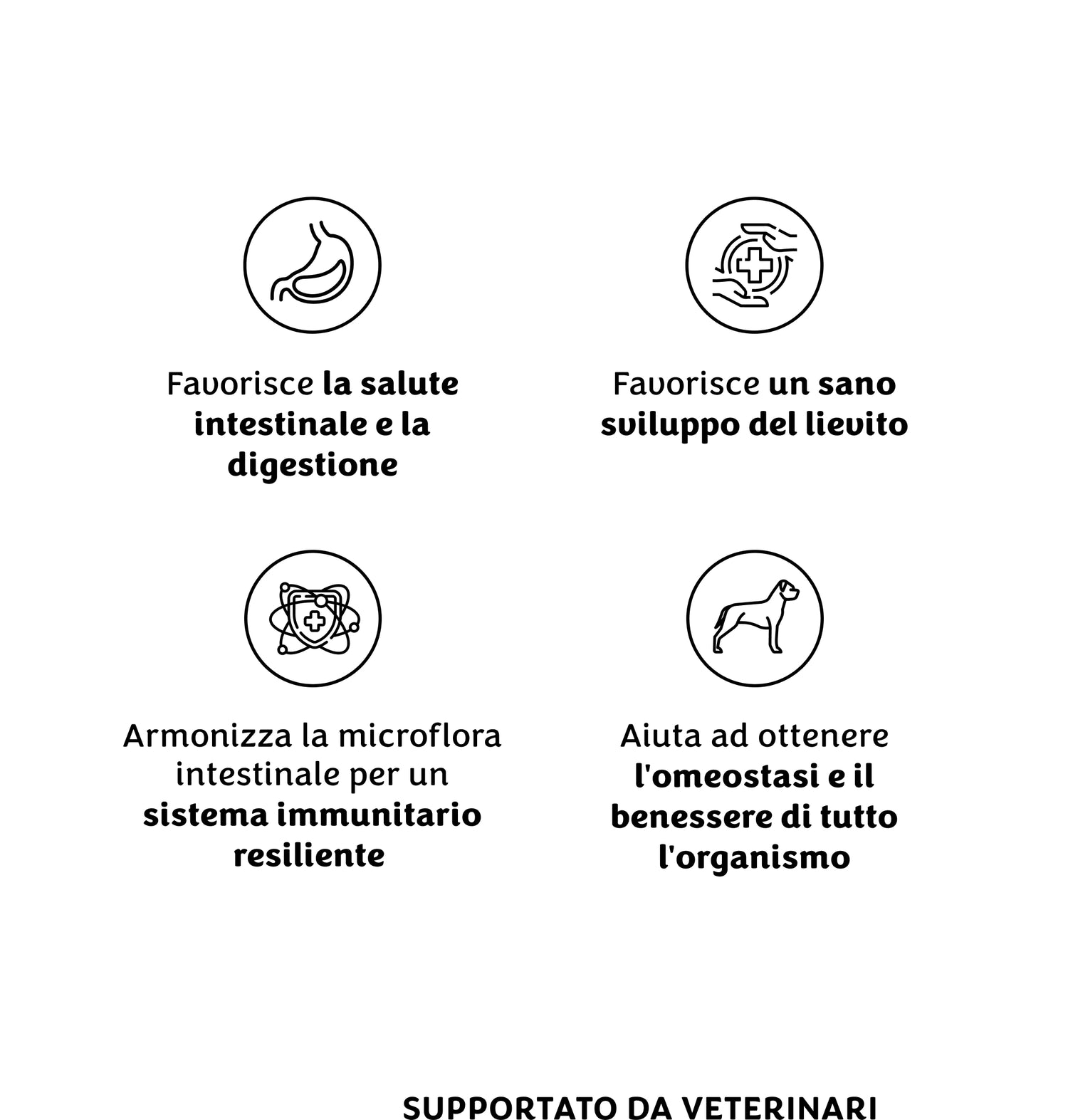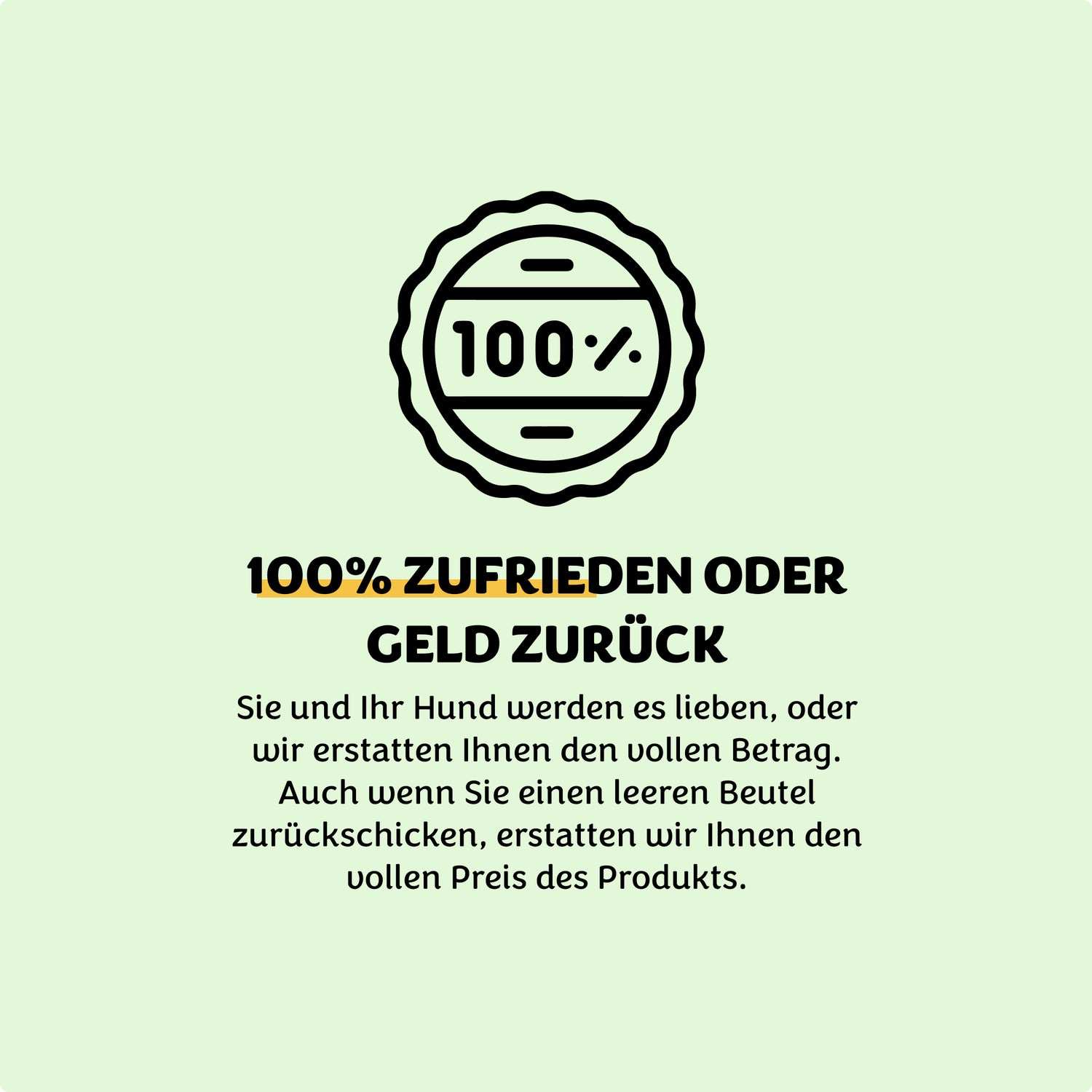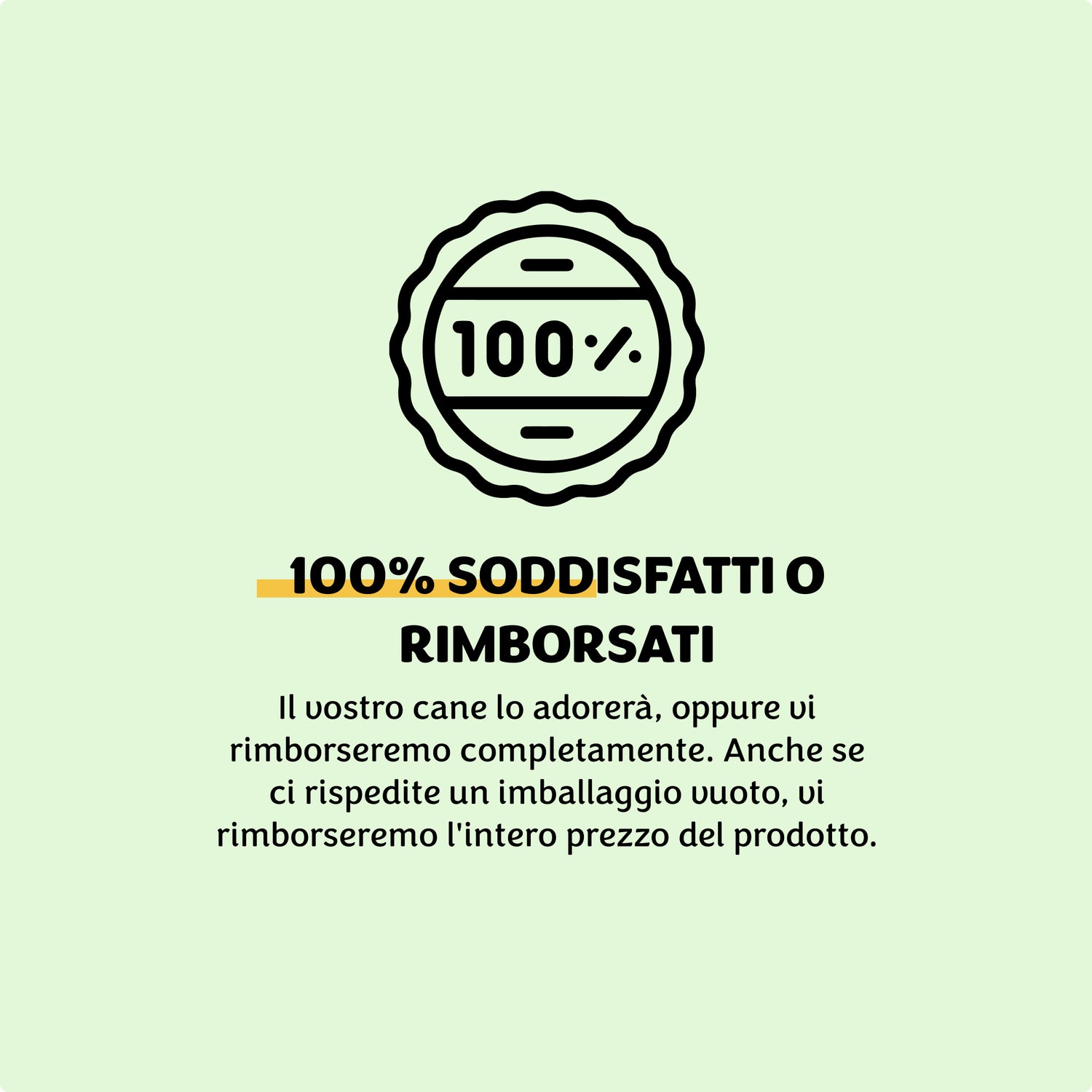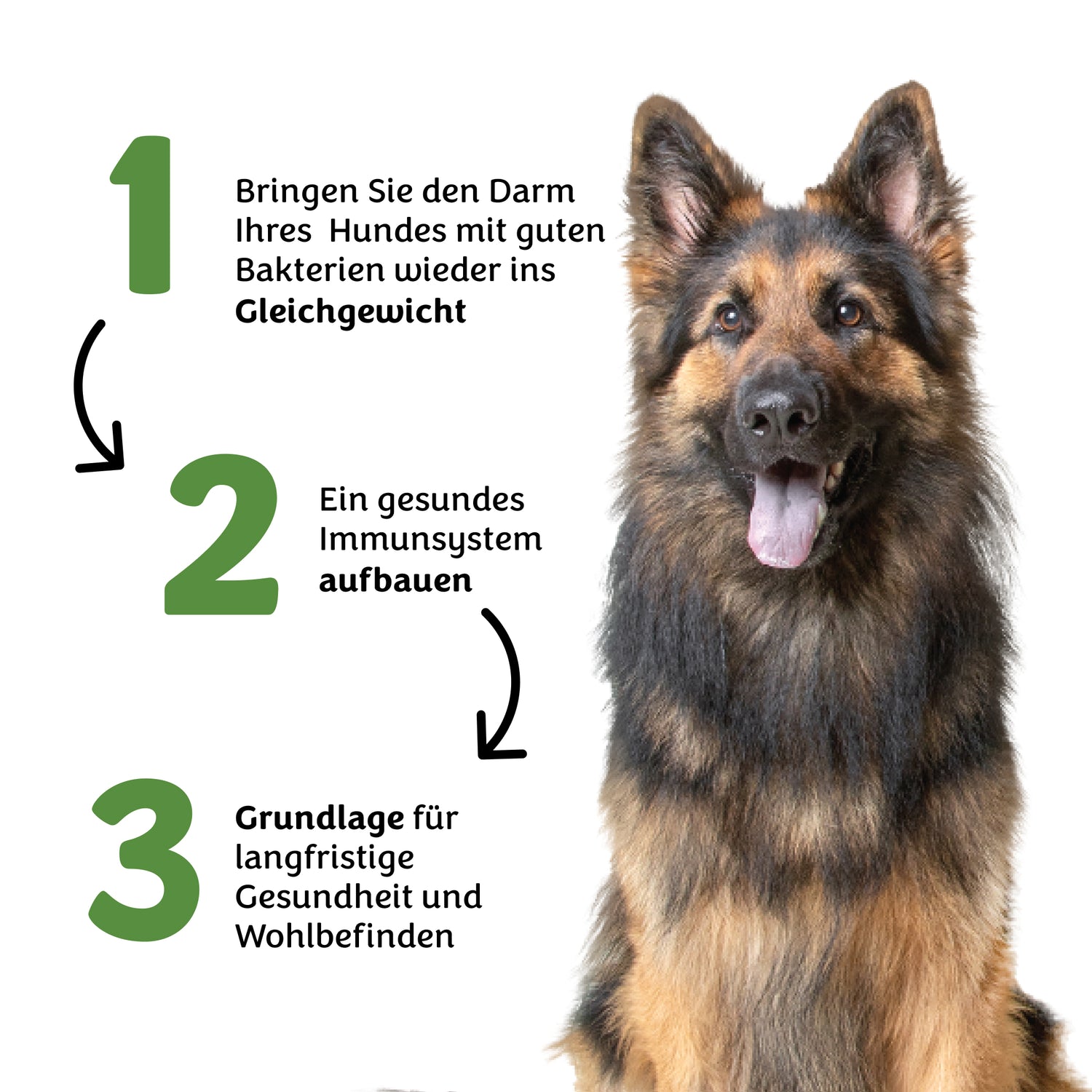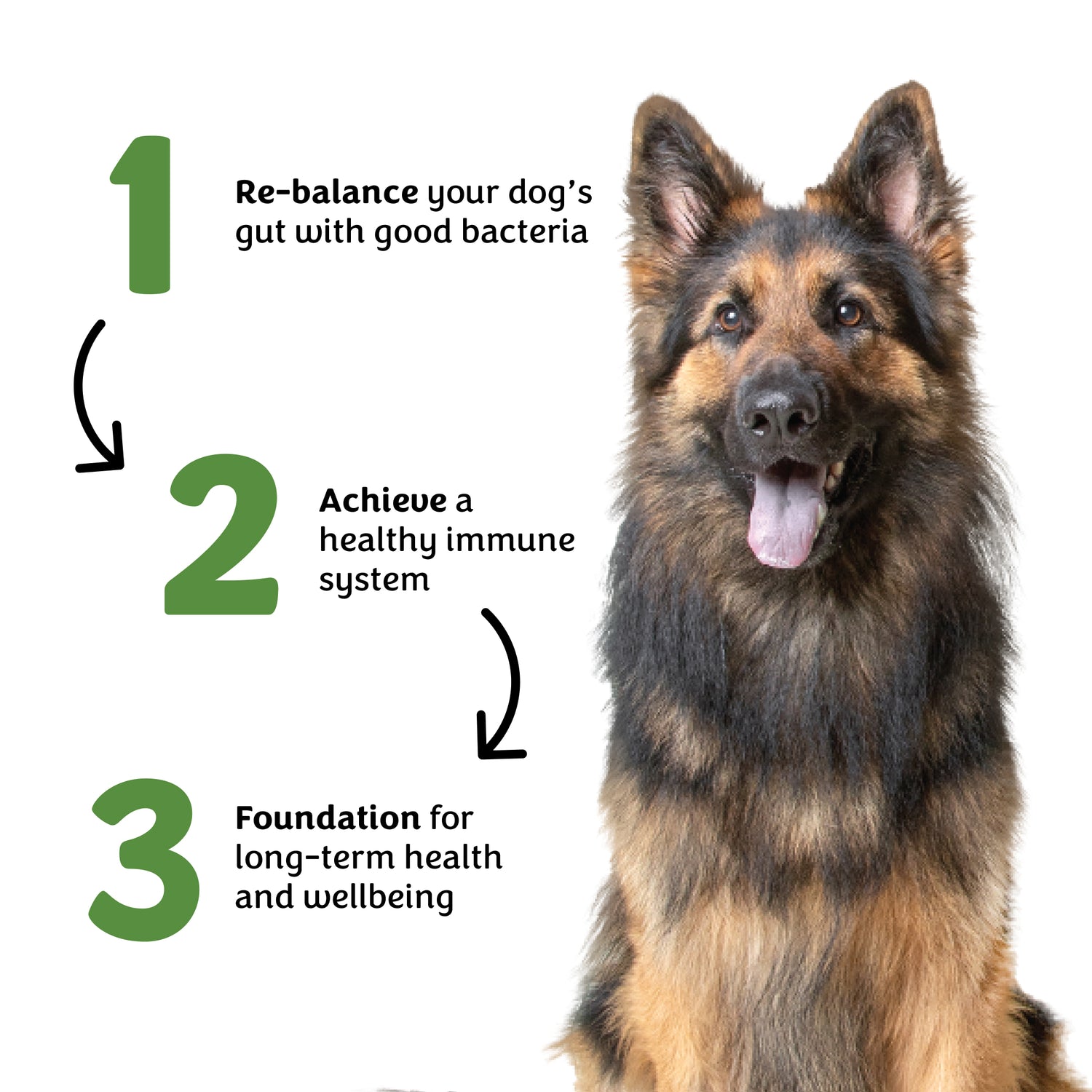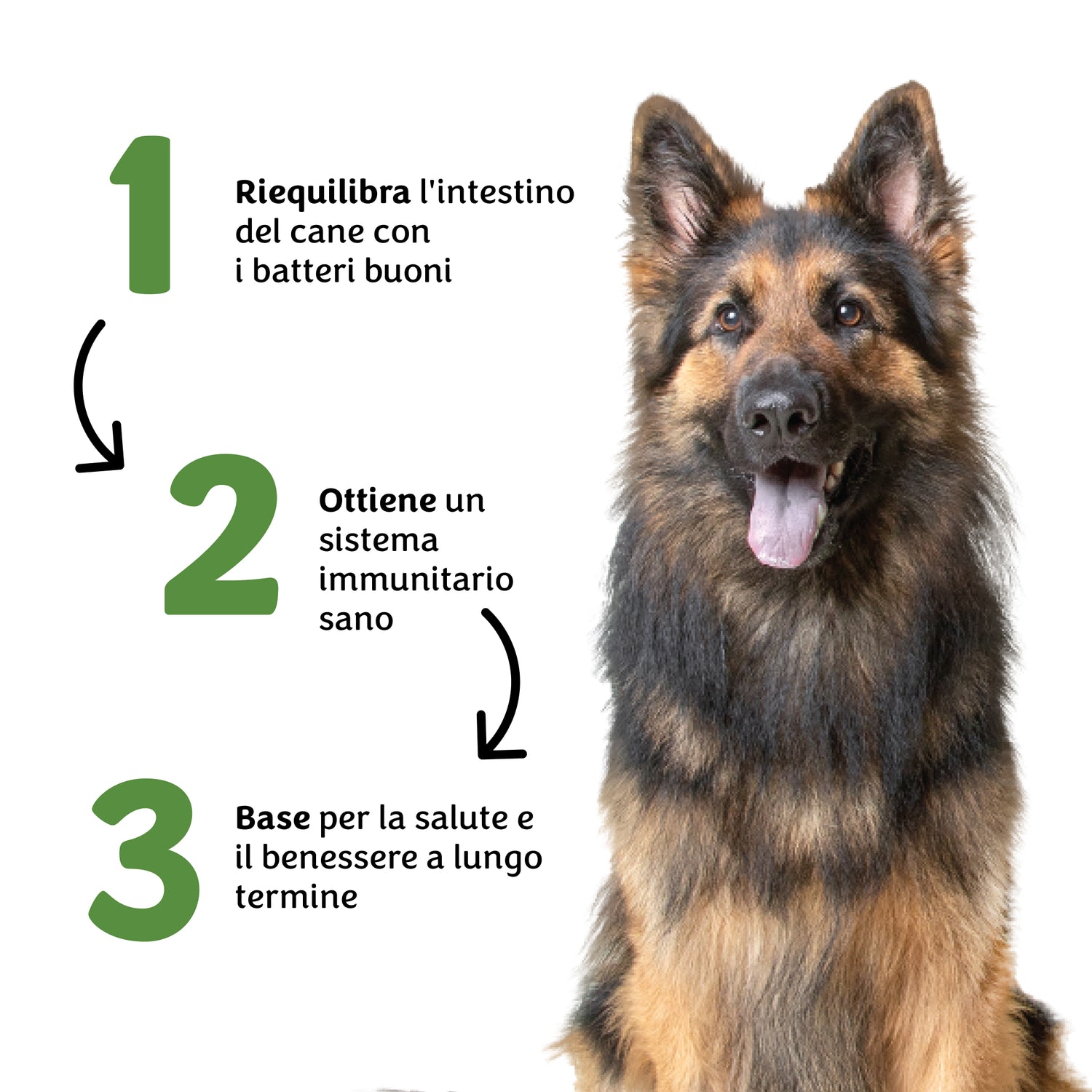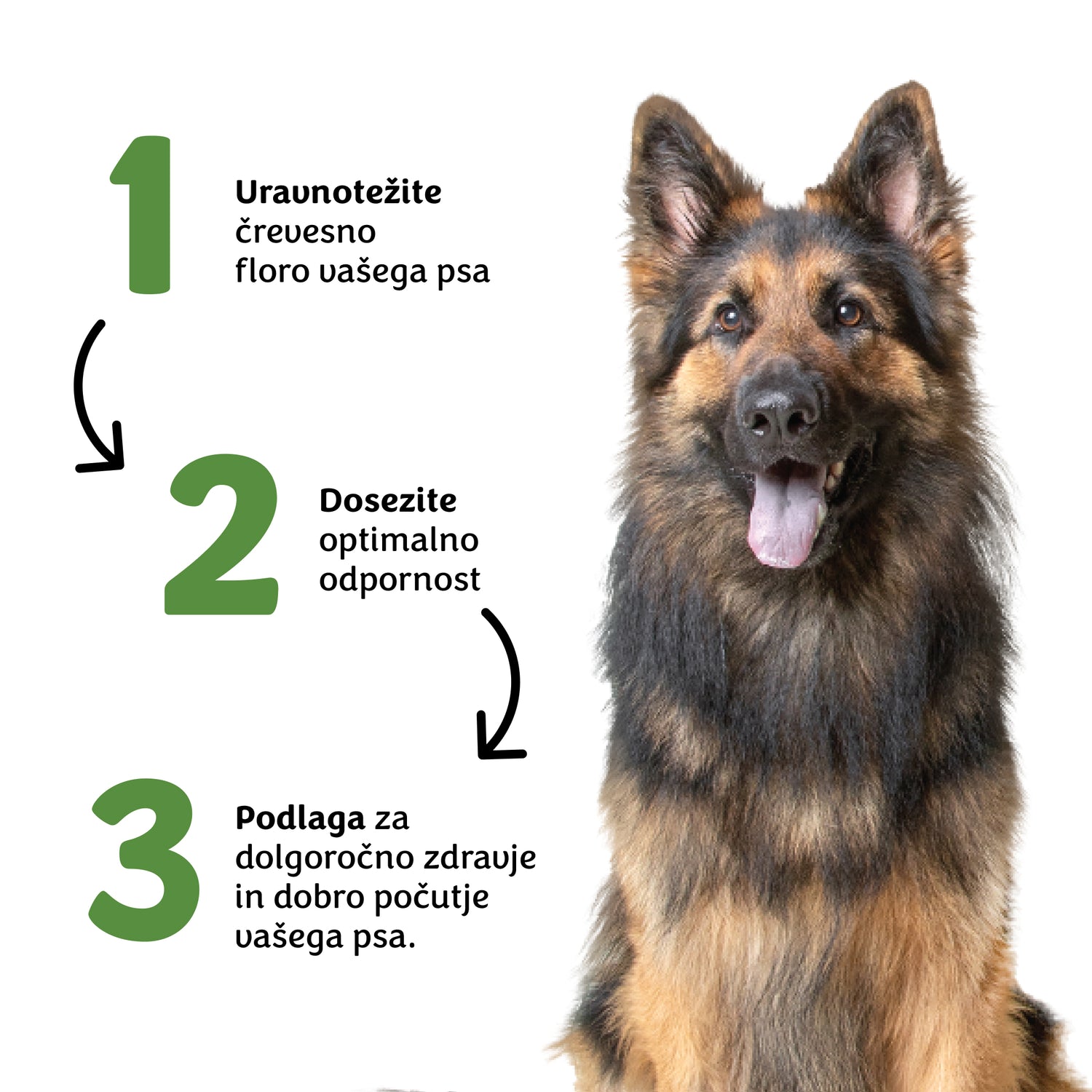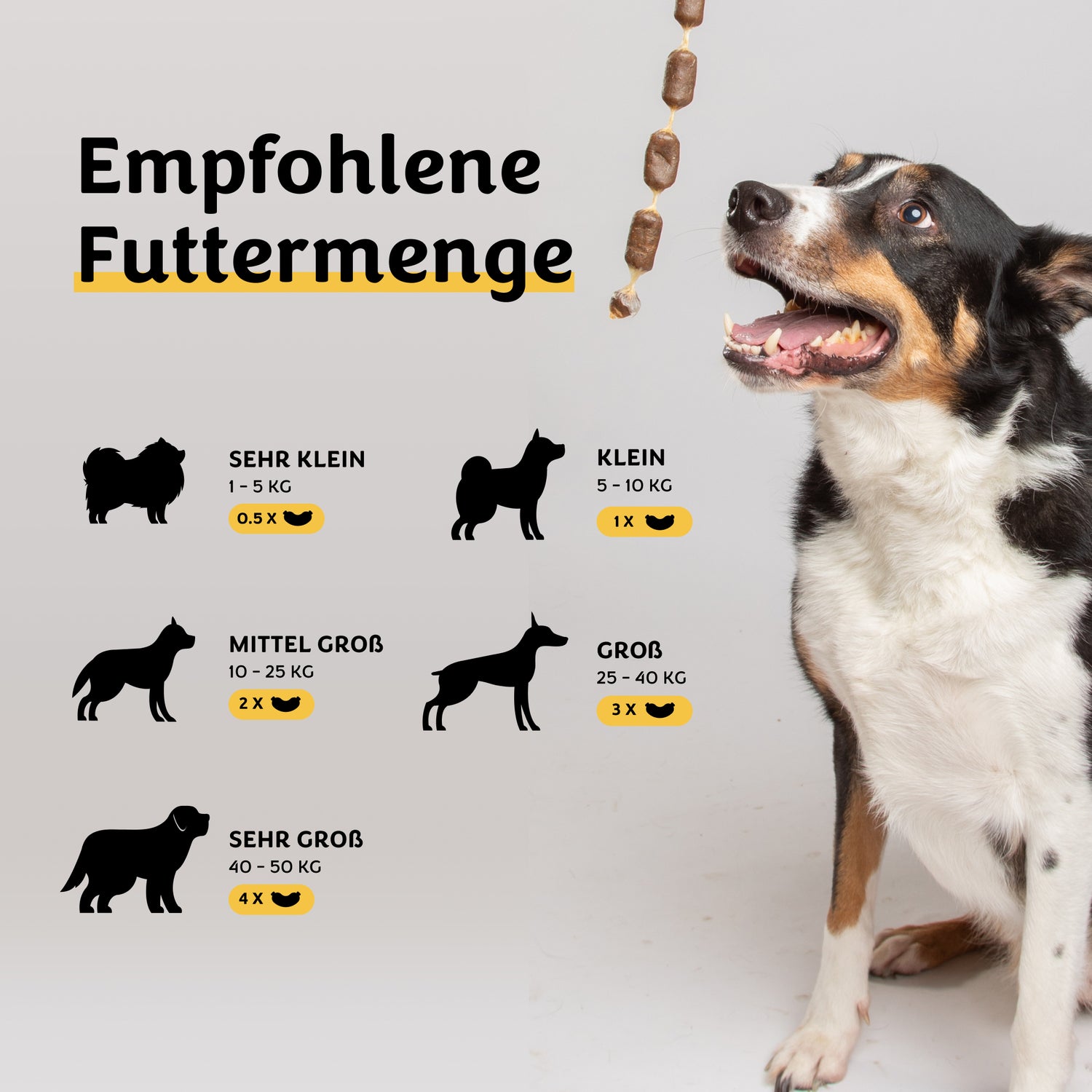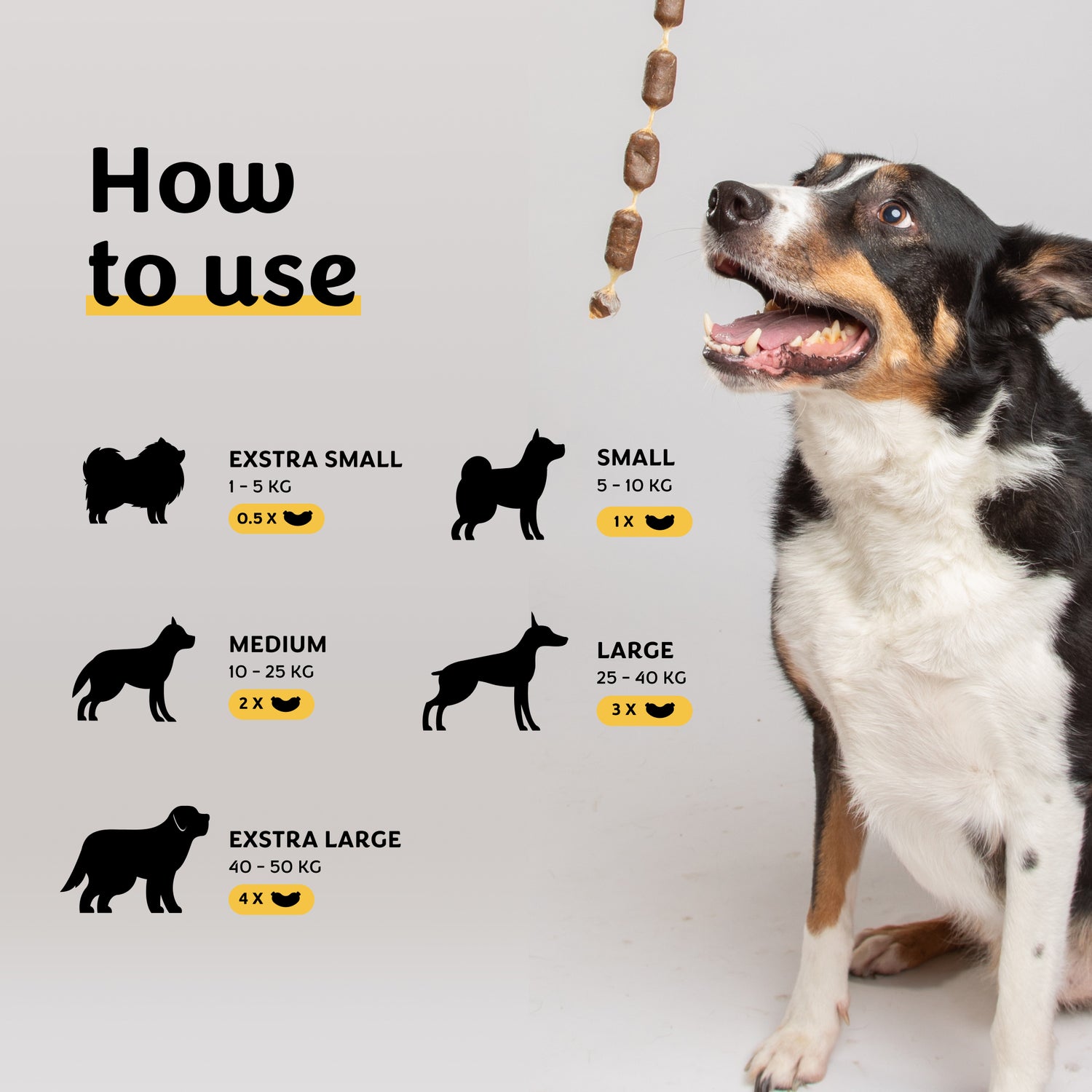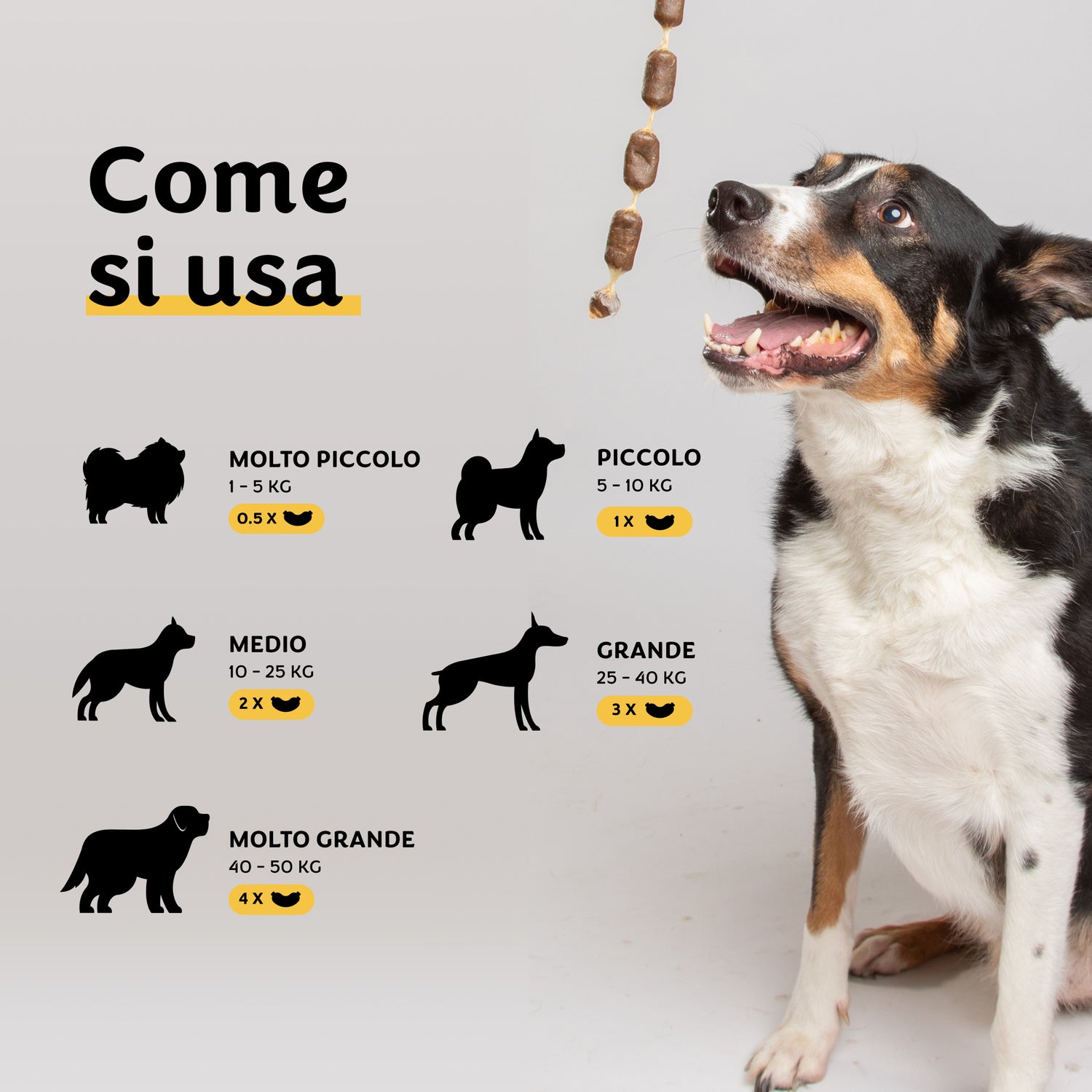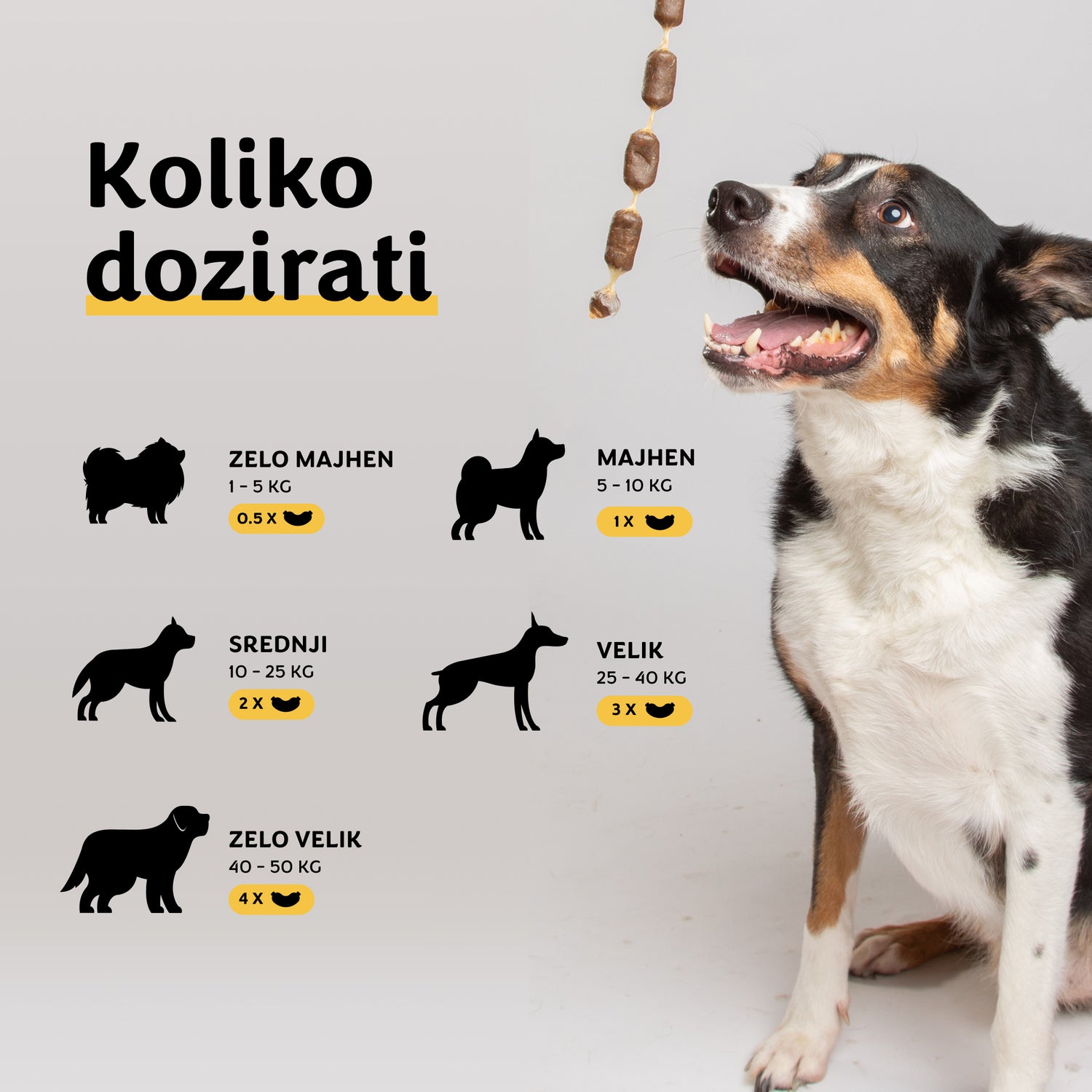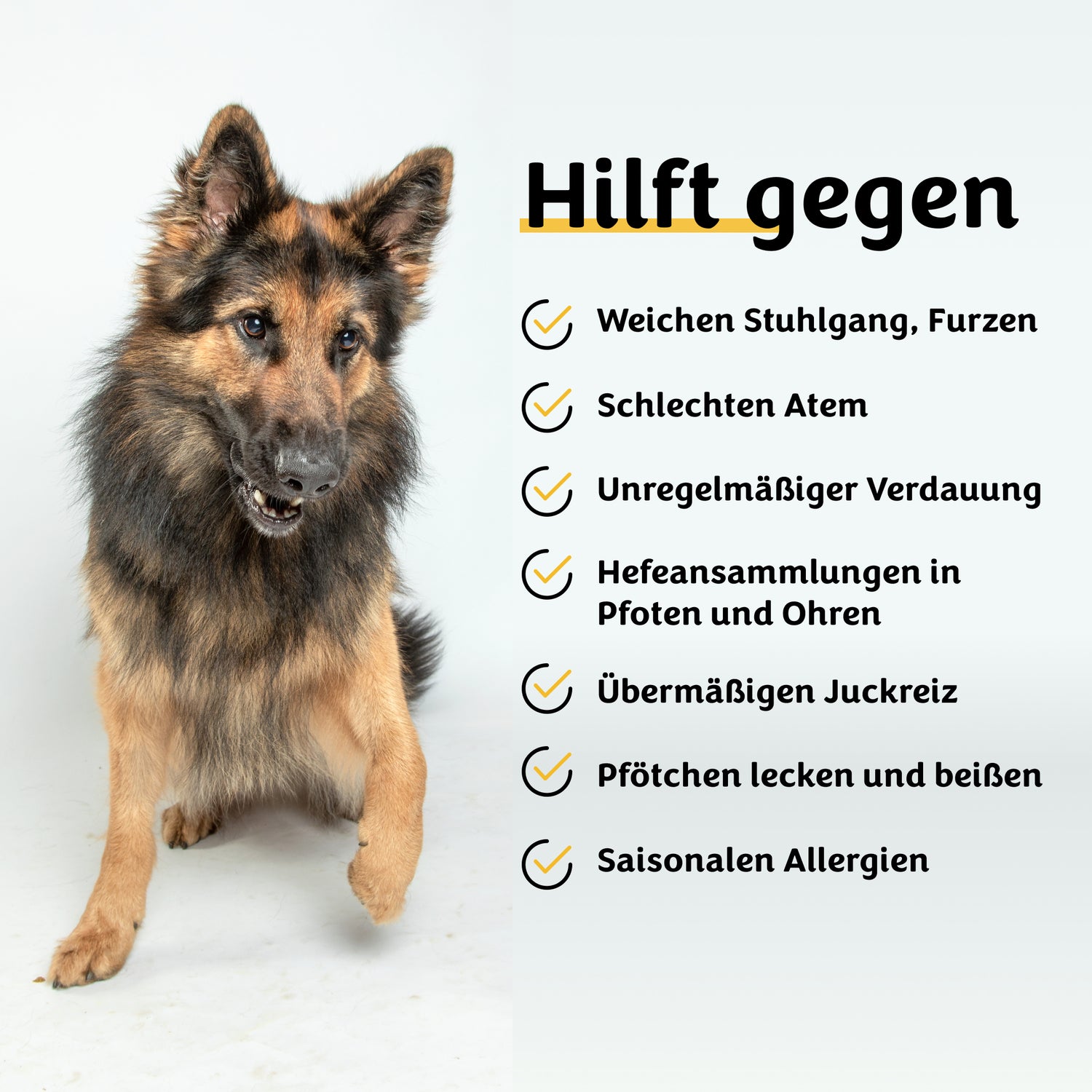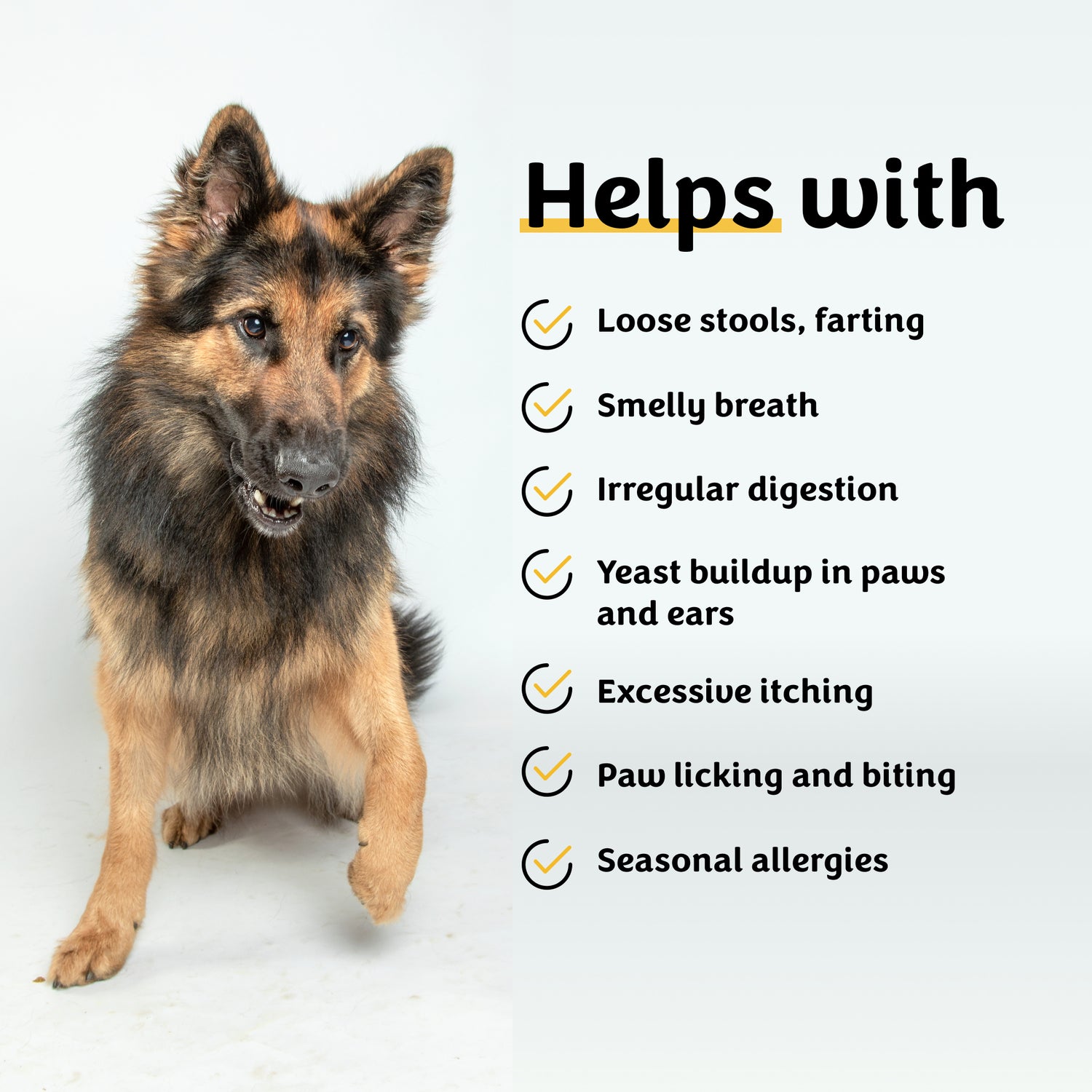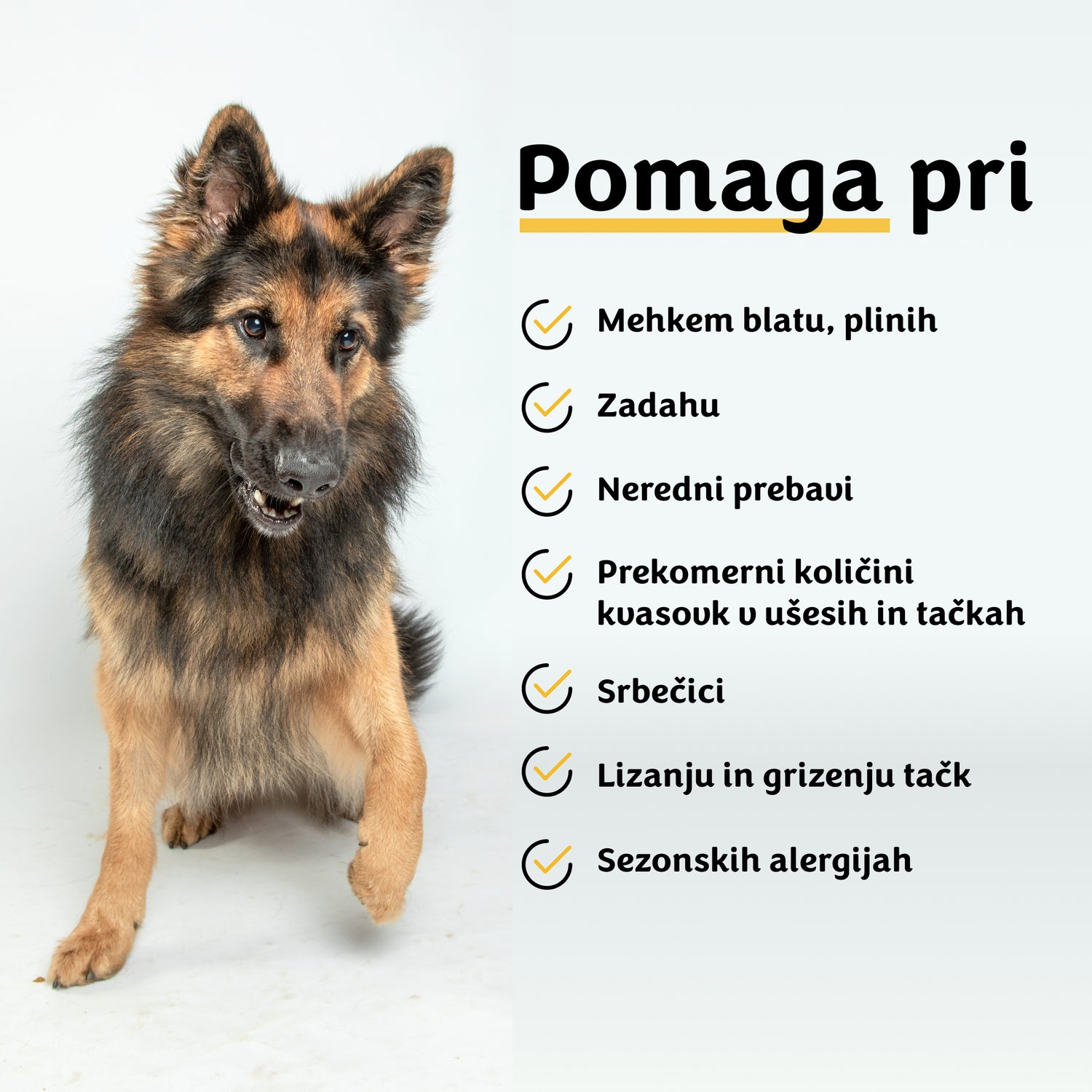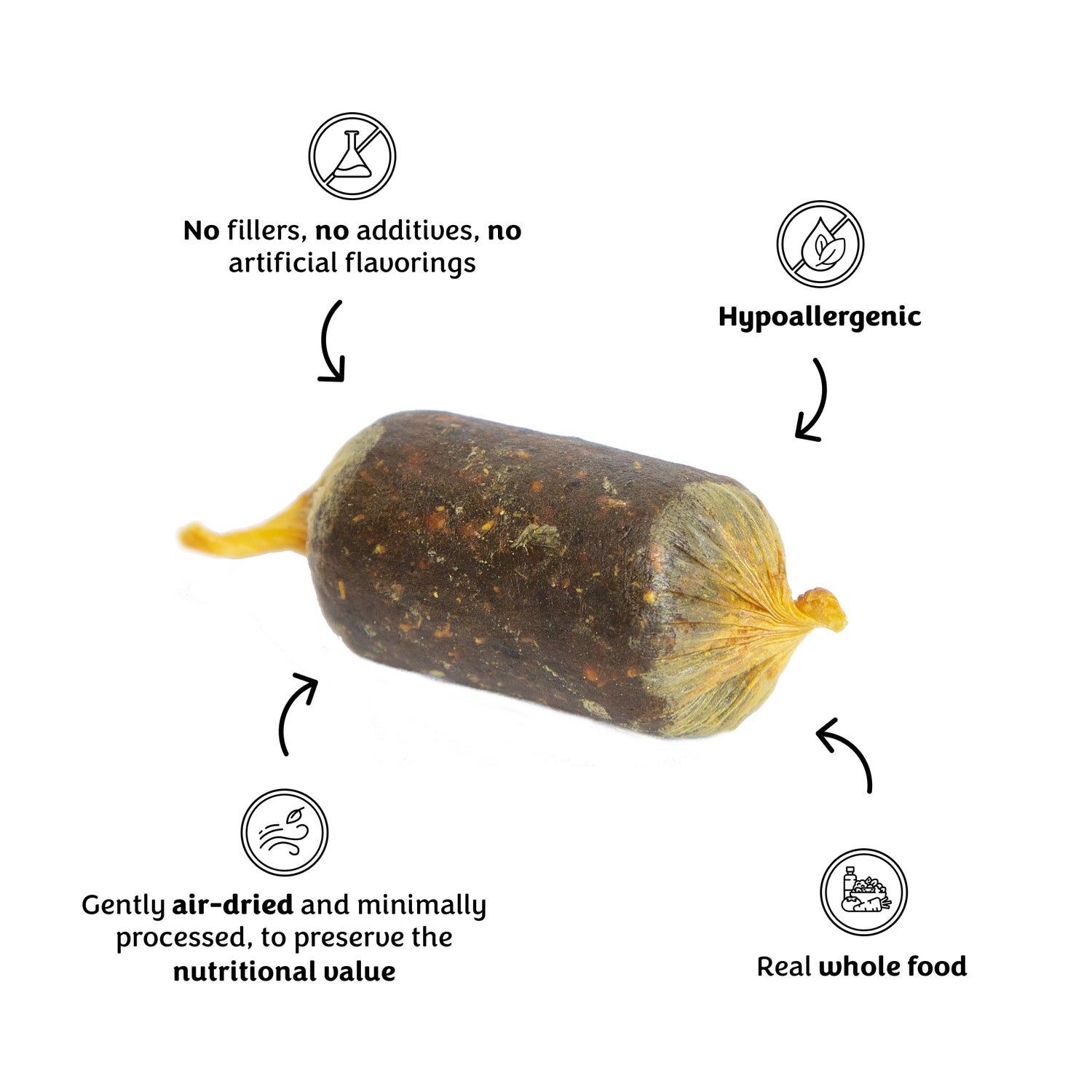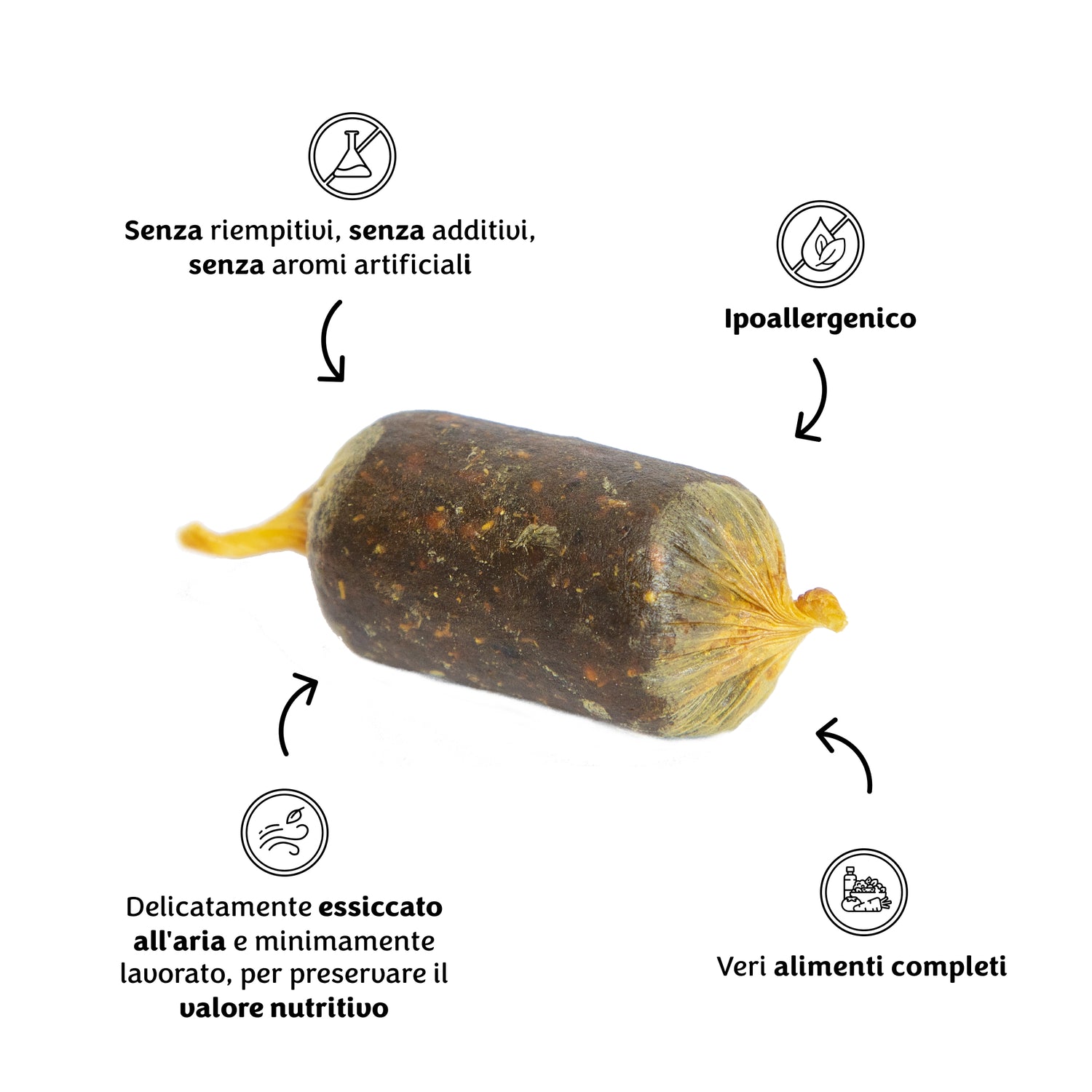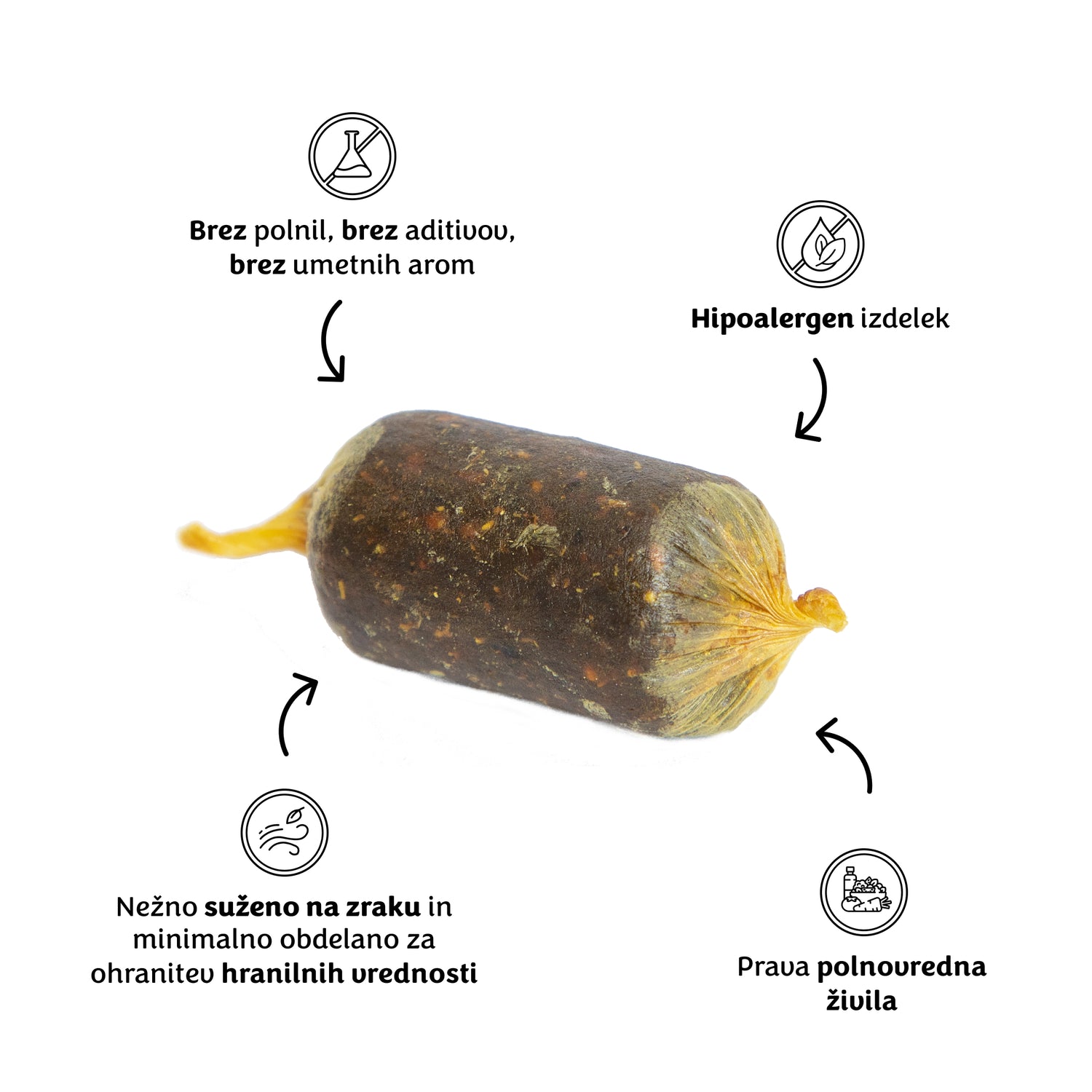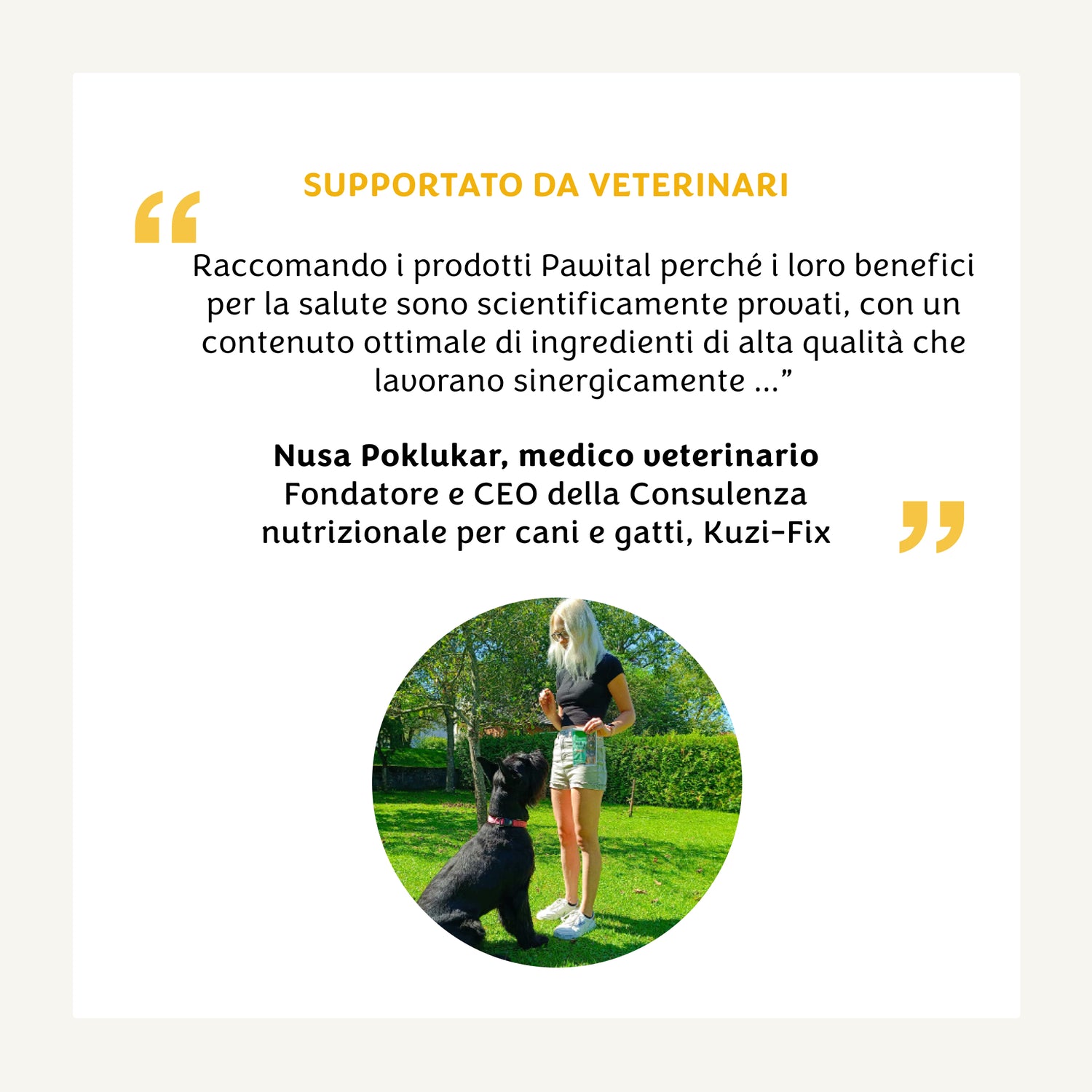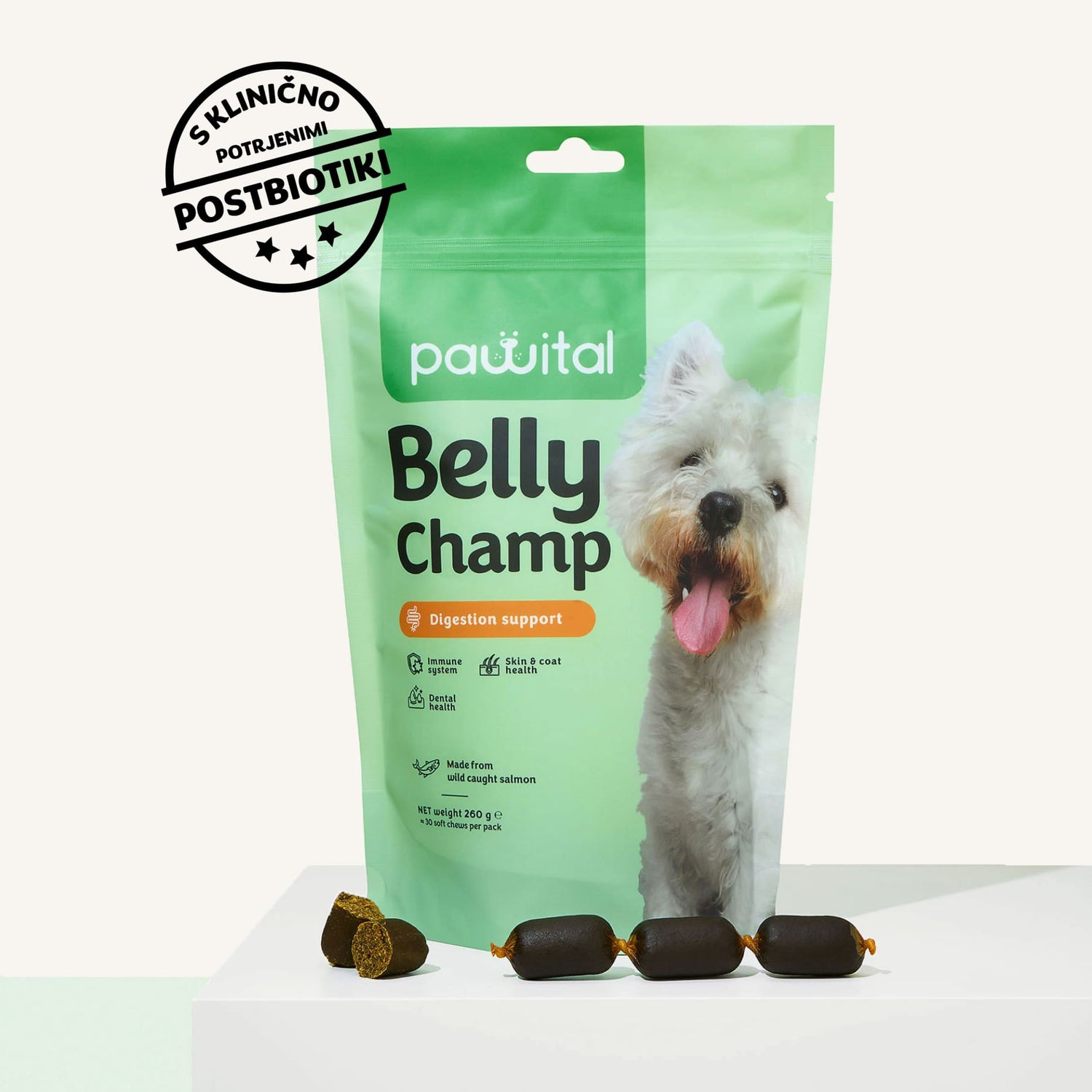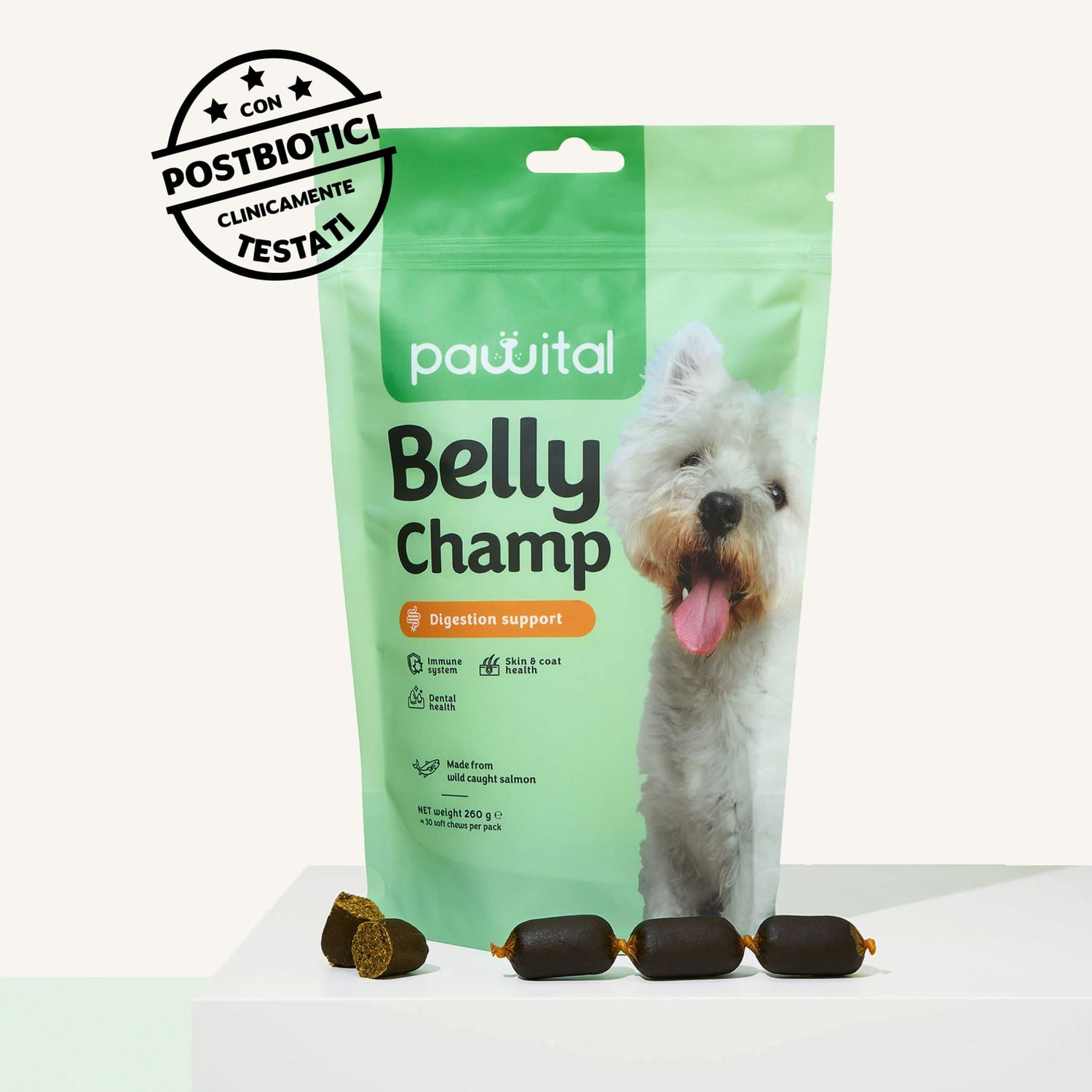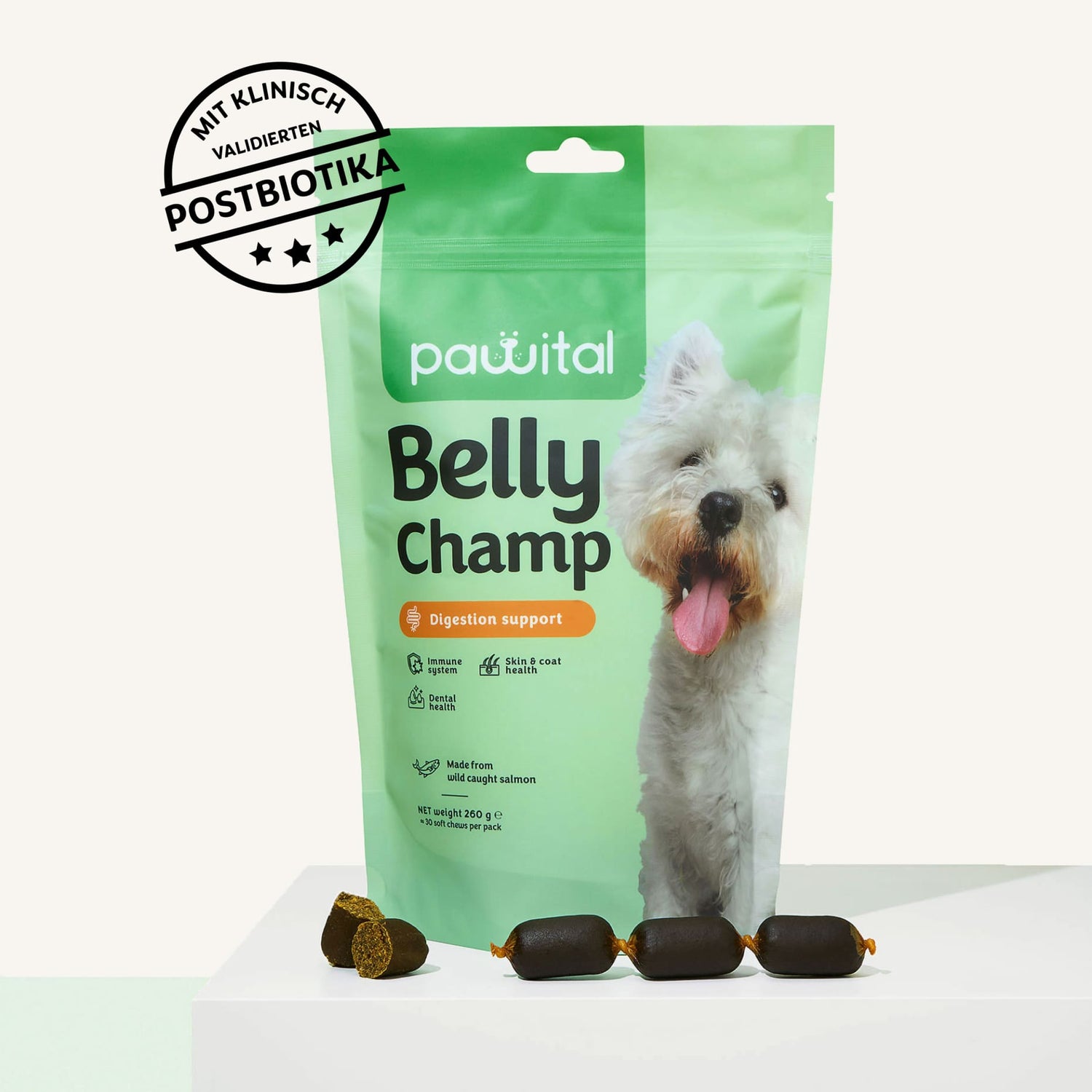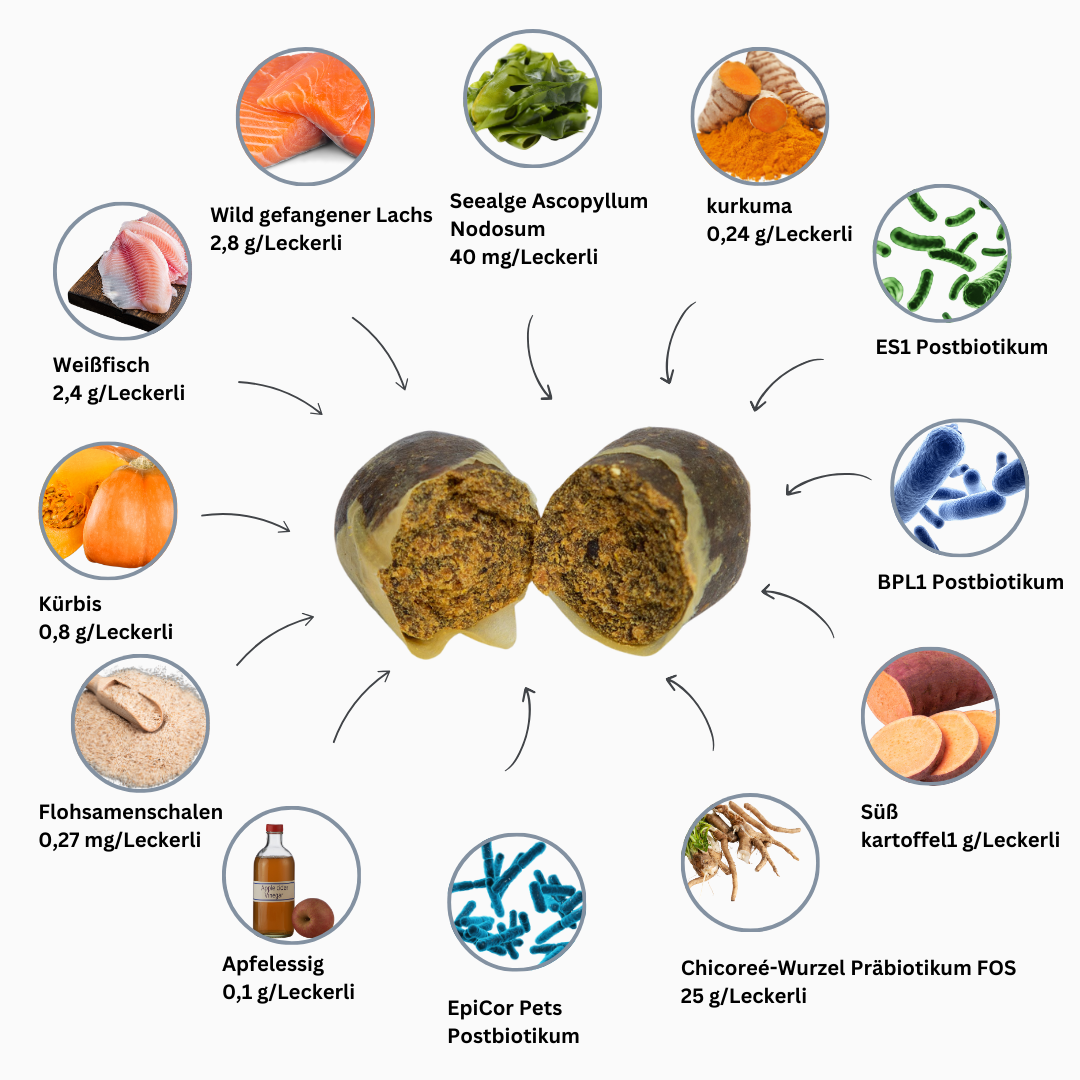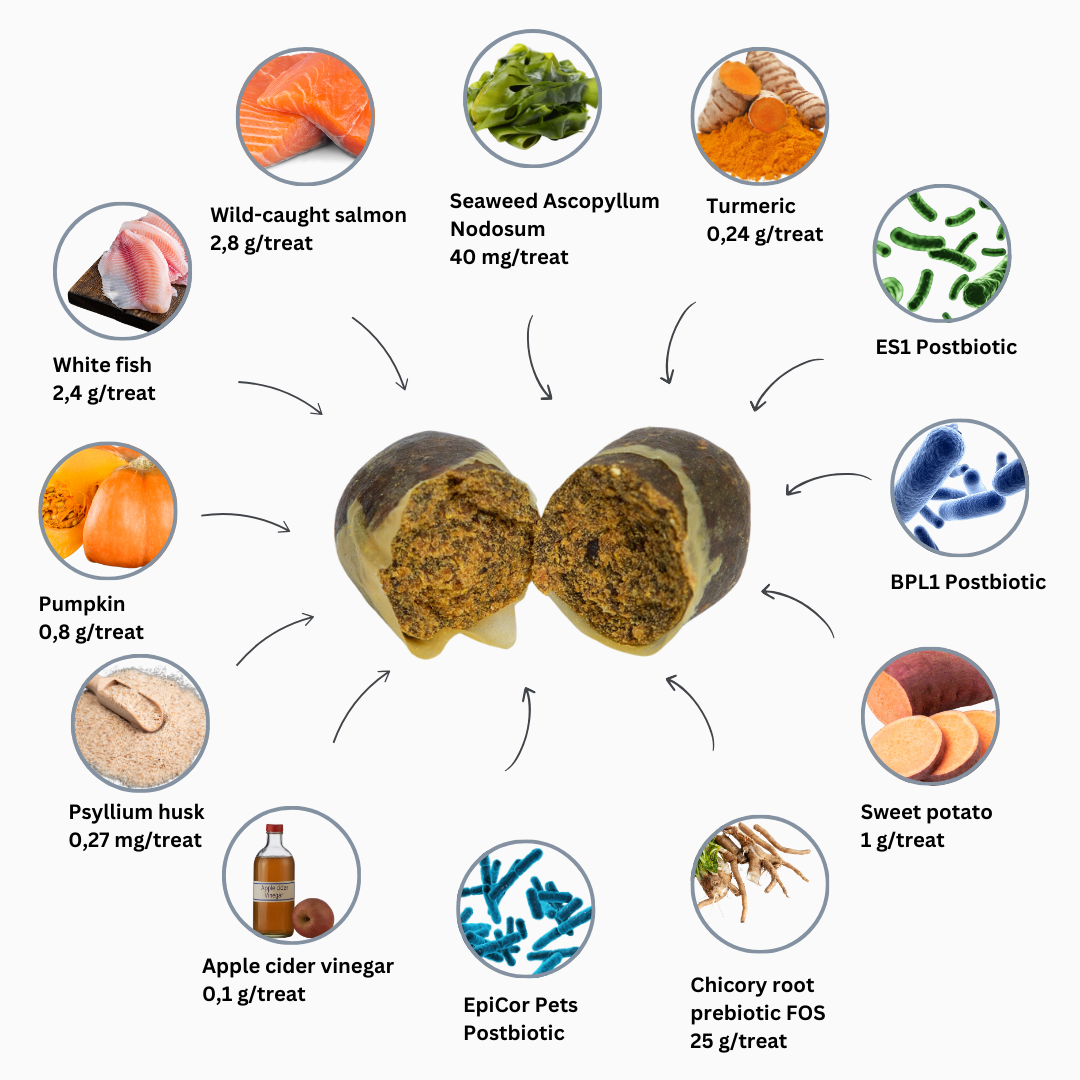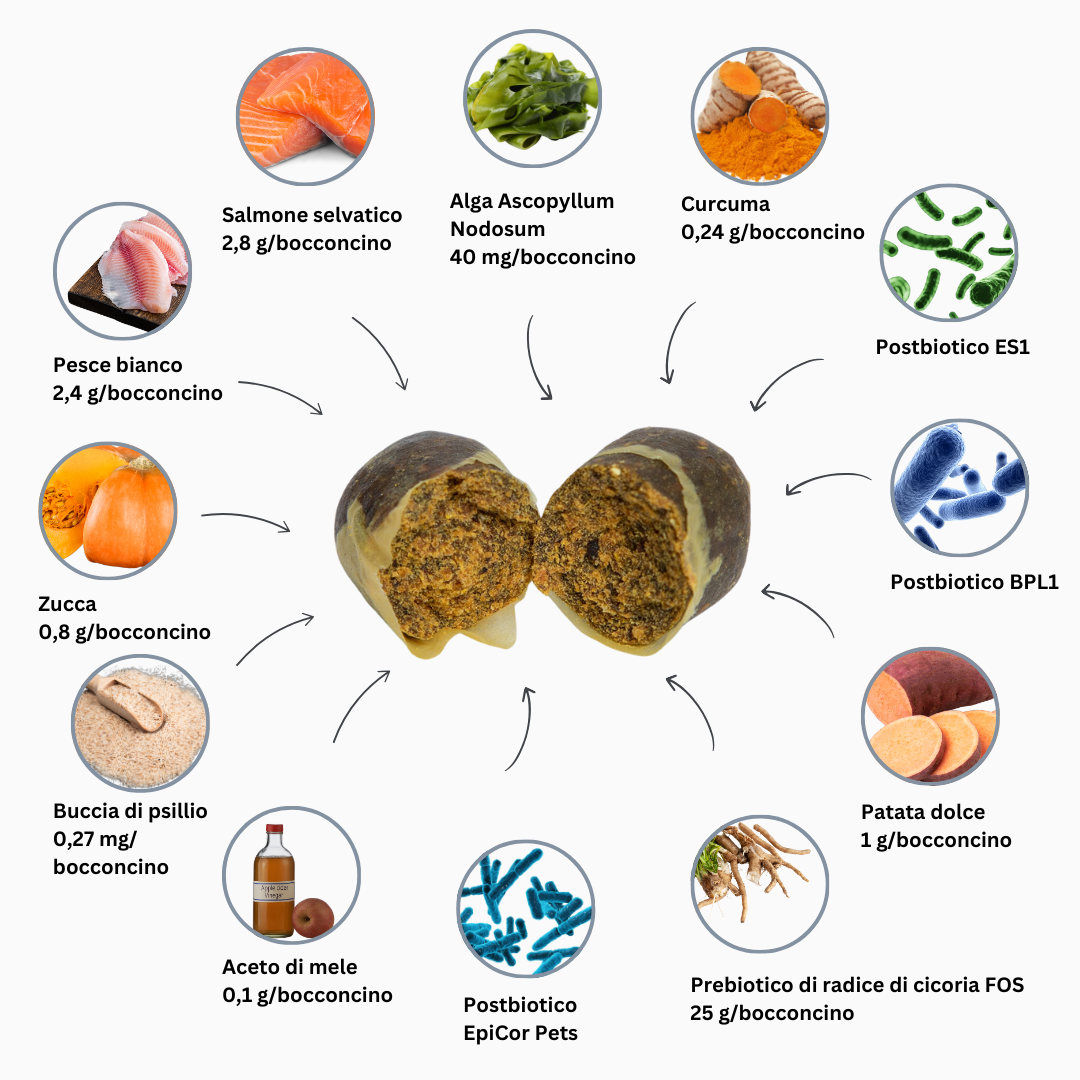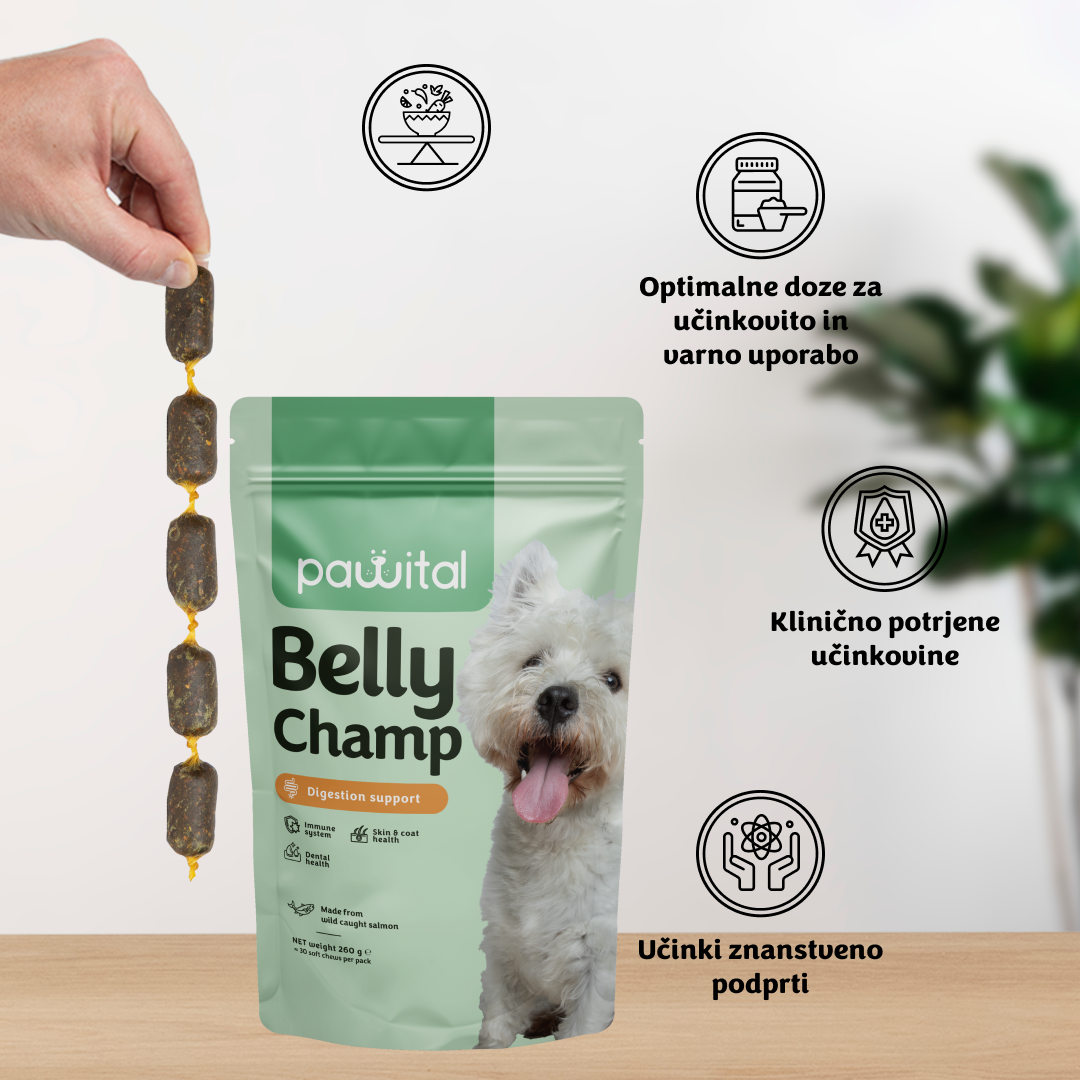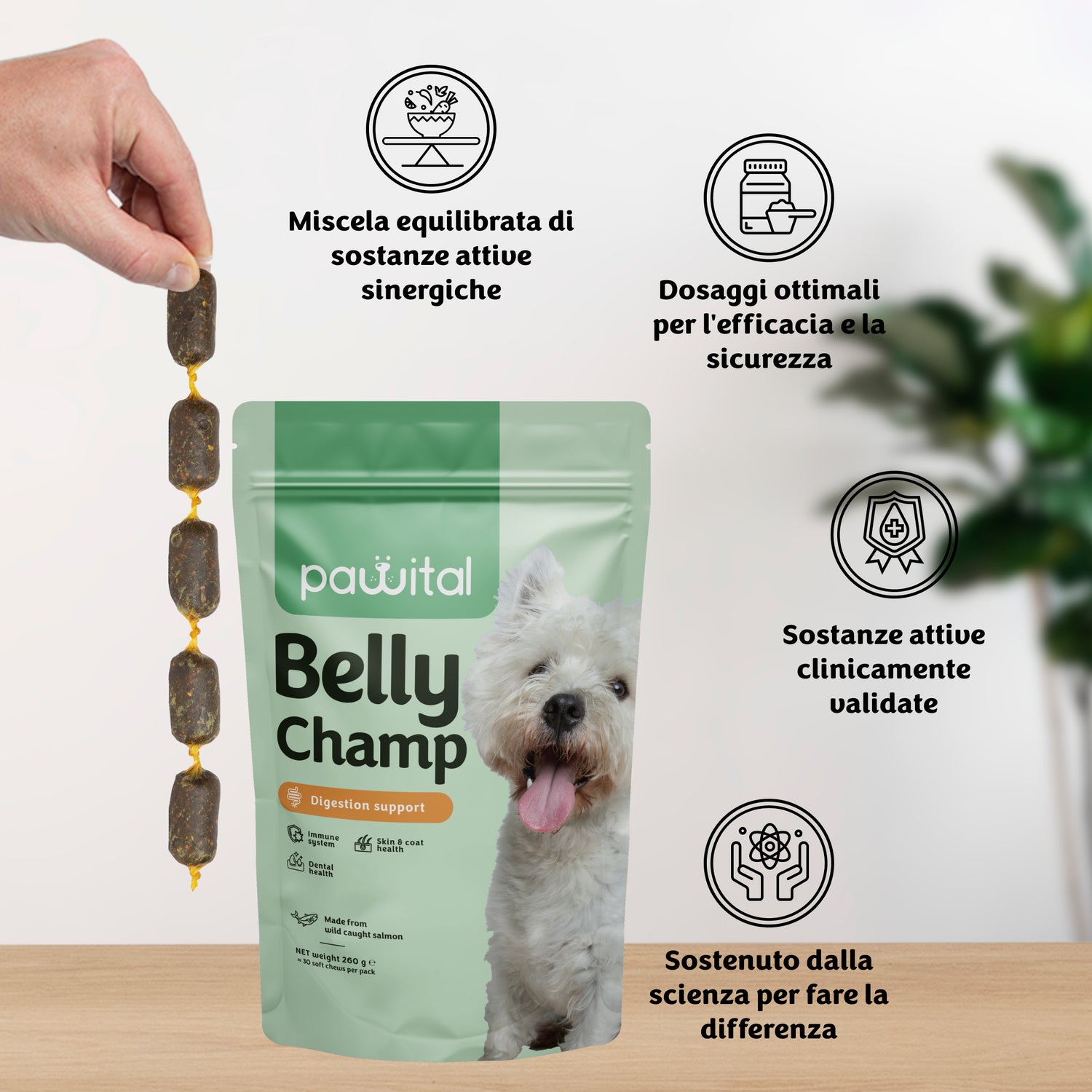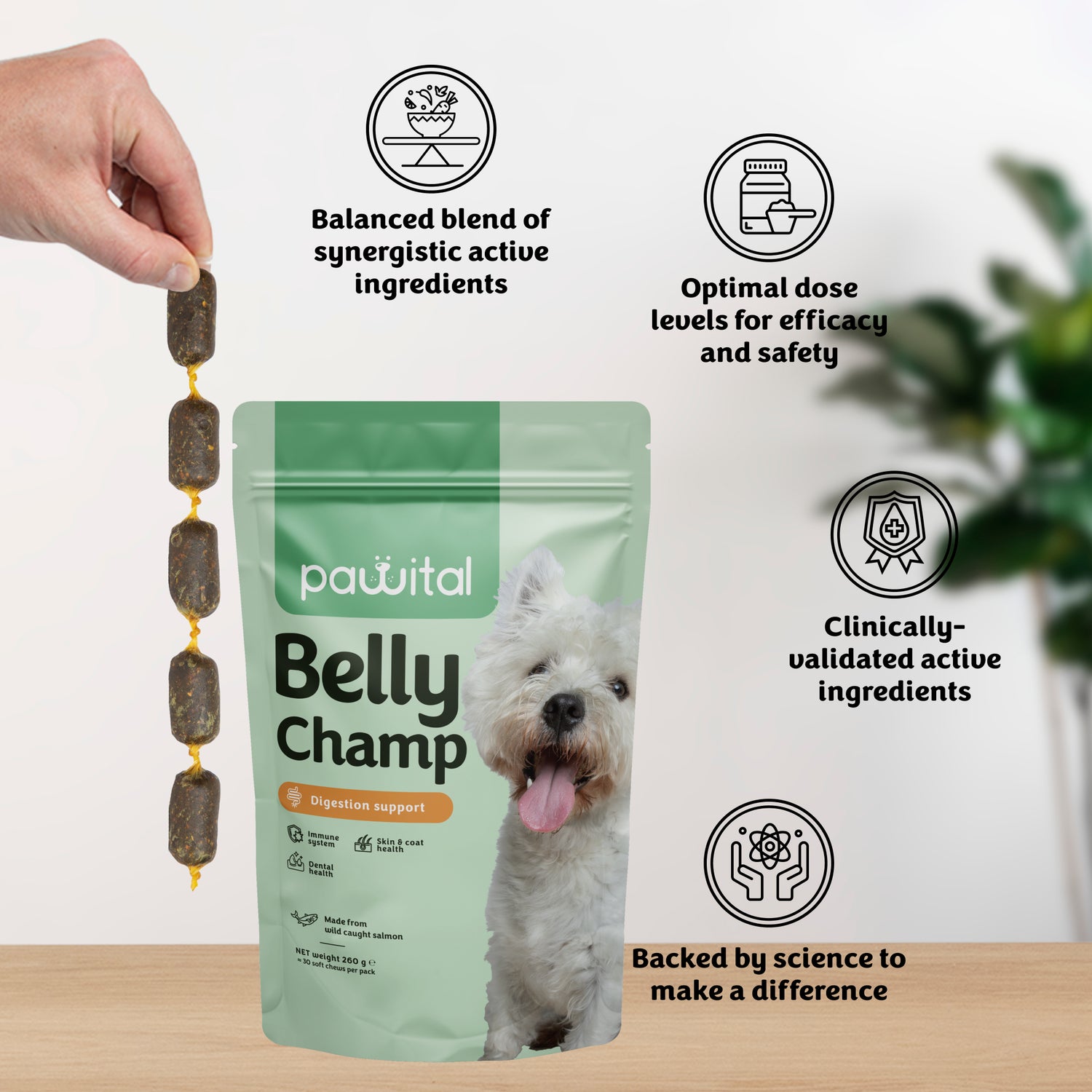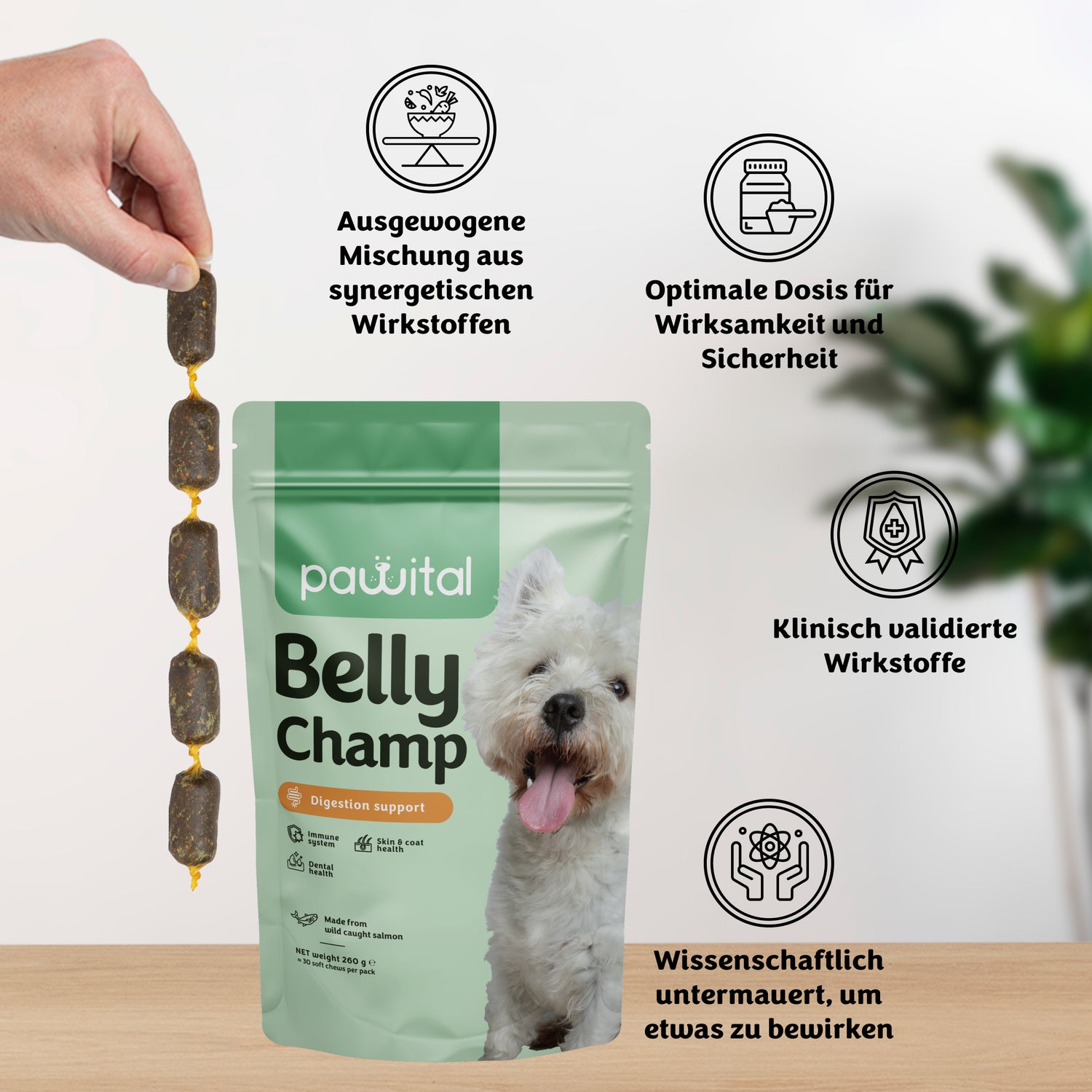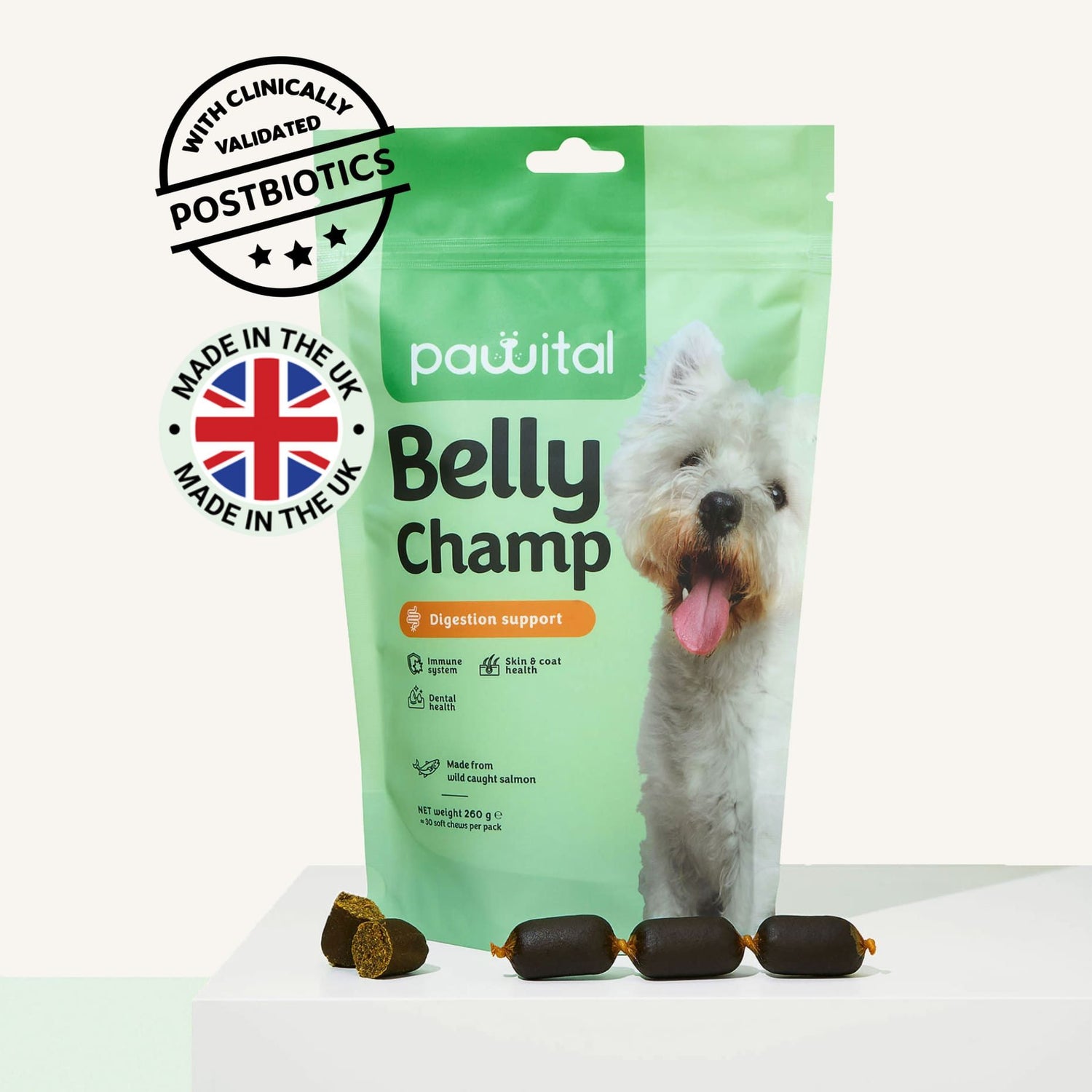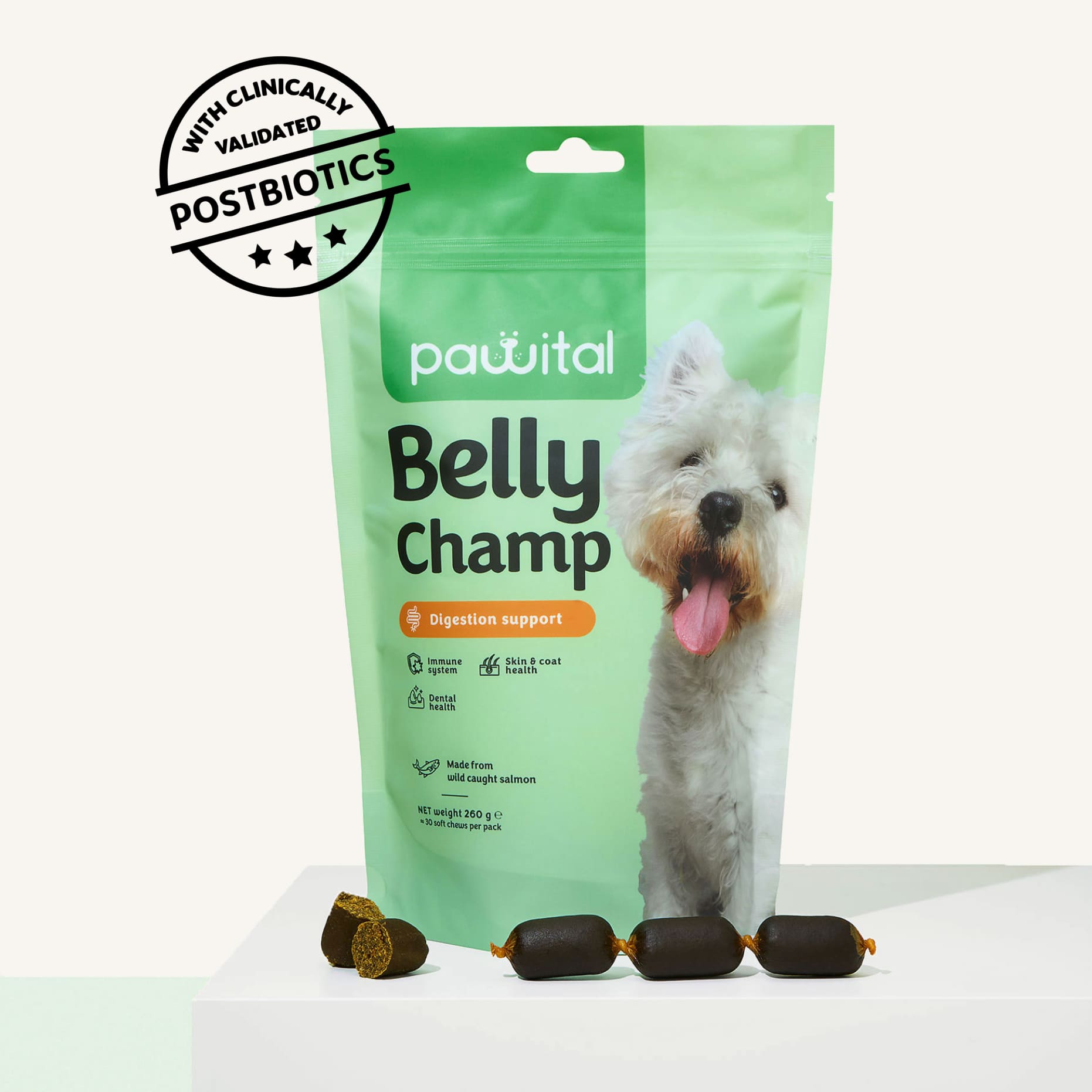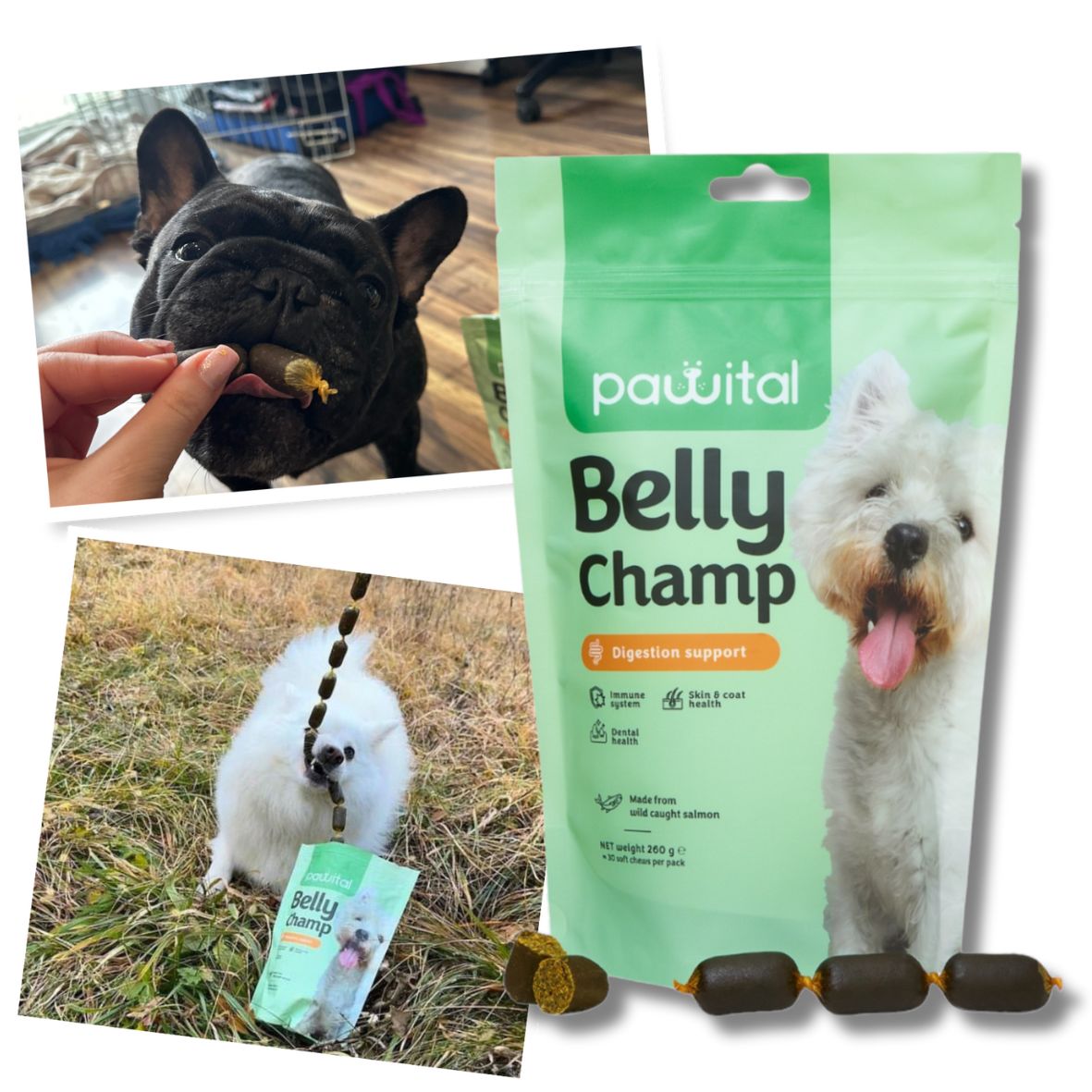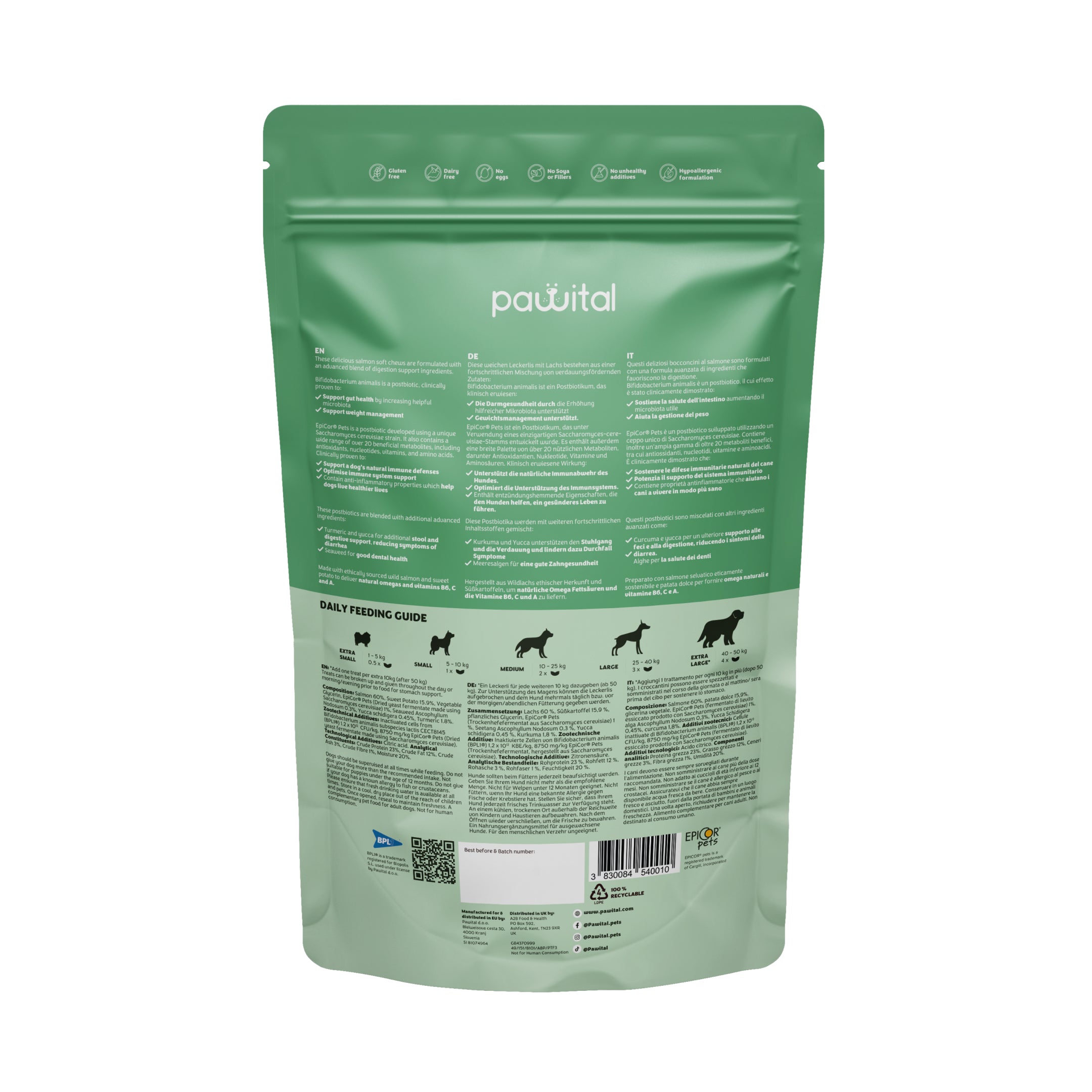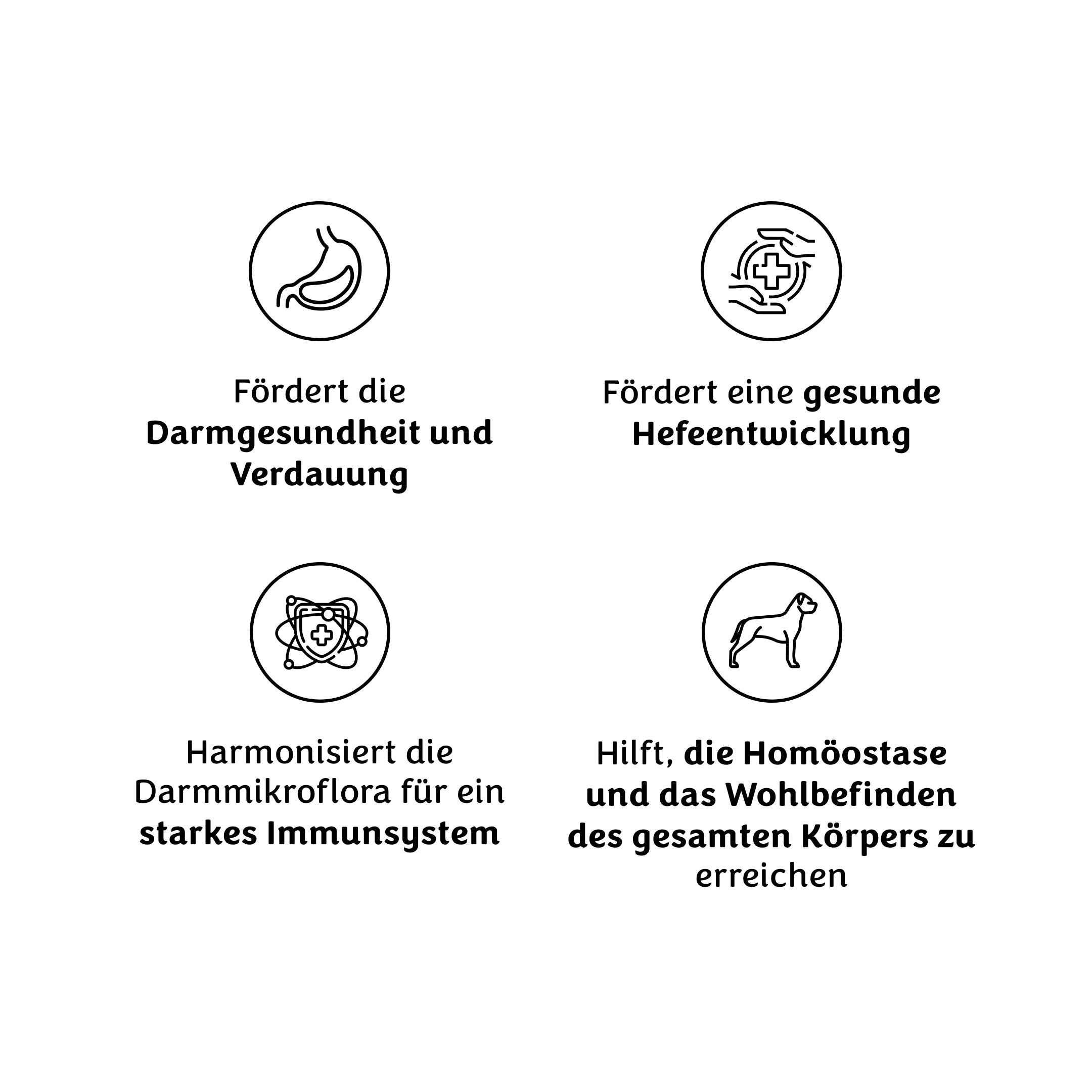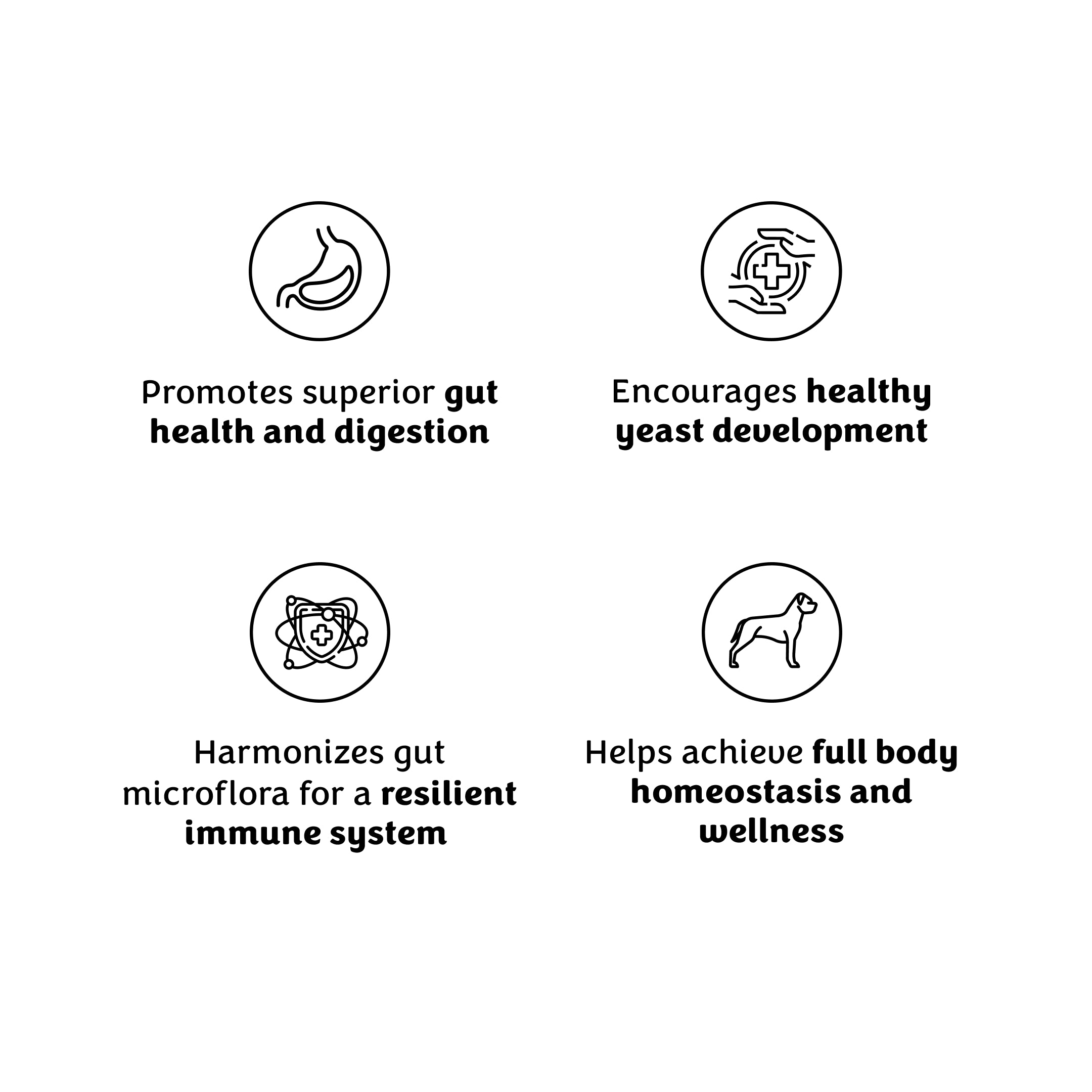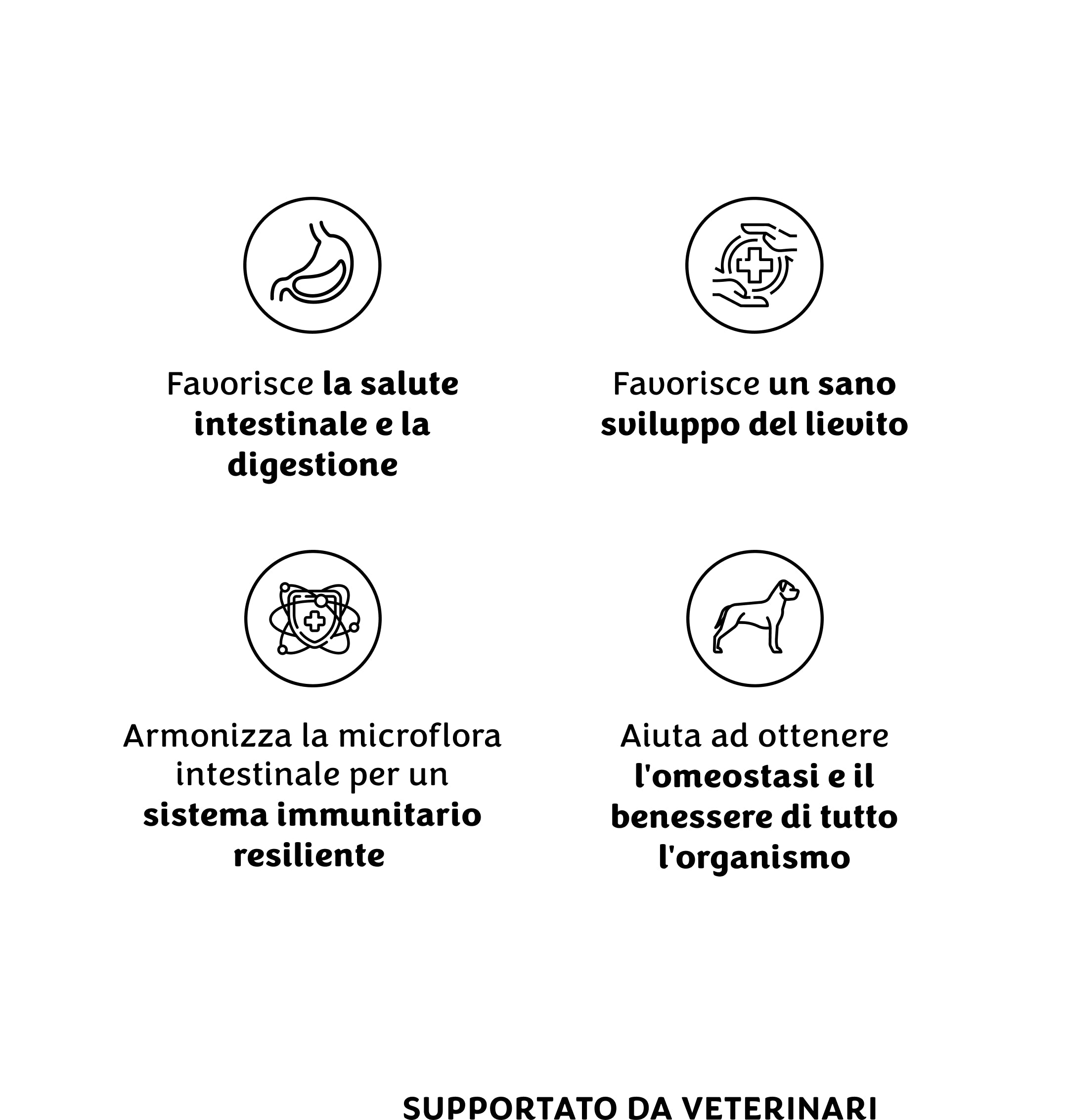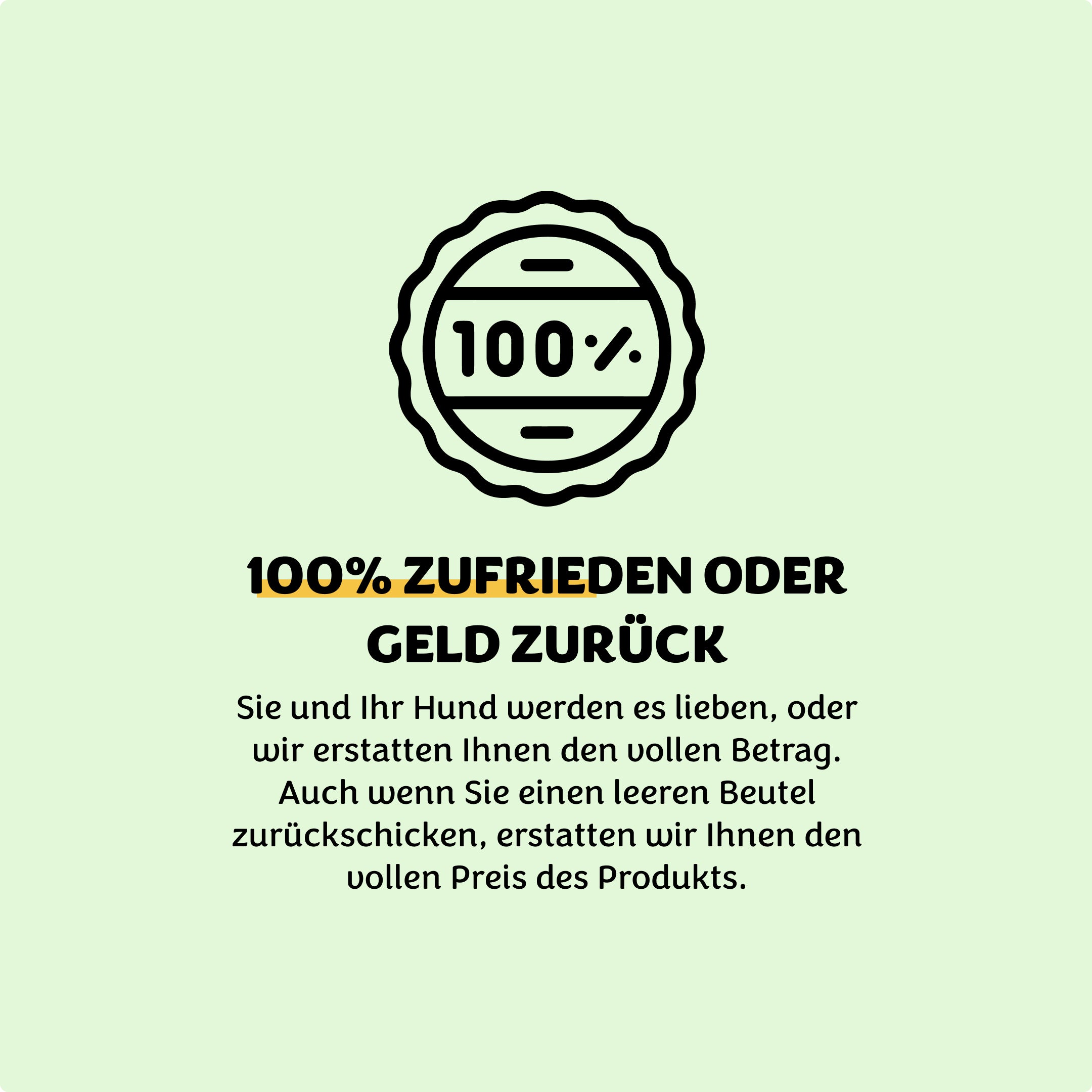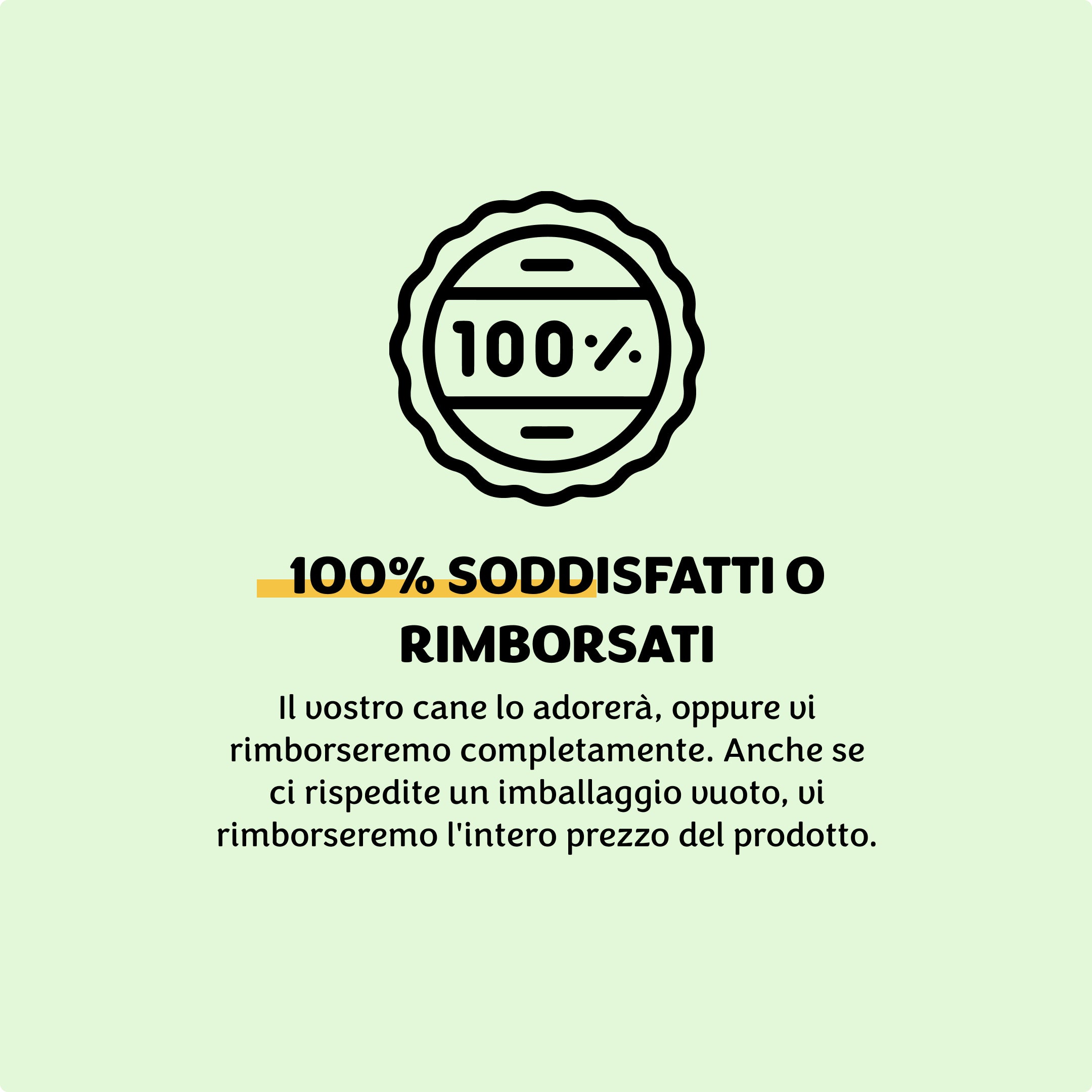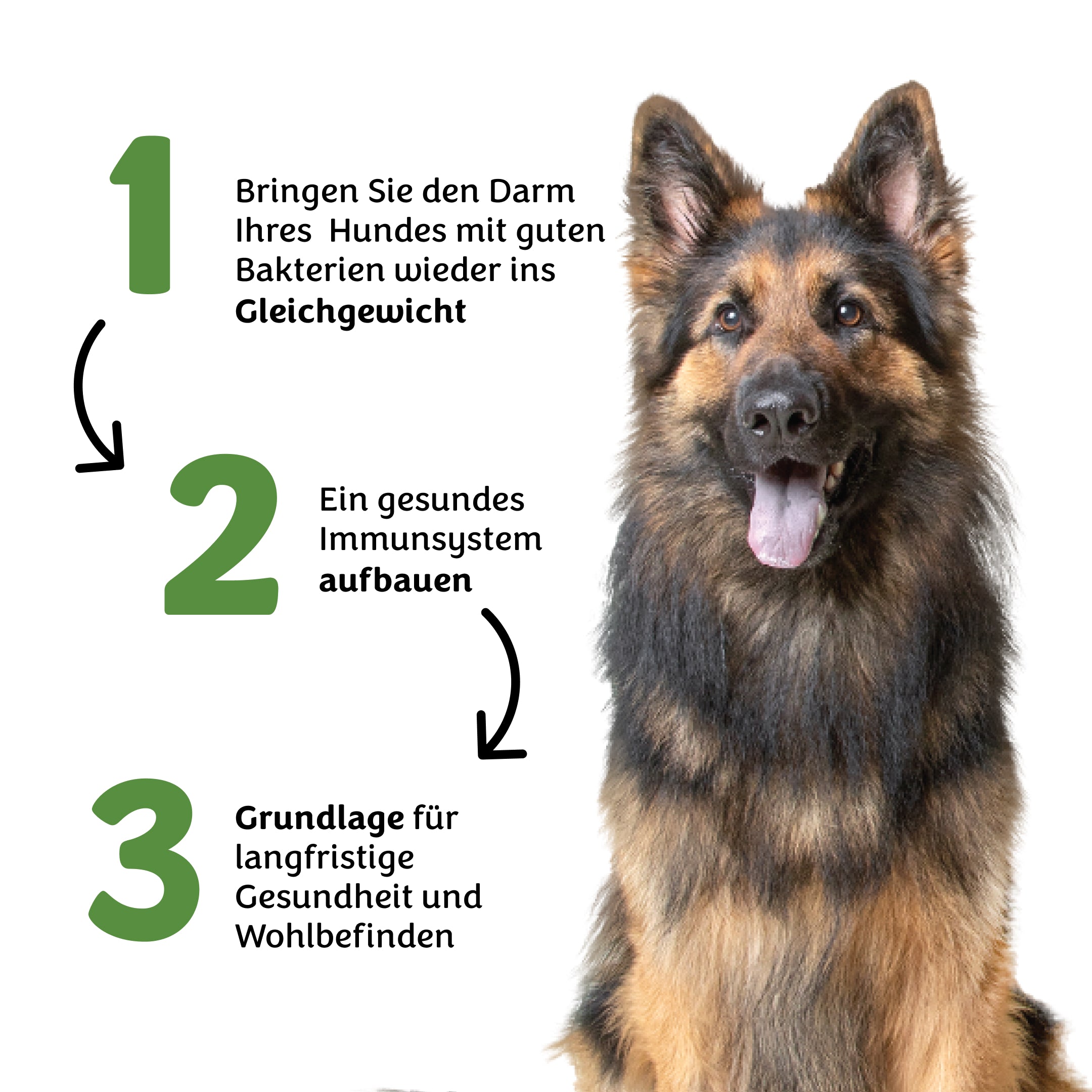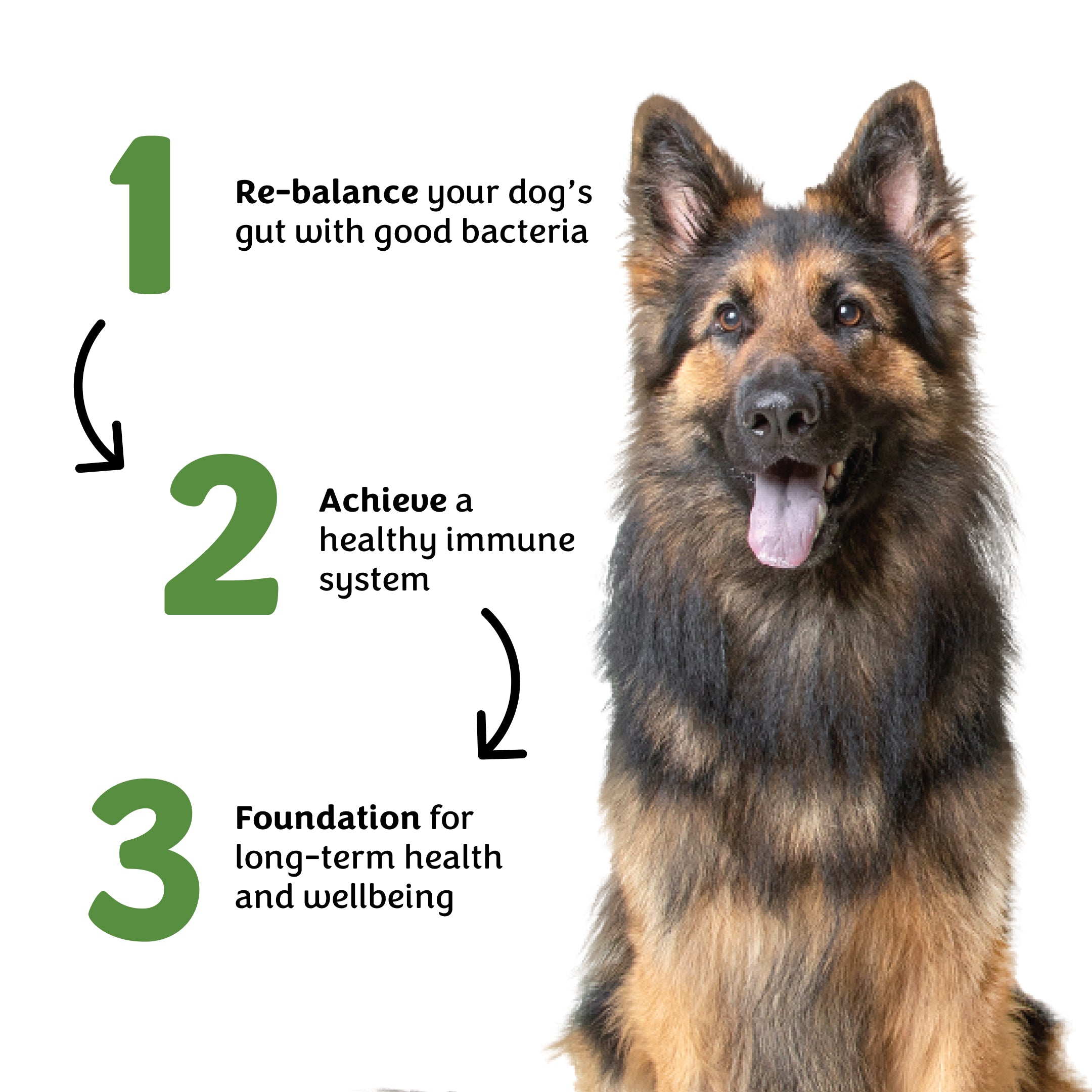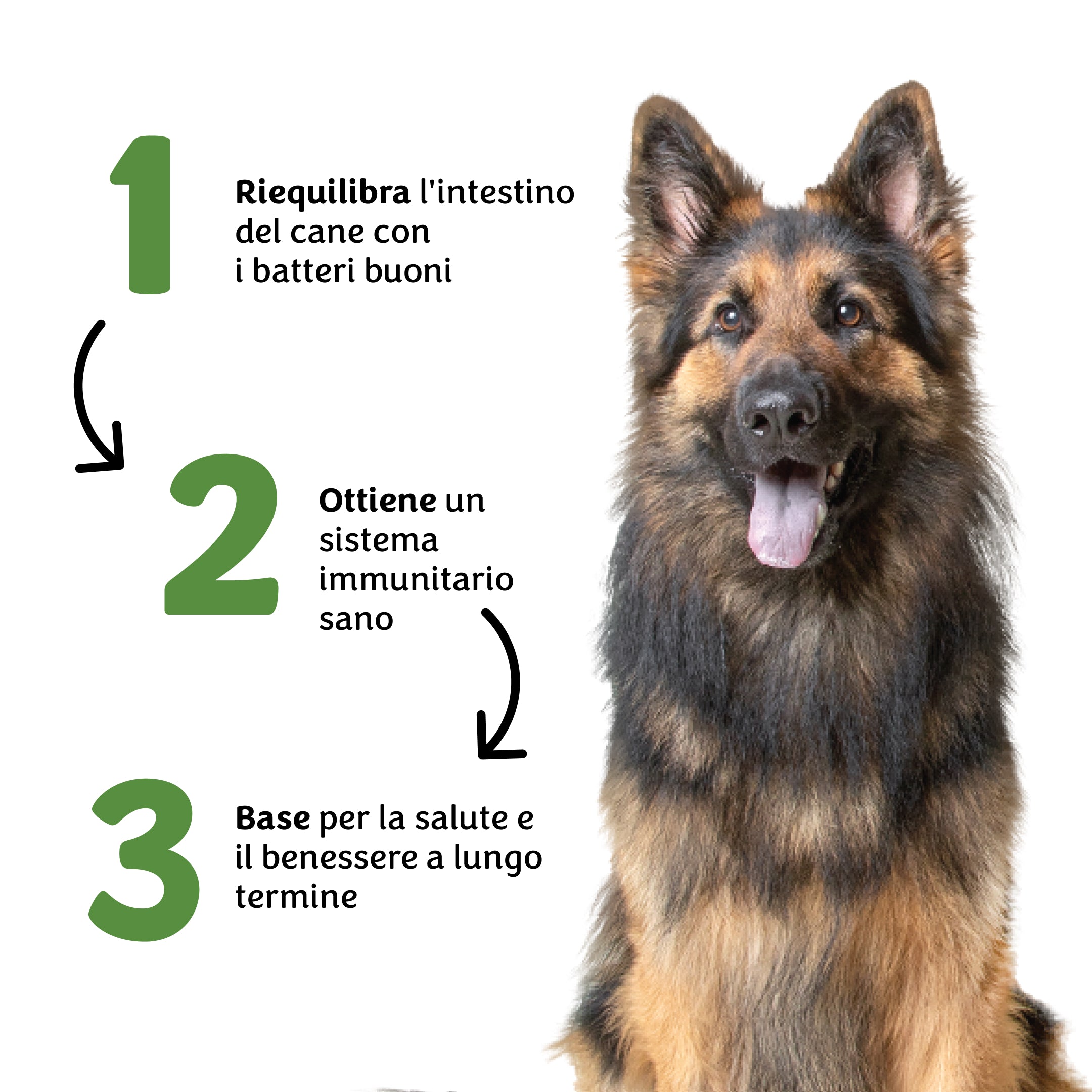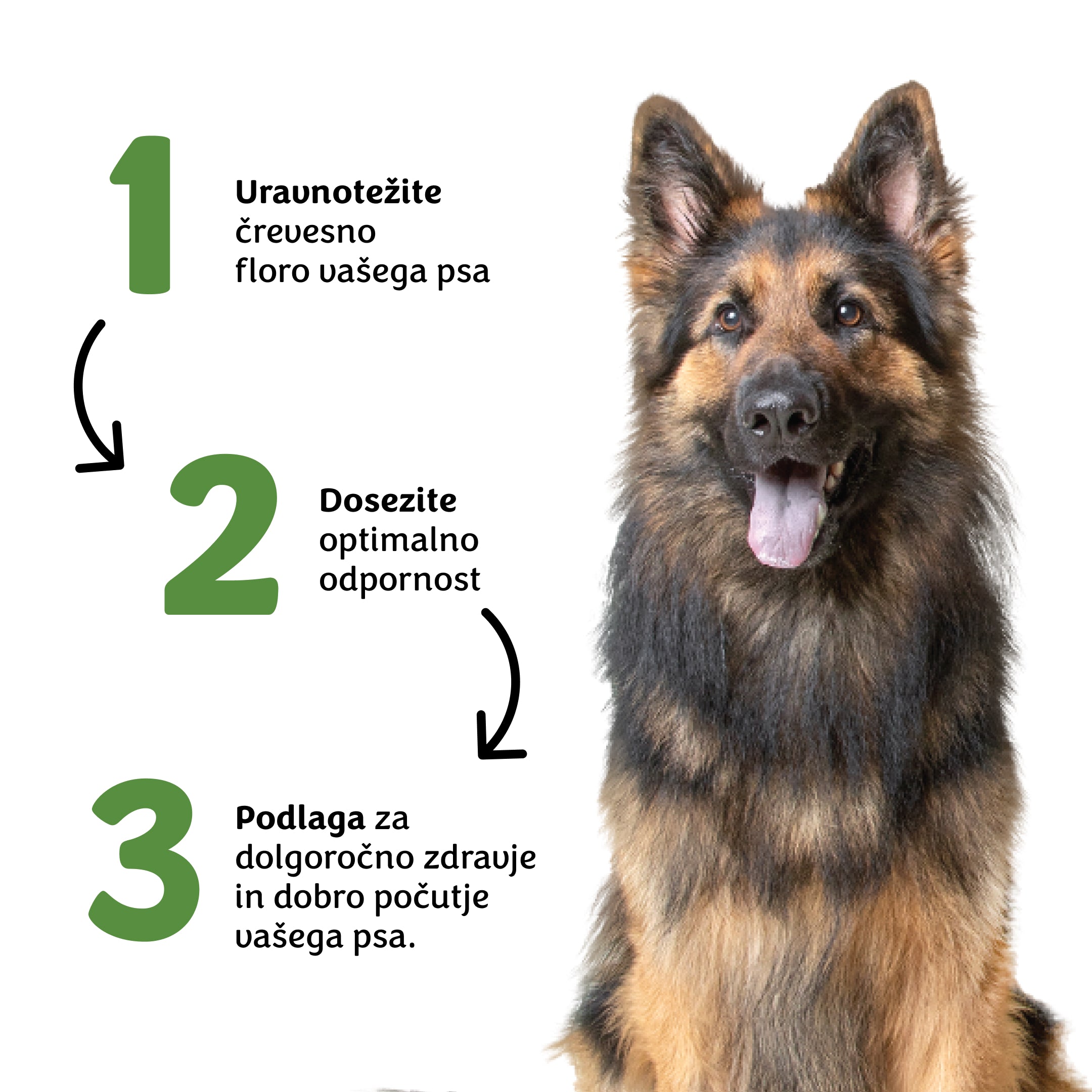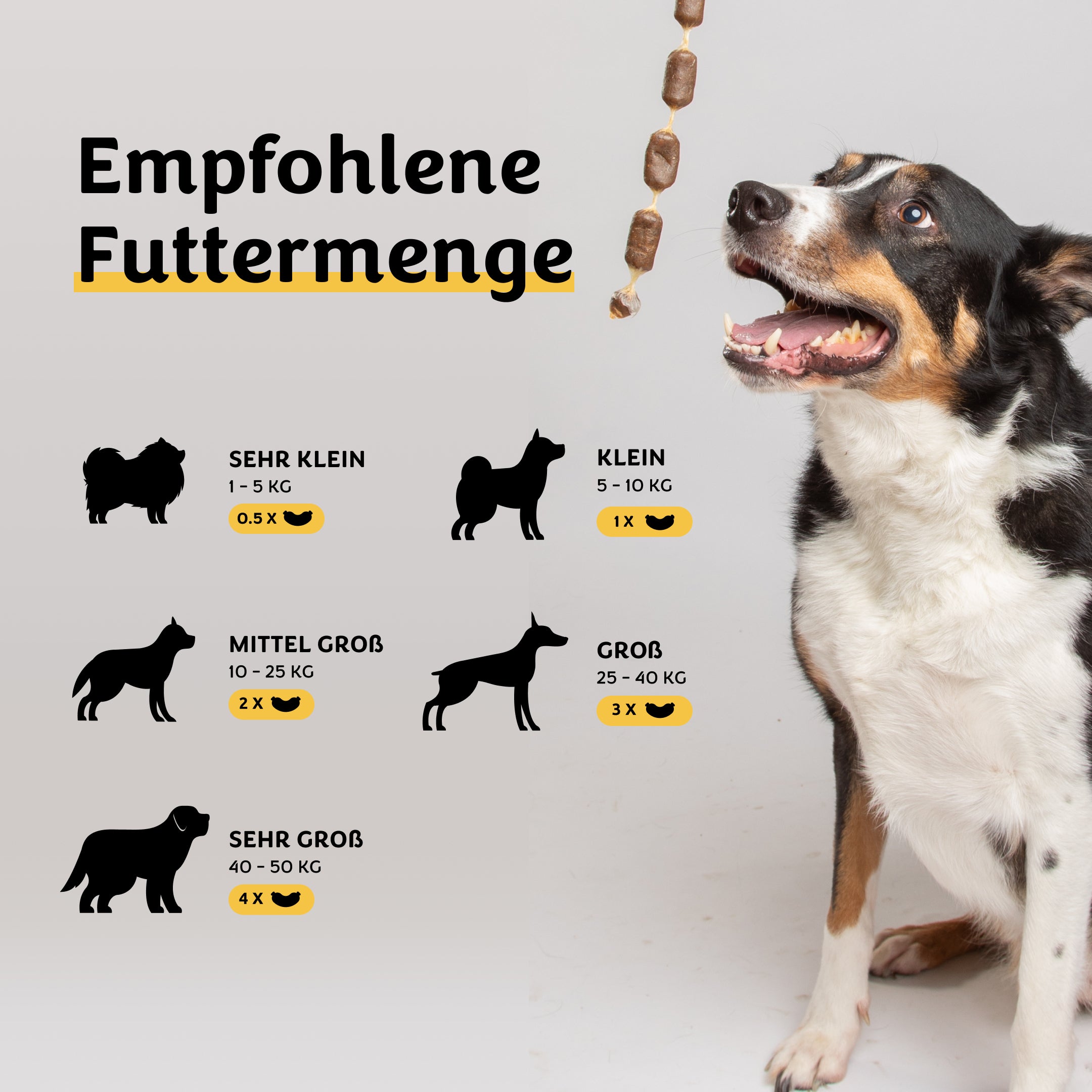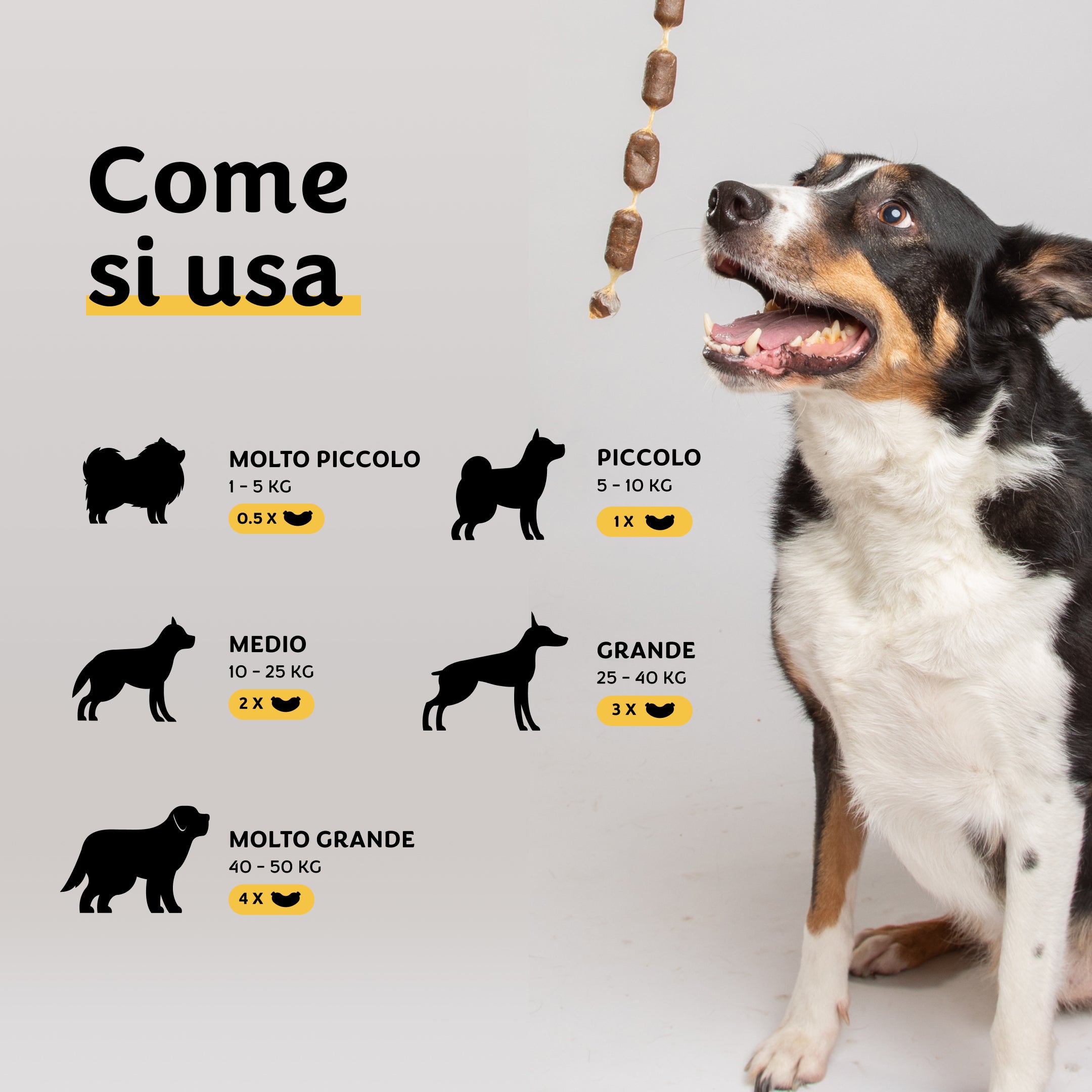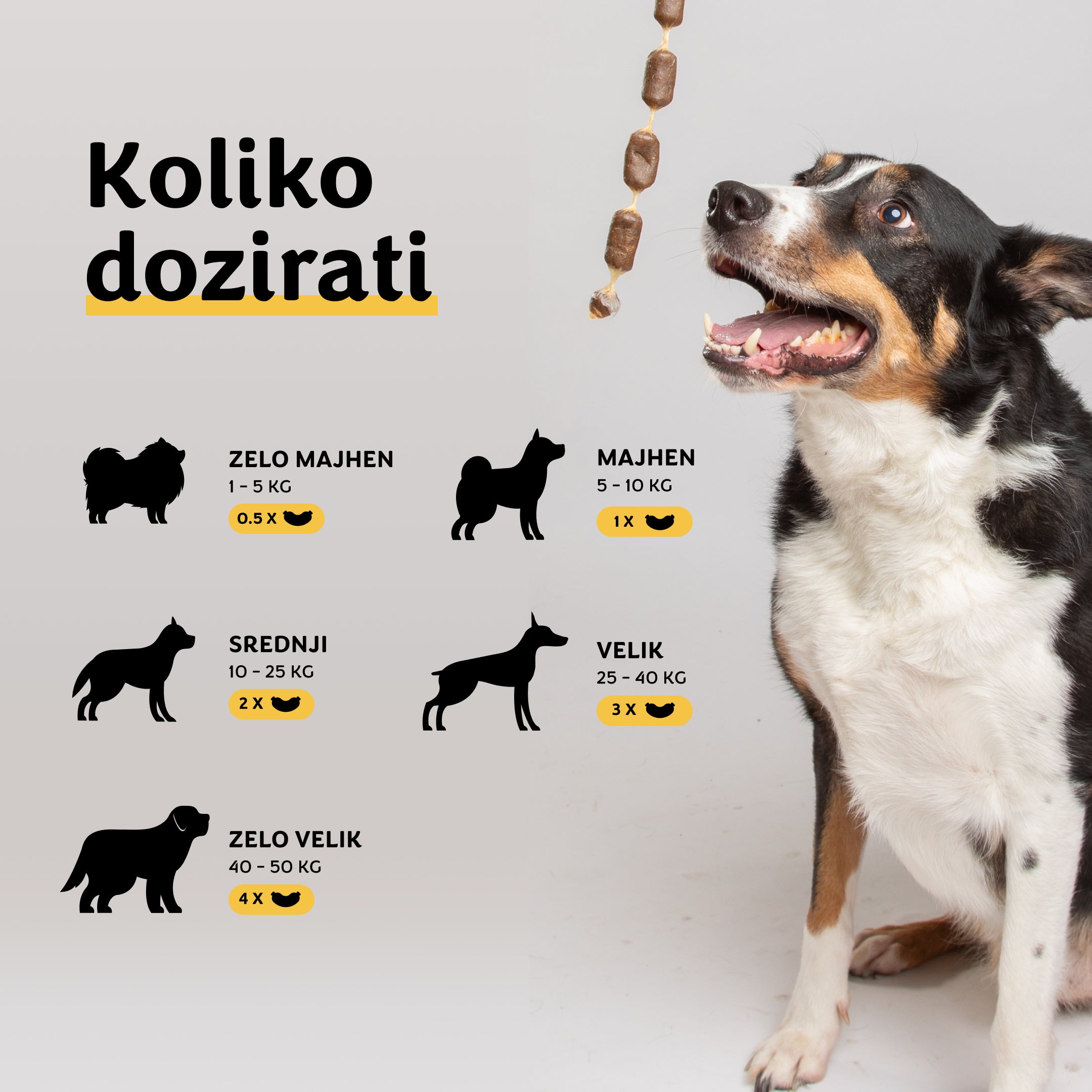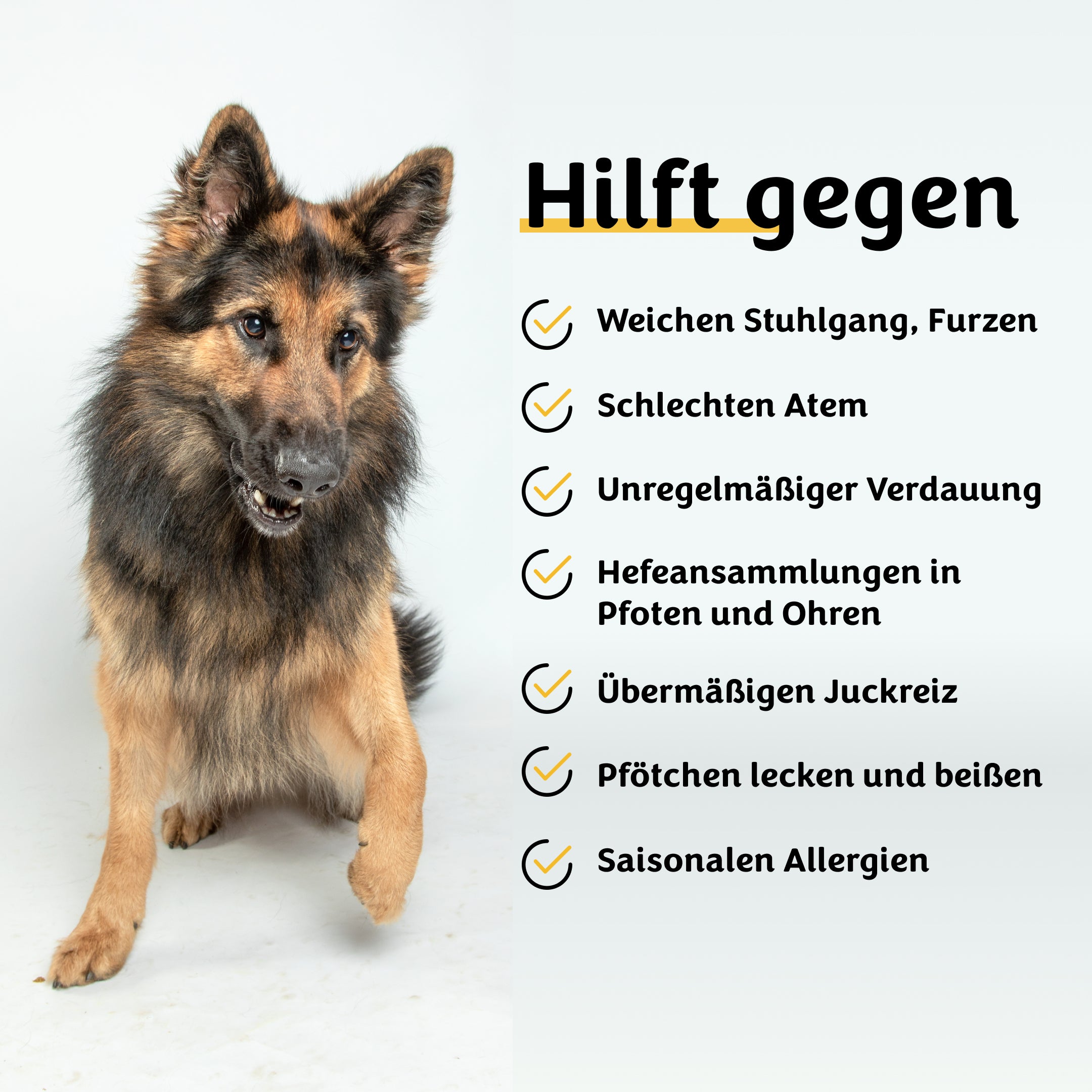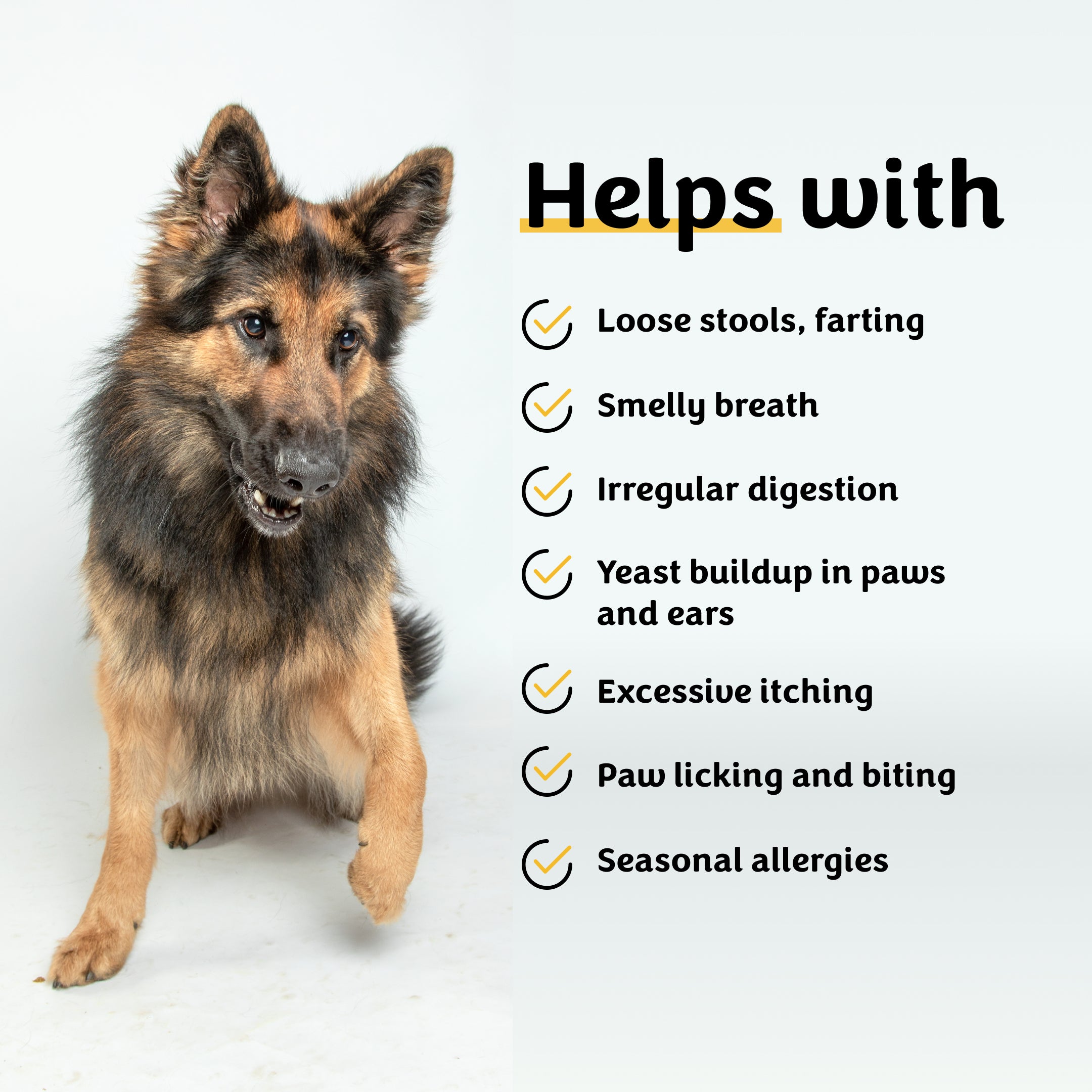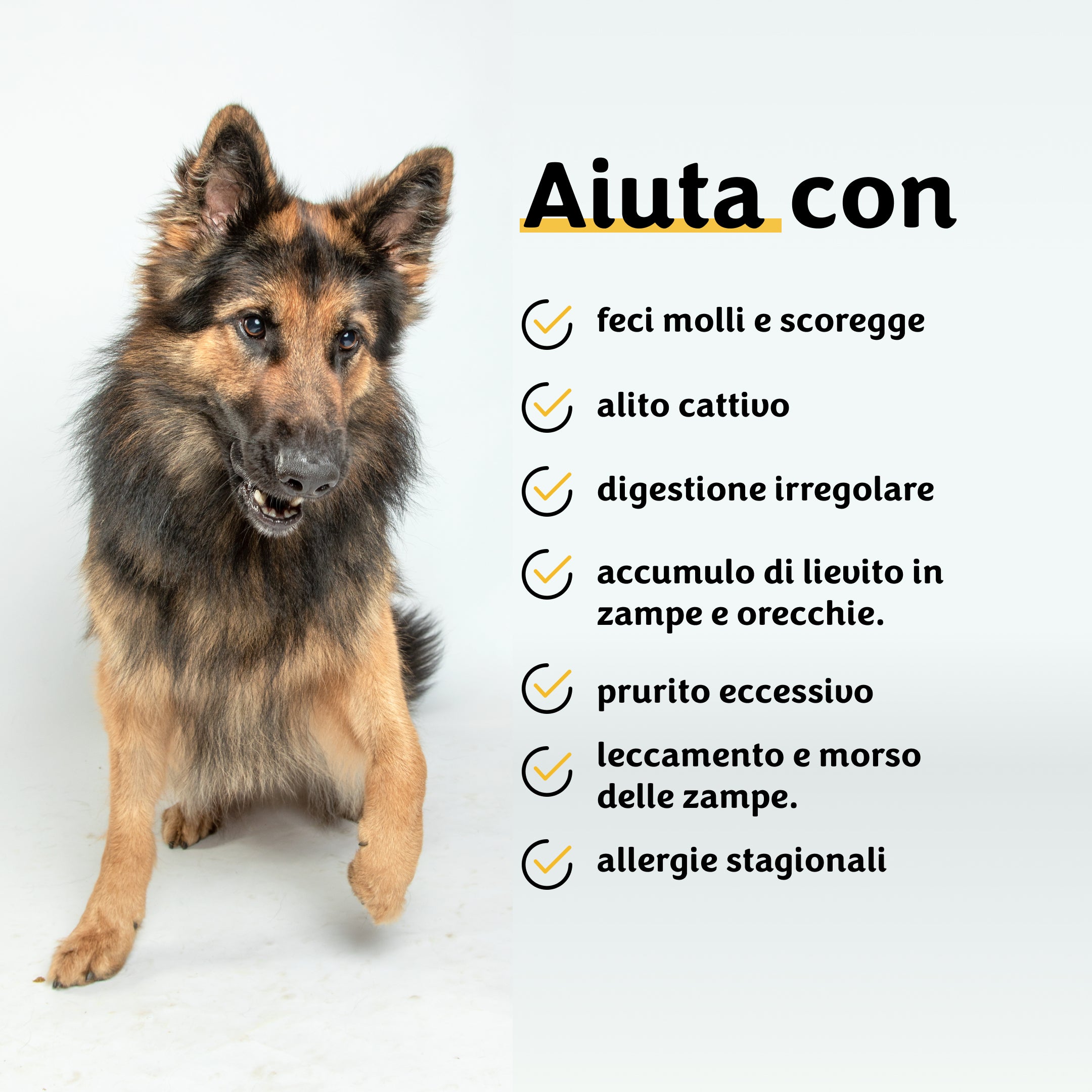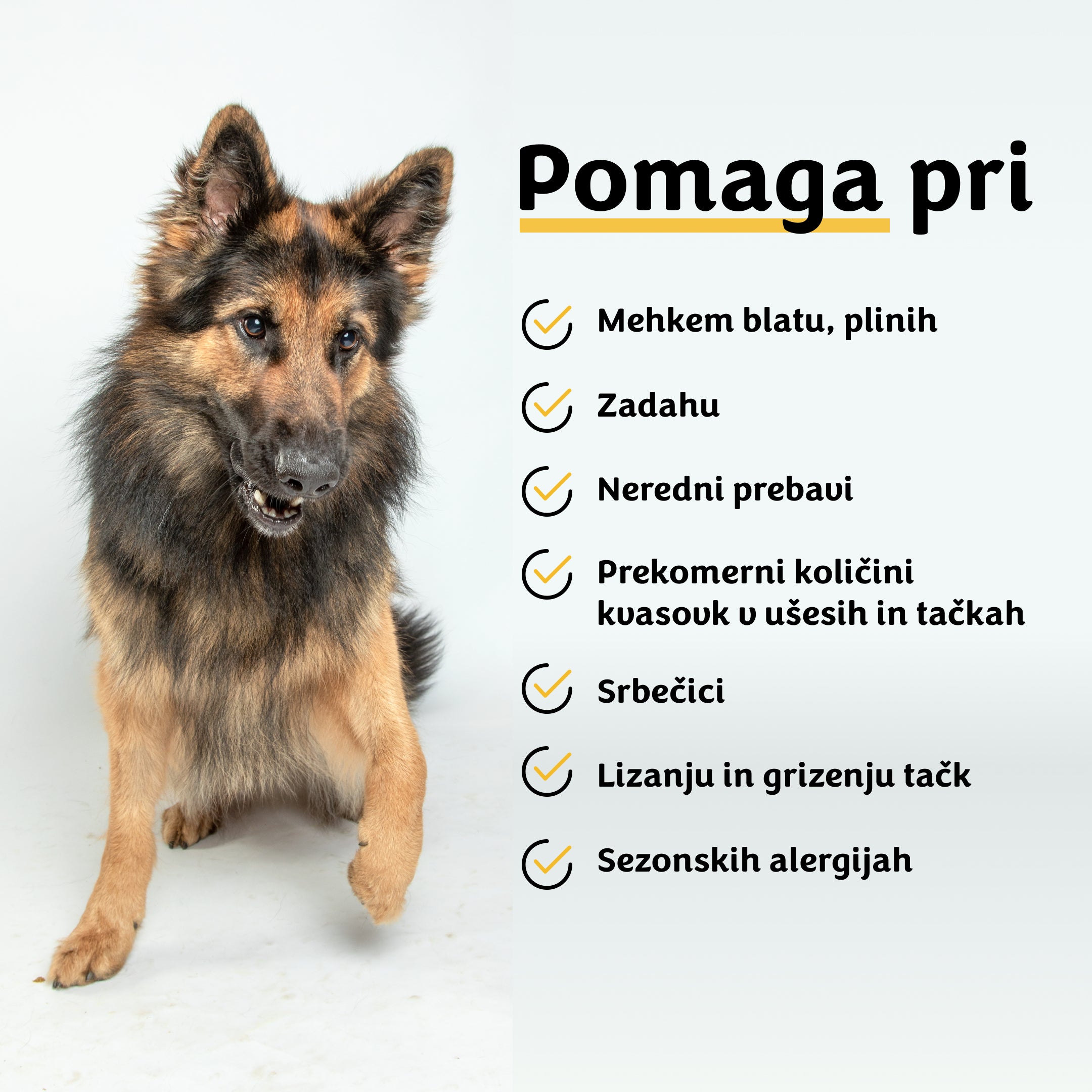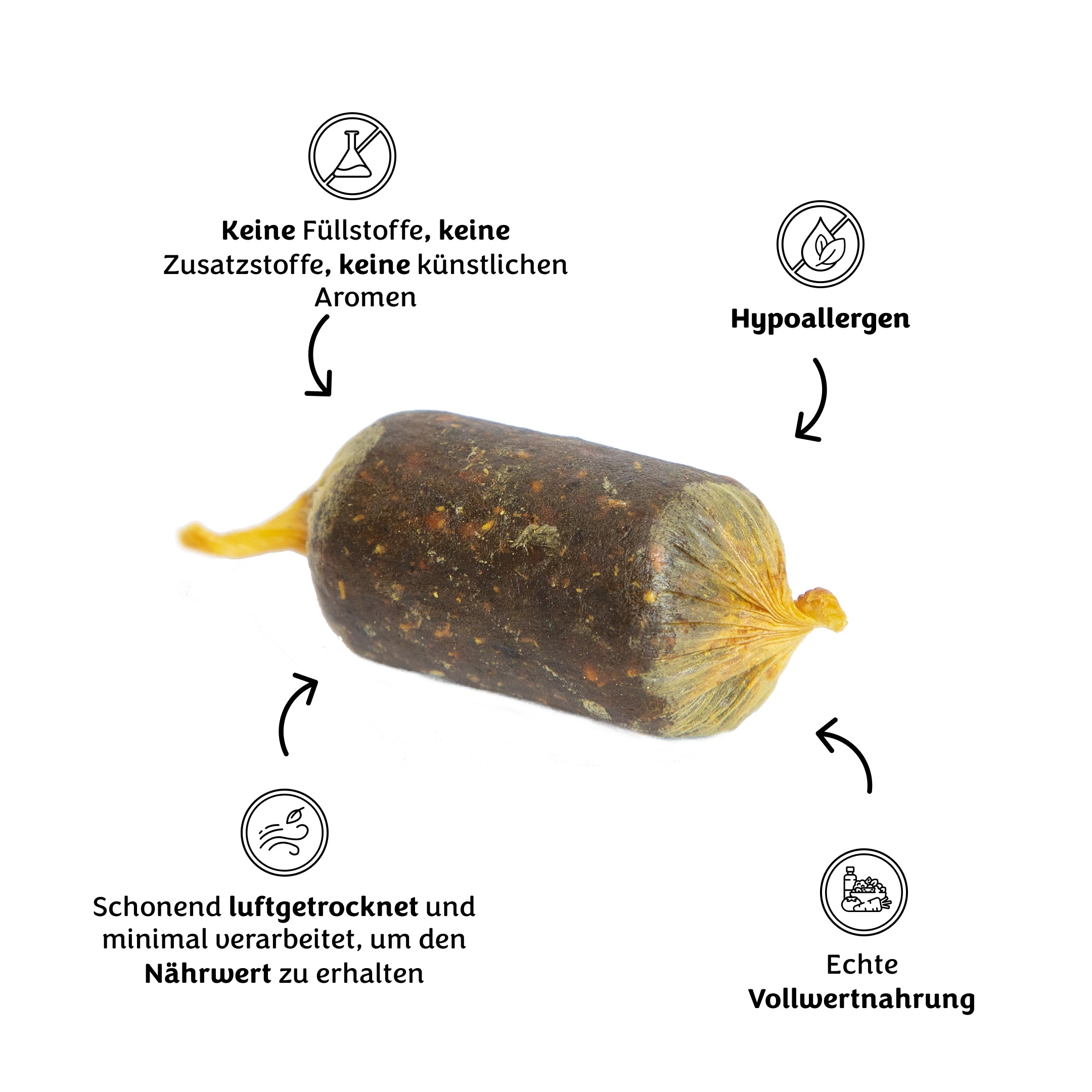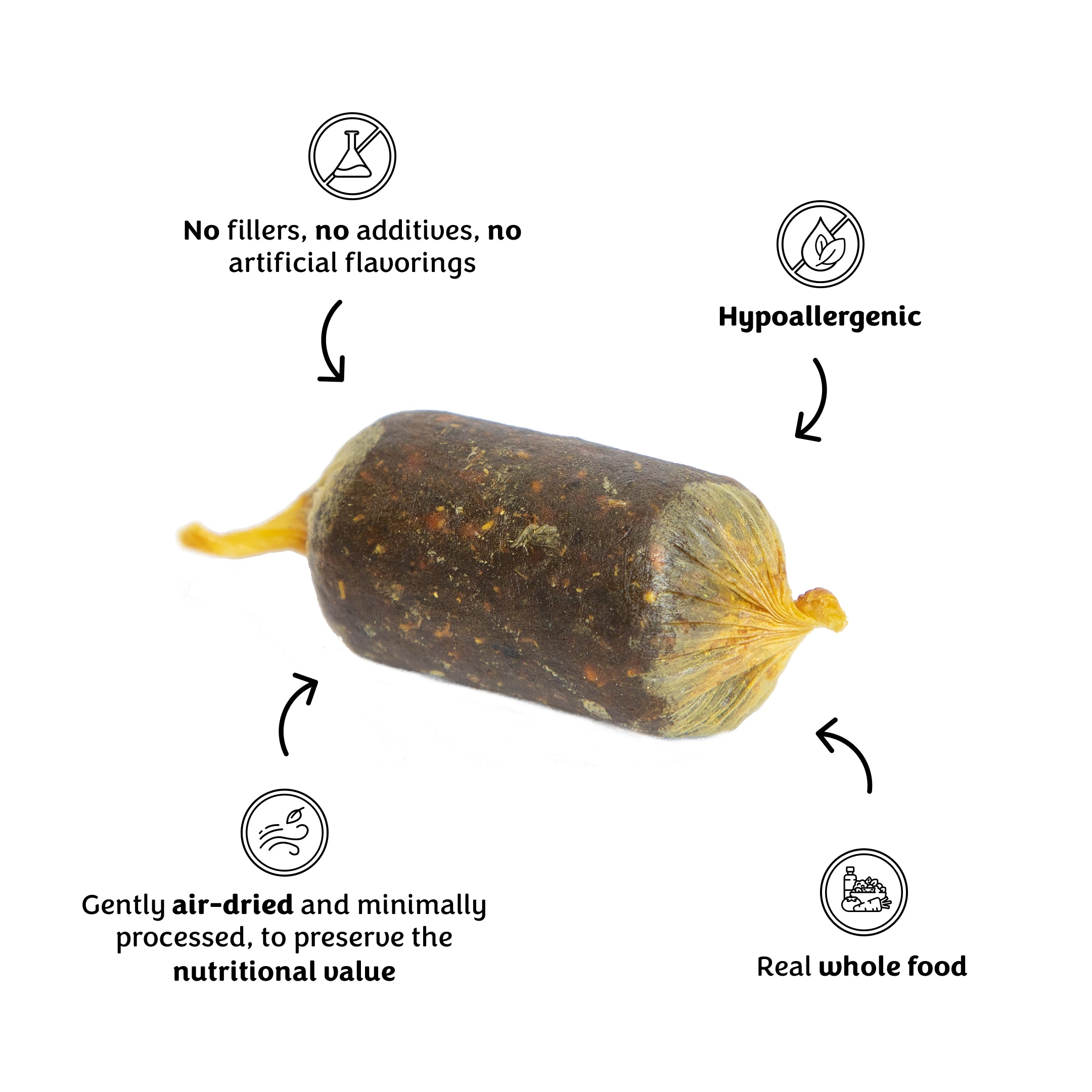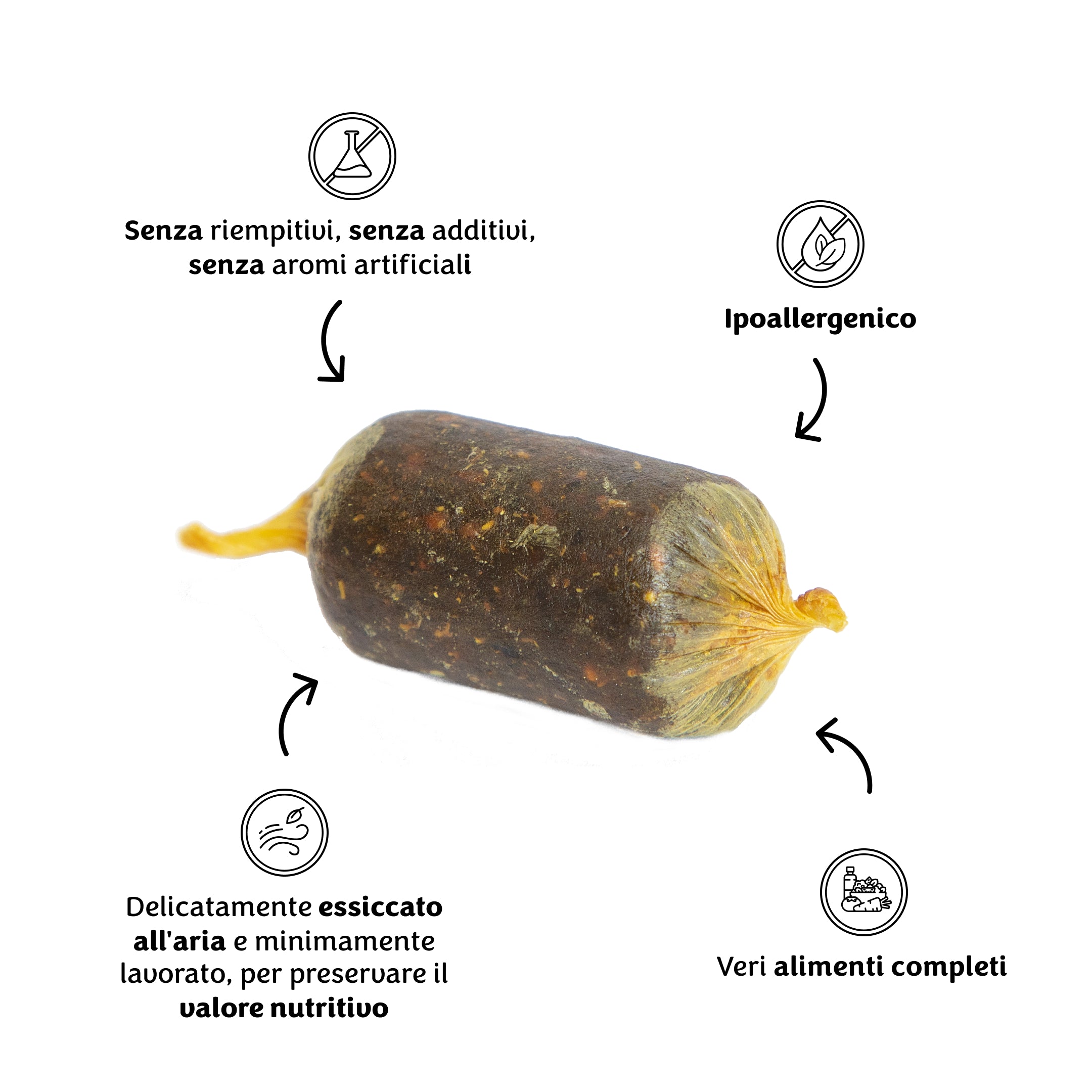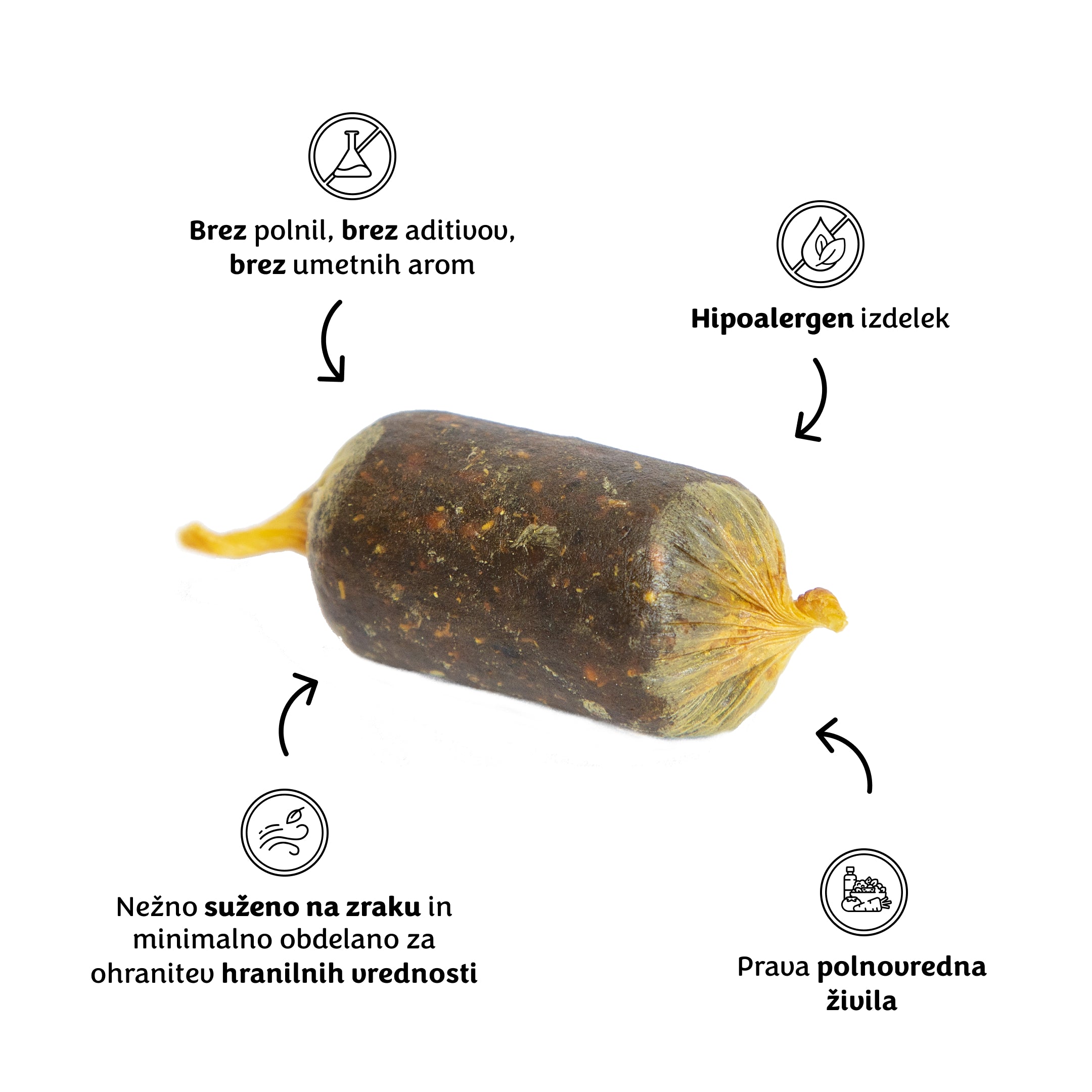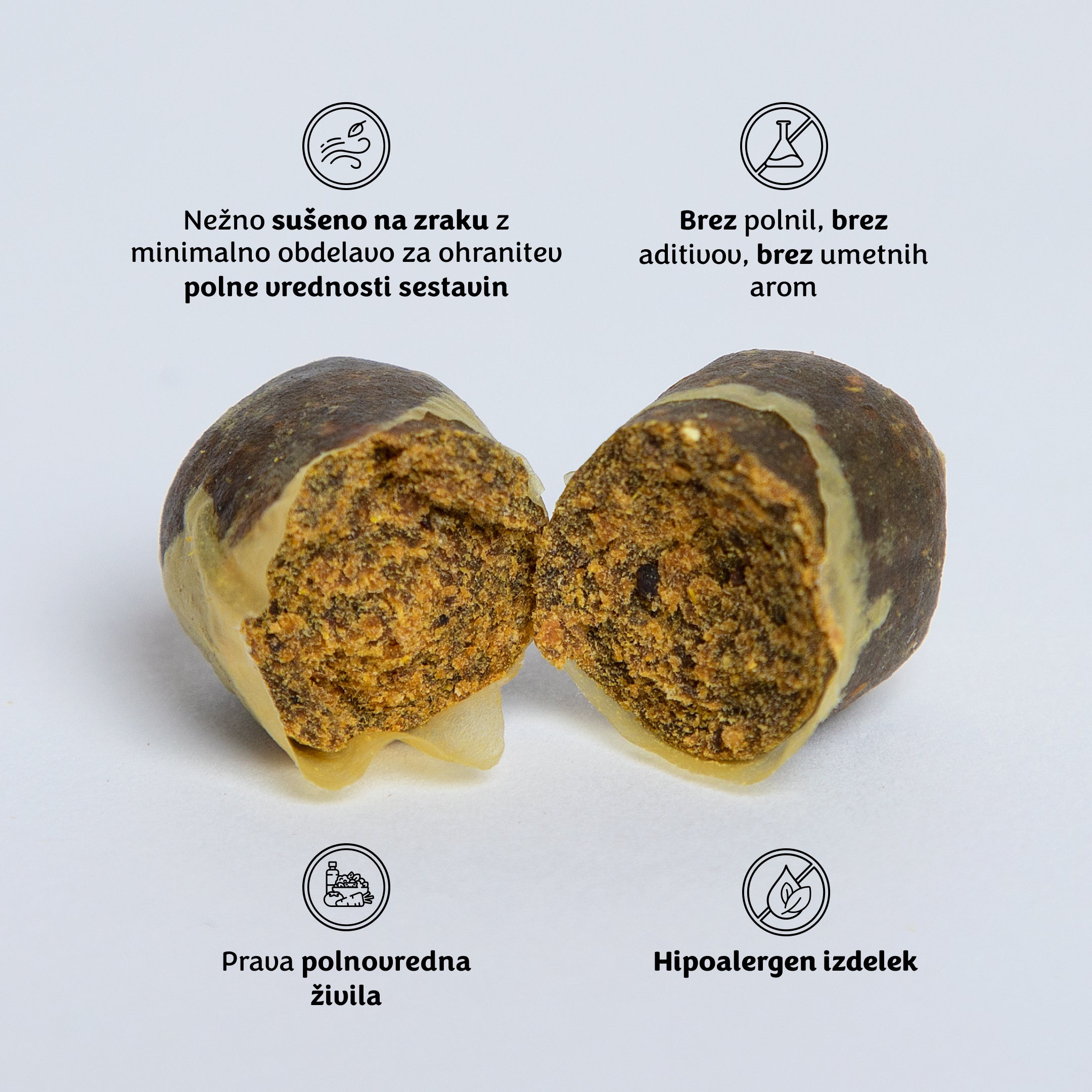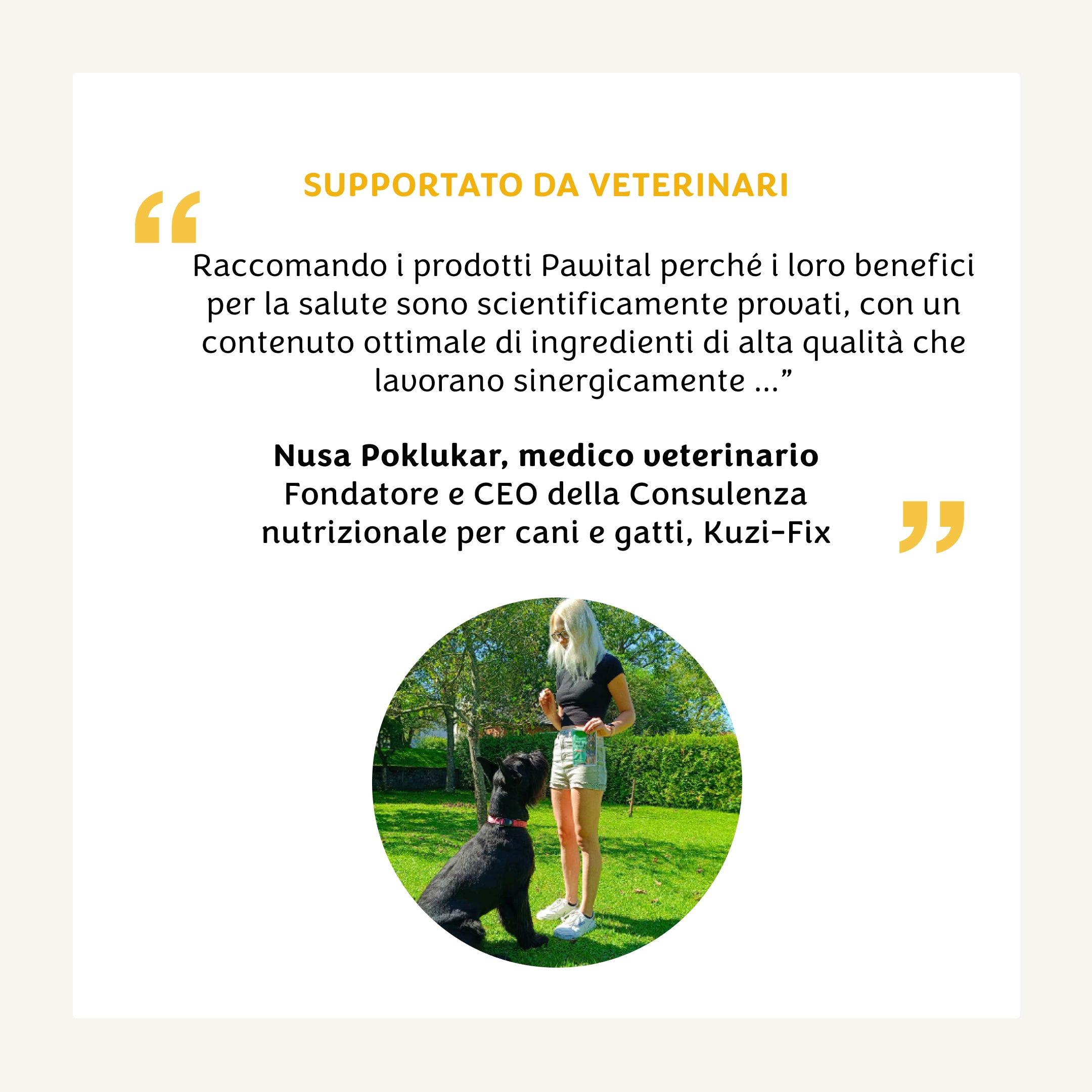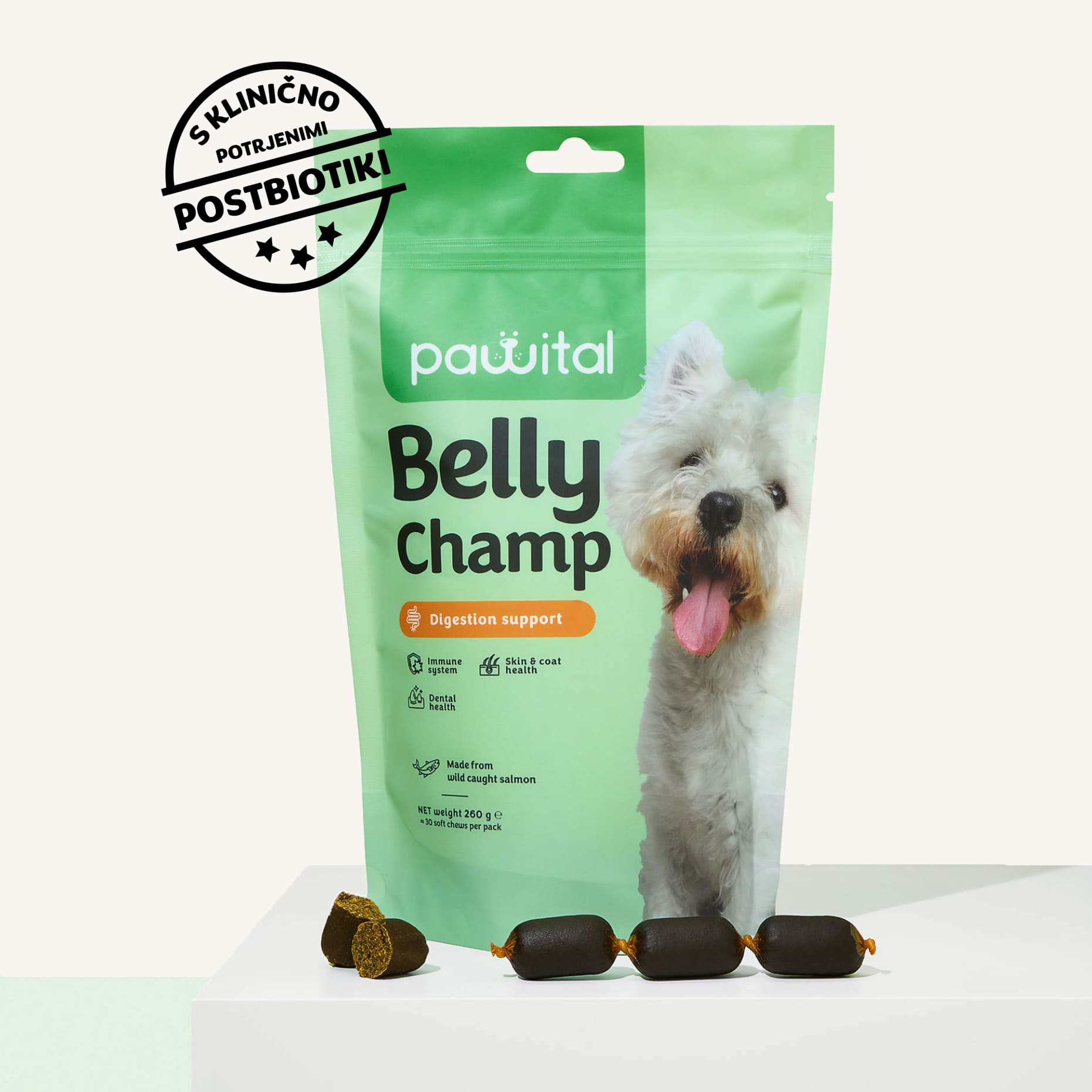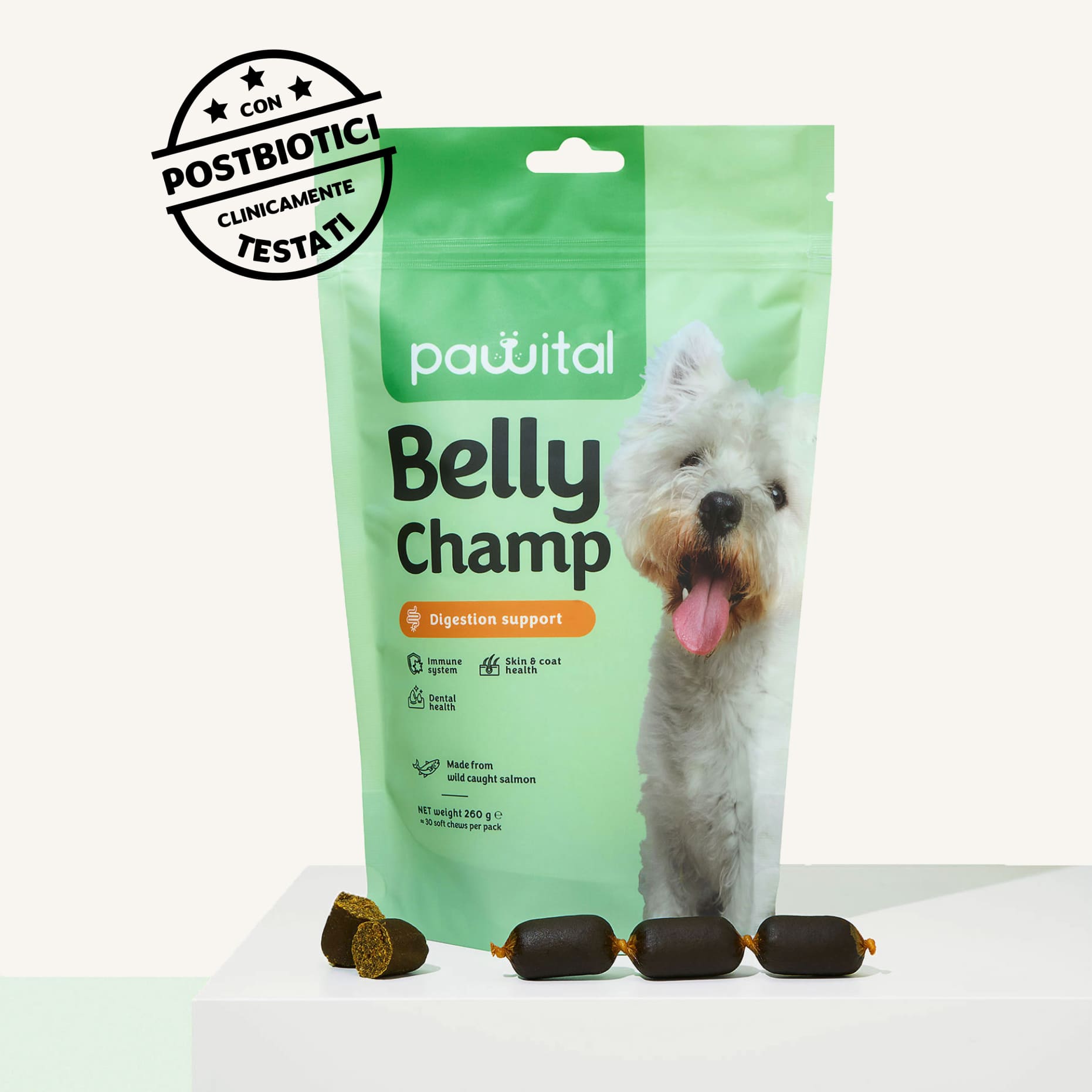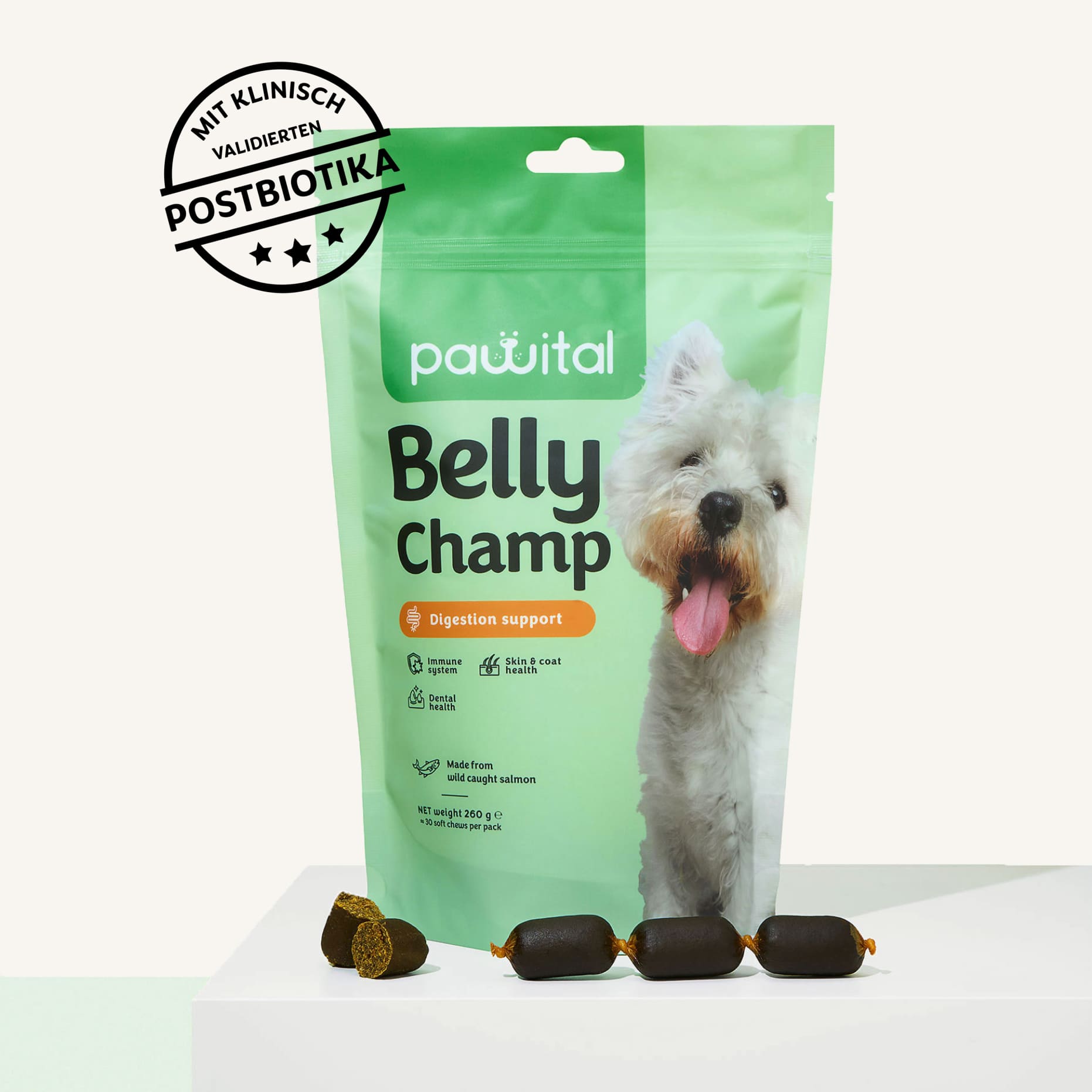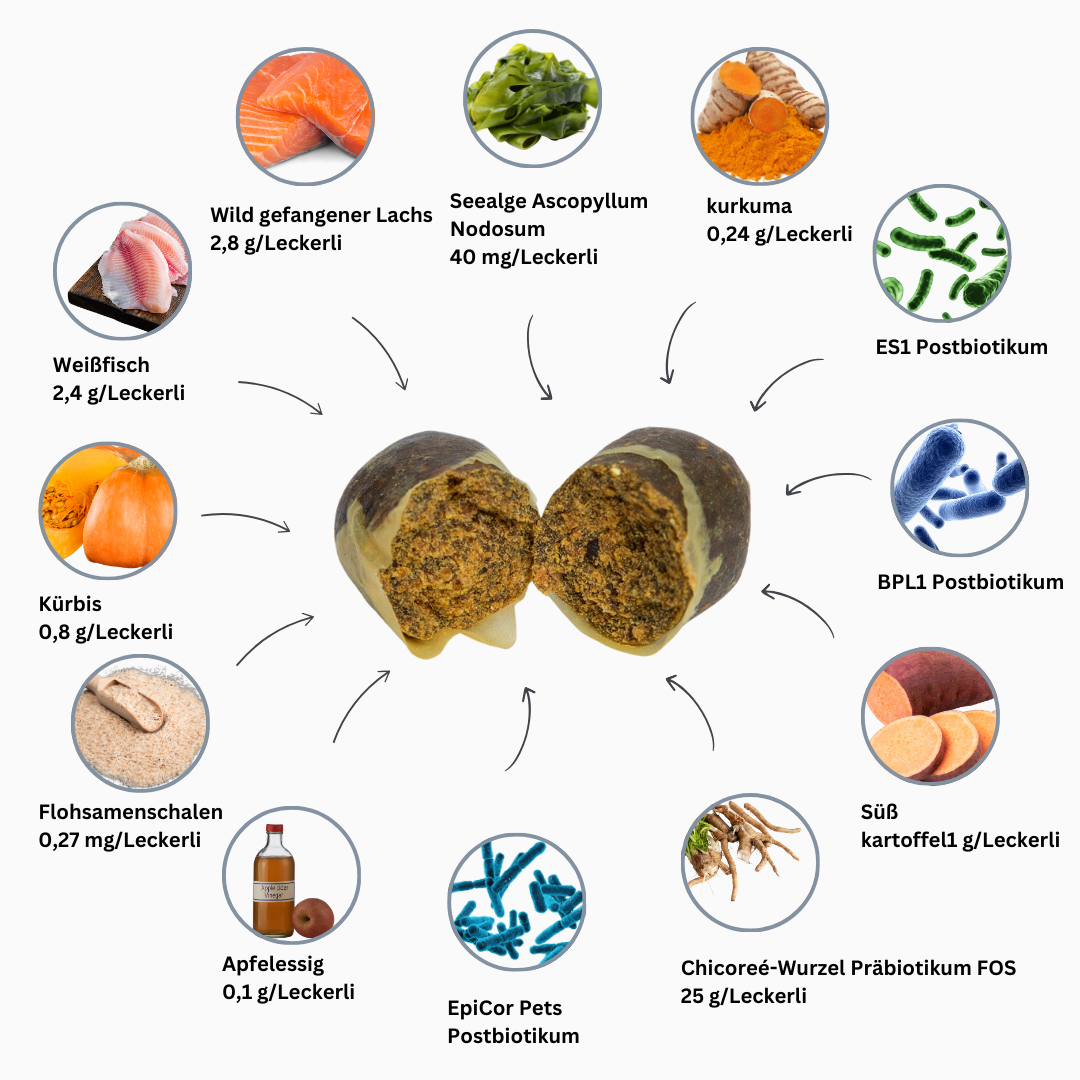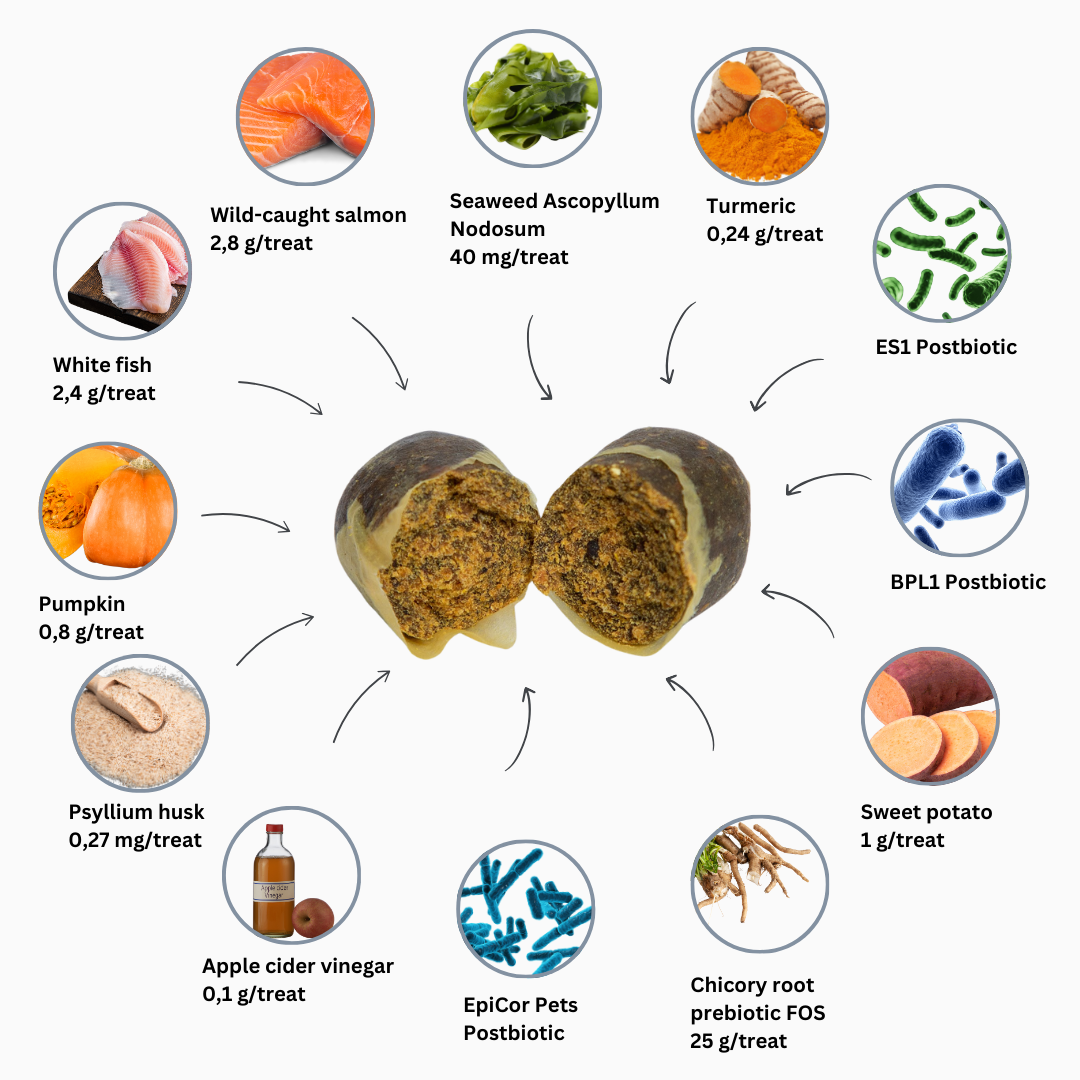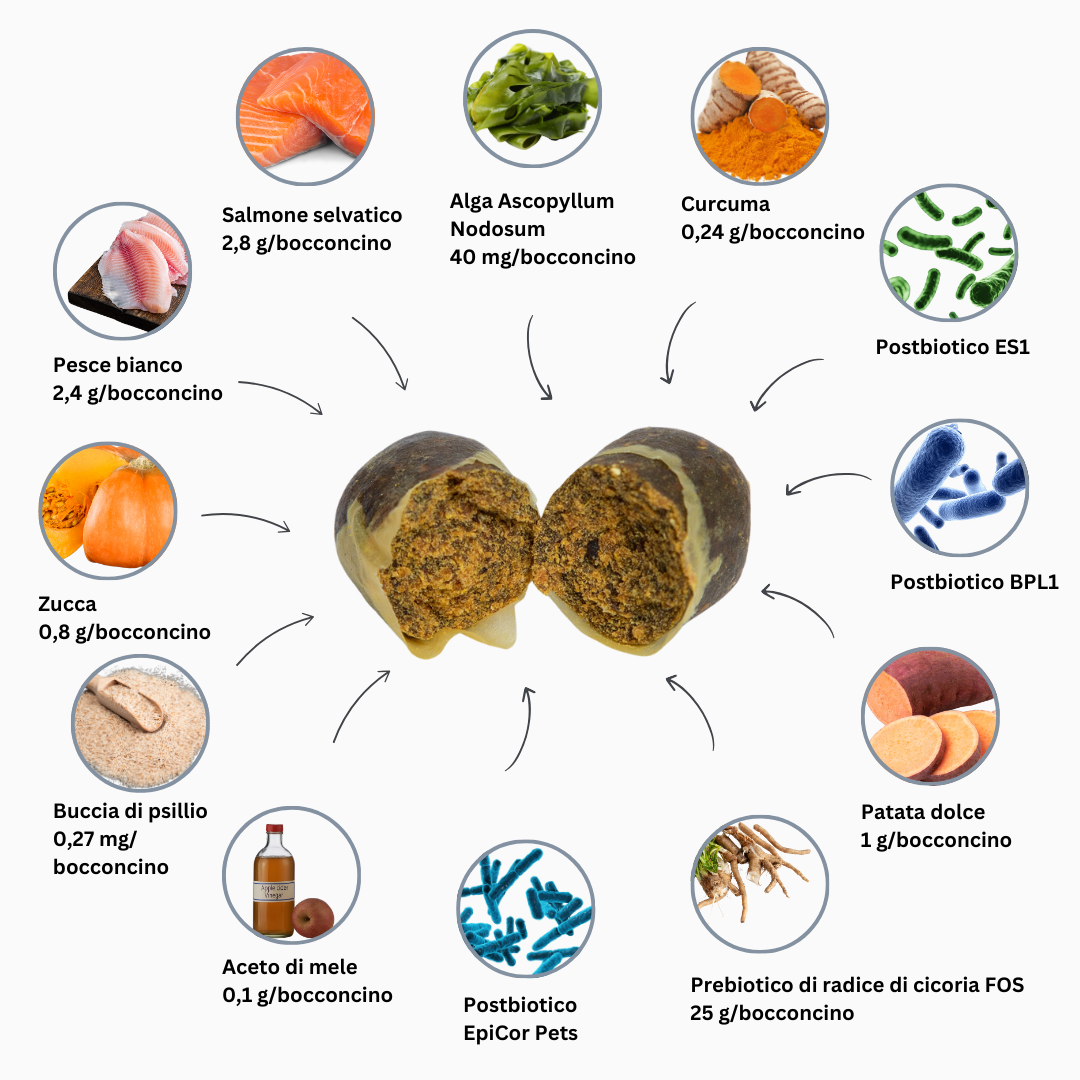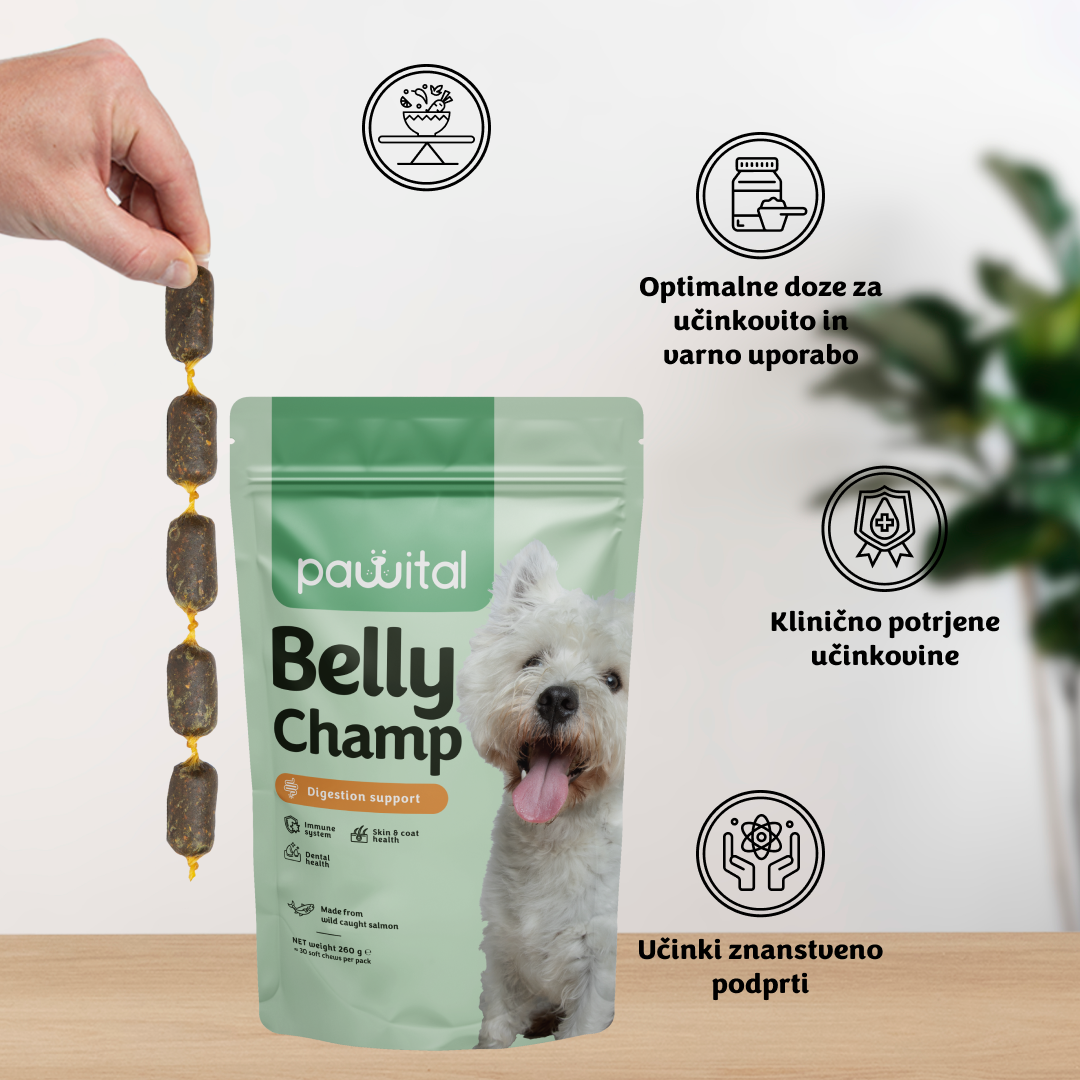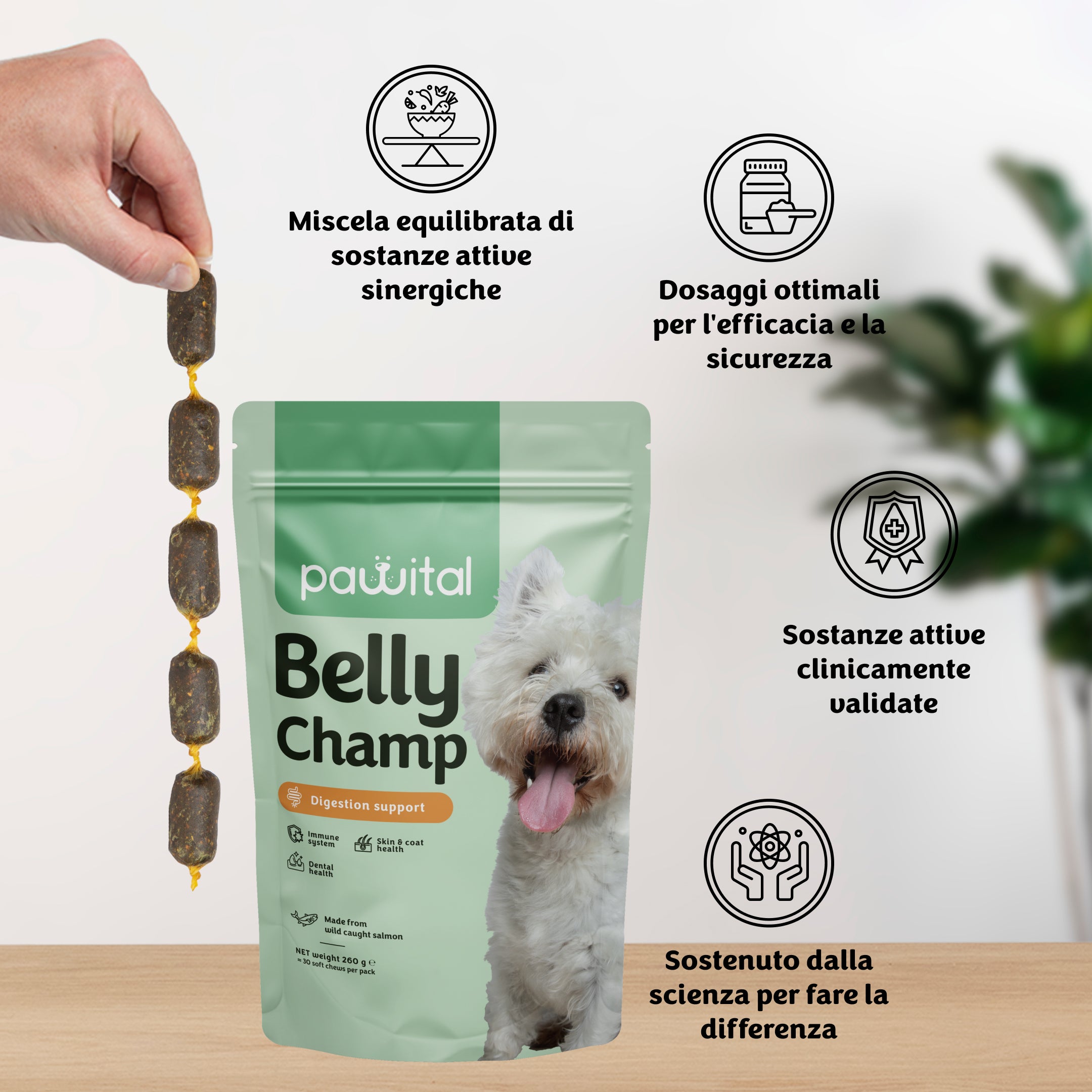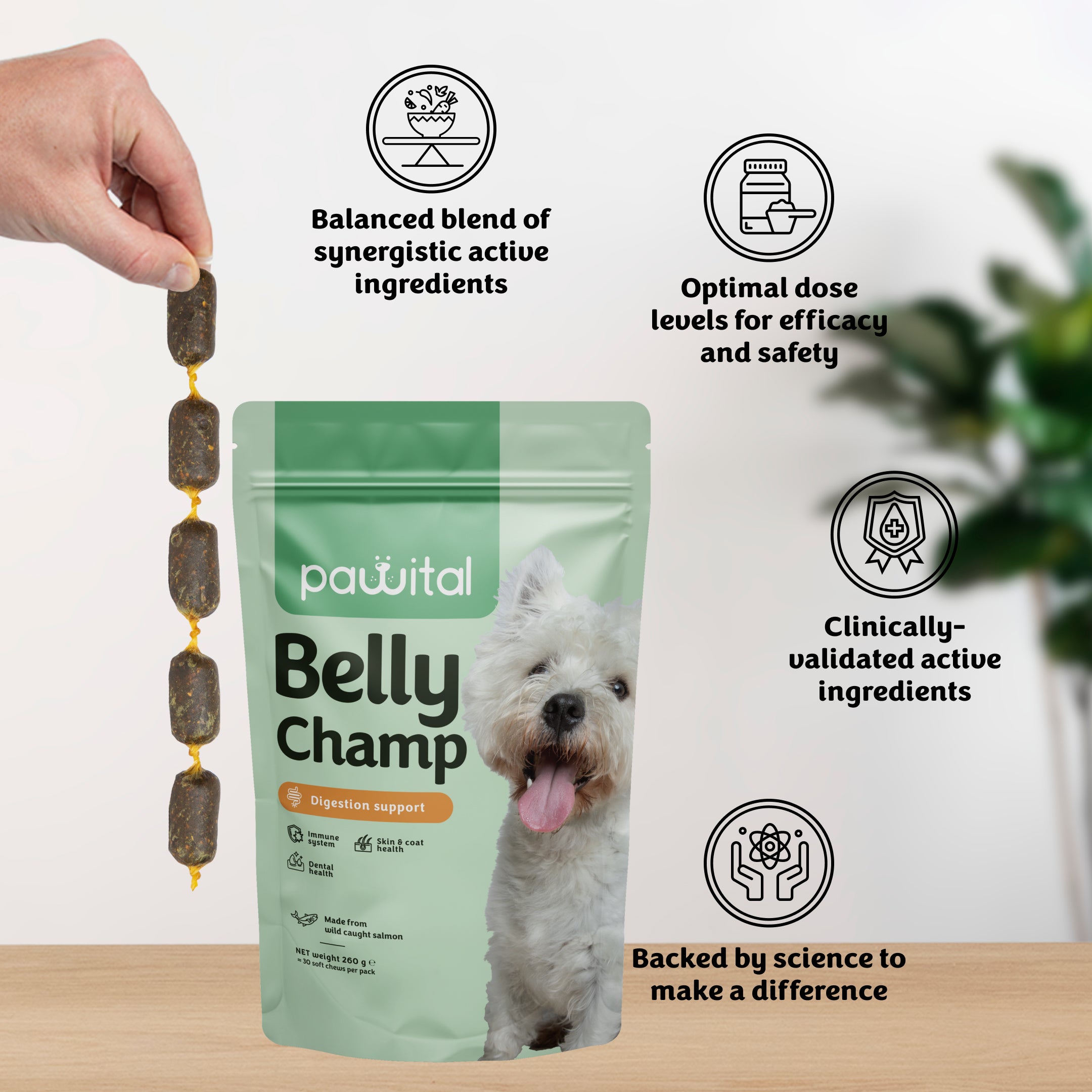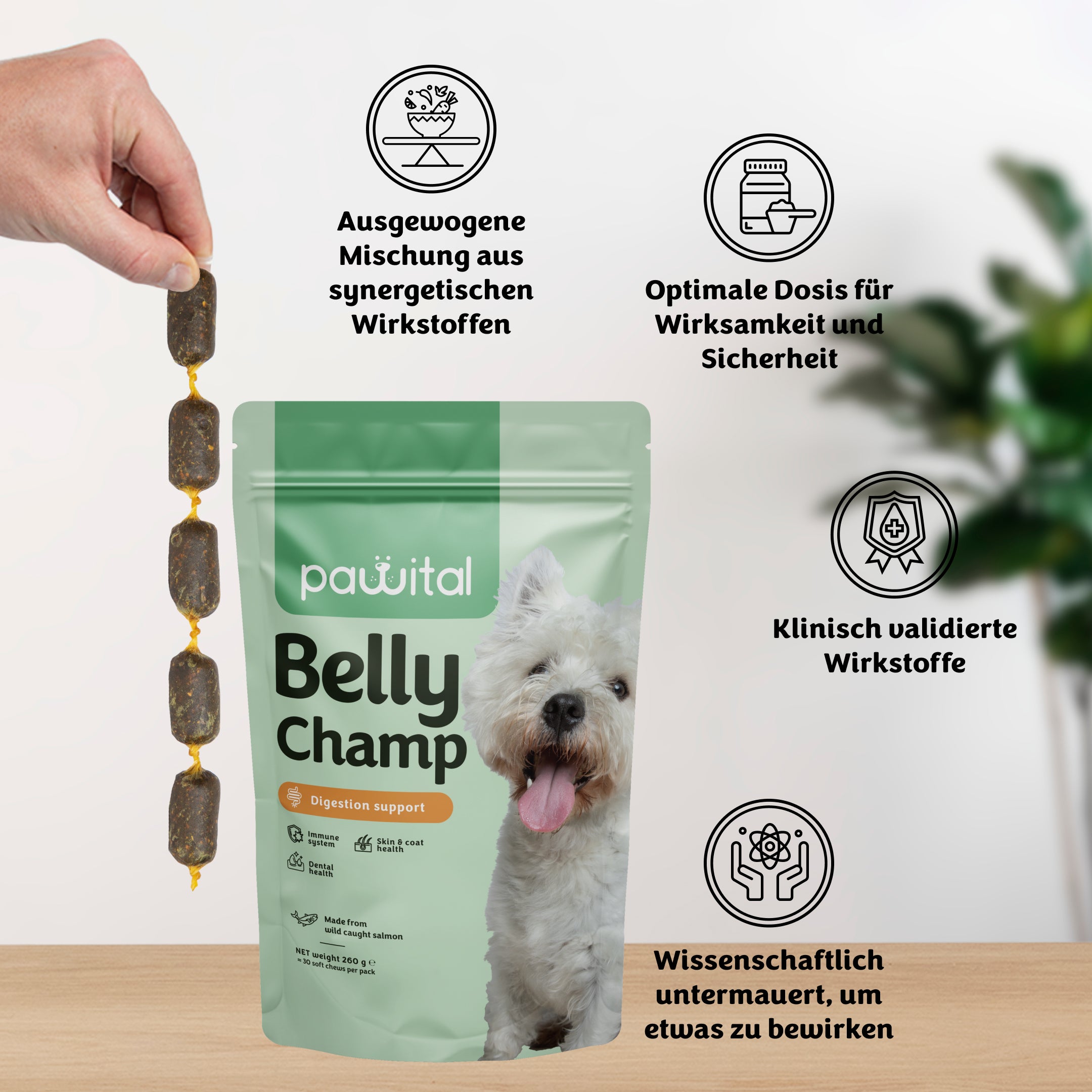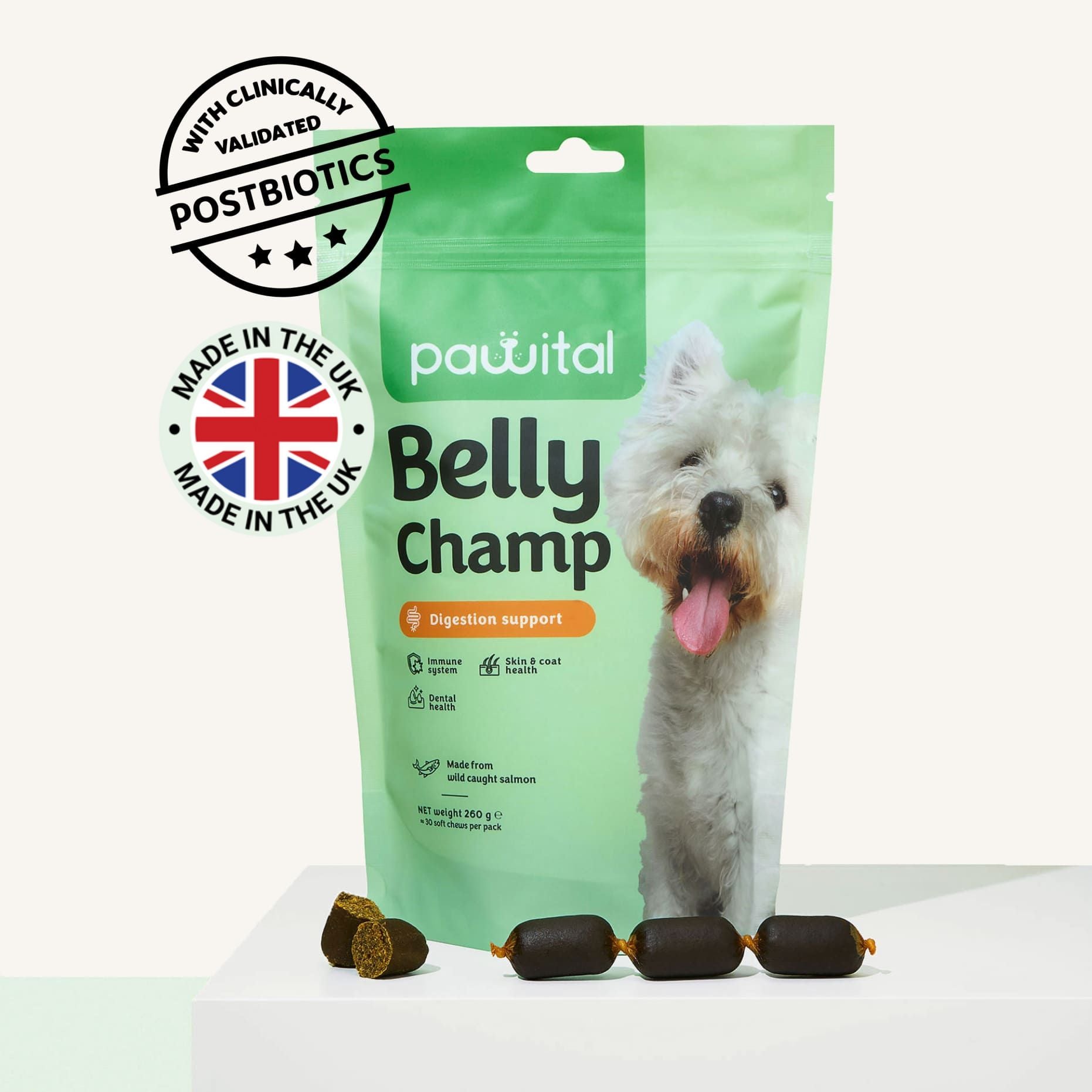Many people mistakenly think that a food allergy in dogs is always in conjunction with digestive problems such as diarrhea, but this is not the case. The clinical manifestation of allergies to food antigens is much more complex, as is making the definitive diagnosis.

Allergies or food intolerance?
The terms "food allergy" or, more precisely, "allergy to food antigens", and "food intolerance" are often used interchangeably, but there is an obvious difference between them.
A "food allergy" is an immunological reaction or a hypersensitivity reaction to food - an excessive reaction of the organism in the form of the formation of antibodies against food antigens, whereas a food intolerance is a lack of certain enzymes for the breakdown of individual food components.
It should not be forgotten that in addition to allergies to food antigens, there is also an allergy to environmental antigens, known as atopic dermatitis.

The age of the dog does not matter when it comes to food allergies...
Food allergies can occur at any age, but are more common in dogs younger than one year or older than six years. It is often difficult to determine the exact time of onset, as the first, milder clinical signs are often difficult to recognise.
Recognising the clinical signs characteristic of a food allergy
An allergic reaction to food usually manifests itself as a non-seasonal itchy skin disease, pruritus, which means that it can occur at any time of the year.
This is in contrast to itchy skin conditions that are due to the presence of certain external parasites and are due to the presence of ectoparasites at a certain time of the year.
Besides pruritus, acute or chronic otitis - inflammation of the ear canal, is also common in dogs with food allergies.

Pruritus can develop into secondary skin infections and cause further complications
In dogs, pruritus is usually manifested by excessive licking, biting and rubbing of the itchy area - especially in the auricle, armpits, inguinal area and distal parts of the limbs.
The damaged skin is therefore more susceptible to secondary skin infections, bacterial infections of the skin or the overgrowth of certain fungi, which can lead to further complications.
Could My Dog Have a Food Allergy Even Without Digestive Problems?
The absence of digestive disorders does not mean that the animal has no food allergy.
It is estimated that gastrointestinal symptoms of food allergies in dogs are present in only about half of all cases. Therefore, it is a misconception that a food allergy can be ruled out if there are no digestive problems. Conversely, if your dog has digestive issues, this alone does not indicate an allergy.
Symptoms such as more frequent bowel movements, softer stool consistency, diarrhea, and vomiting can occur with food allergies and are present in about 50% of cases. Extremely rarely, anaphylactic shock, a life-threatening condition, can also occur.

The most common food ingredients that cause allergic reactions in dogs
Food allergies are most commonly caused by food proteins, but of course any food component can trigger them.
Allergies in dogs are often associated with beef, chicken, dairy products and grains, most likely due to the fact that these ingredients are among the most common ingredients found in commercial dog food and dogs are most likely to come into contact with them.
''But, I haven't changed my dogs' diet recently...''
It is important to be aware that the occurrence of an allergy is not necessarily related to a recent change in the food or its ingredients. Allergies occur only with foods that your dog has been eating for some time and usually not immediately or on first contact.
Dogs can be allergic to more than one food ingredient at the same time
It is also important to mention cross-allergenicity, which means that dogs allergic to chicken can also be allergic to fish because both contain similar antigens that can trigger the same allergic reaction. A similar case of cross-allergenicity is reported between beef and lamb.

When and why is it necessary to see a vet?
When we notice the first clinical signs that cause problems for our furry pets, it is necessary to consult a veterinarian as soon as possible in order to properly address the problems and thus alleviate the discomfort caused by itching and digestive disorders and prevent possible further complications.
In addition, it is crucial a professional identifies the specific ingredients in commercial dog food that are causing problems so they can be avoided in the future. This can be challenging, as some ingredients are present only as flavorings or in very small amounts, yet can still cause issues.
Diagnosis with an elimination diet followed by a provocation diet is the only reliable method of confirming food allergies in dogs.
There are several methods available on the market for testing food allergies in pets, but the only truly reliable method is an elimination diet followed by a provocation diet.

The elimination and provocation diet should always be prepared by the veterinarian based on a thorough discussion with the owner, a detailed medical history and the history of the ingredients the pet has been fed previously.
An elimination diet means that we feed the animal a professionally planned diet that meets the animal's nutritional and energy requirements and provides a single source of proteins and carbohydrates that we know the animal has not been exposed to before.

The dog owner plays a decisive role in the elimination diet
The ideal duration of such a diet is at least 12 weeks - during this period we expect the clinical signs to diminish and disappear. During the implementation of the elimination diet, consistency and strictness on the part of the owner is required, as this means that the dog should not be given any treats or food other than the elimination diet during this time.
An elimination diet does not mean that a diagnosis has been made
Once the elimination diet has been completed, the provocation diet is the key to confirming the diagnosis of a food allergy. This means that we gradually reintroduce the ingredients that the animal was previously fed into the elimination diet meal one after another.
It is crucial to reintroduce one ingredient at a time into a meal and observe the dog's reaction to it over a period of 10-14 days. The first clinical signs, especially gastrointestinal ones, usually appear much earlier, namely after just a few days.
Again, it is very important to reintroduce one ingredient at a time and observe the reaction. If several ingredients are listed at once or another ingredient is introduced too soon after the introduction of the first one, we cannot assign individual clinical symptoms to a specific ingredient with certainty.

Feeding the dog after determined allergy
After determining the ingredients to which the dog is allergic, owners usually choose to prepare meals at home without the ingredients to which the dog is allergic, following the veterinarian's professional instructions.
Second choice is to feed veterinary diets for food allergies that usually contain a single protein source (monoprotein) or veterinary diet where proteins are in hydrolyzed form - that is, the proteins are broken down by special processes into smaller components that the organism does not recognize as antigens and to which it does not react.
Abstract
Food allergies can occur in dogs of any age and are not usually associated with a direct change in diet. Food allergies usually do not develop on first contact with a certain ingredient, but with prolonged exposure.
An allergic reaction to food usually manifests as a non-seasonal itchy skin condition, pruritus. Other clinical sign can also be otitis – inflammation of the ear canal. Gastrointestinal clinical signs may or may not be present.
The only reliable method to confirm a food allergy is the elimination method, followed by the provocation diet, which must be carried out consistently according to the veterinary instructions.
A dog with a food allergy should be fed in such a way that problematic food ingredients are avoided, thus preventing the appearance of even mild clinical signs. Owners can use home-prepared meals without problematic ingredients, according to the vet's instructions, or ready-made veterinary diets for dogs with allergies.
Article written by dr. vet. med. Ana Gotvajn



